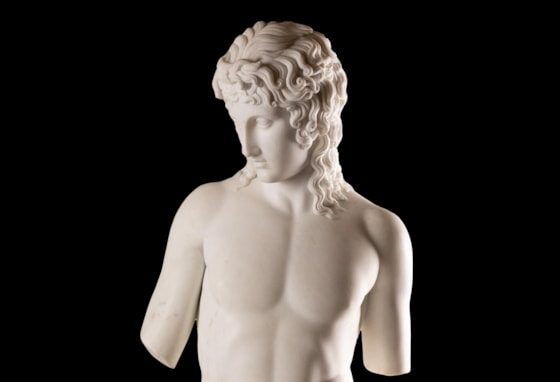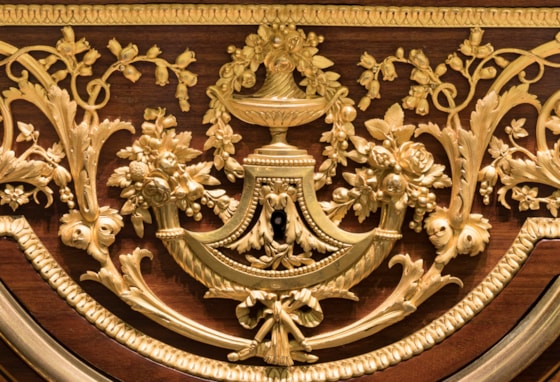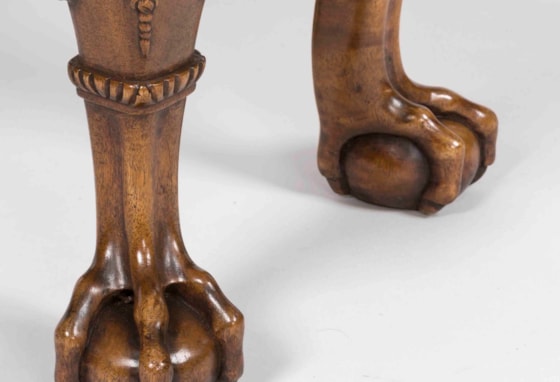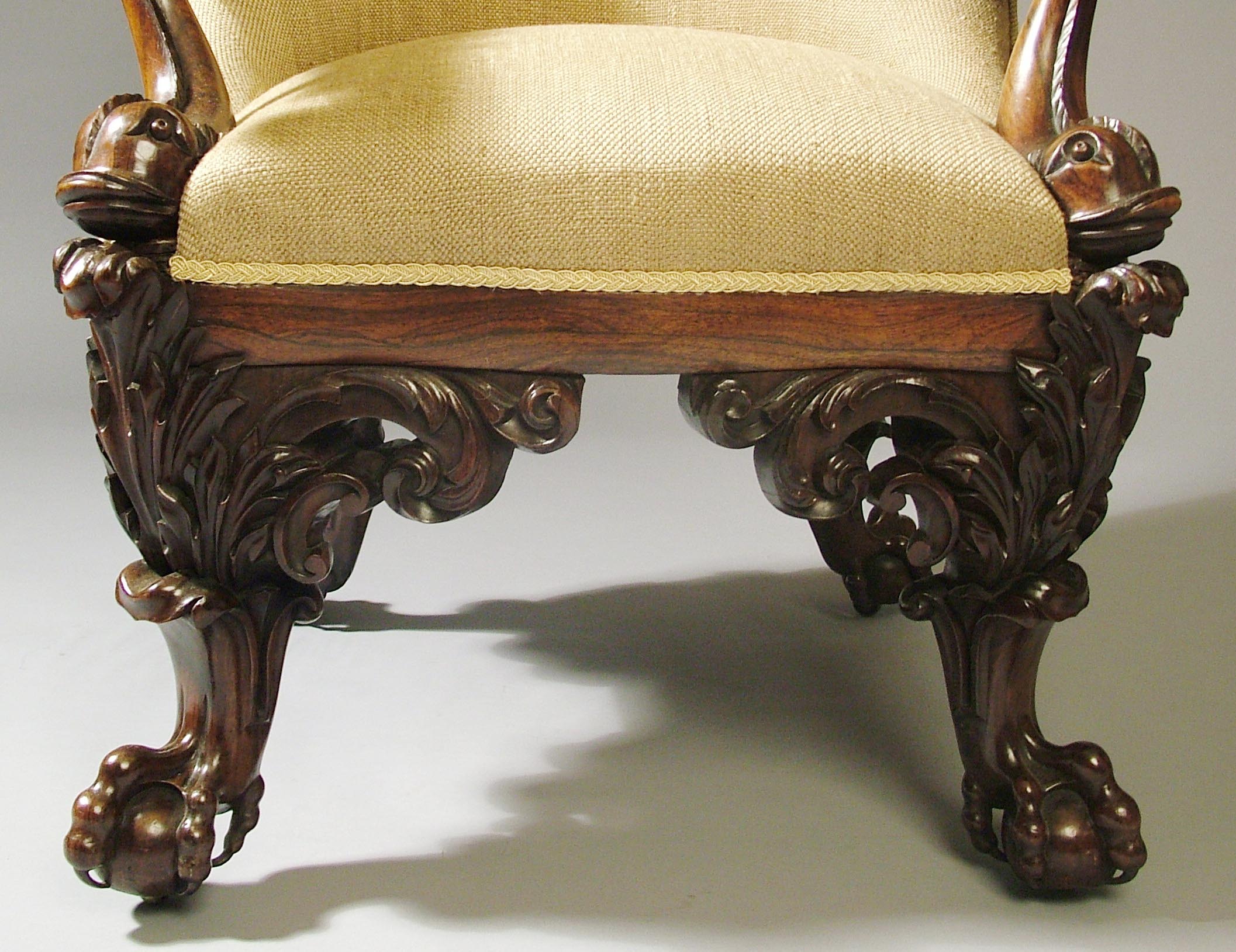Latest Stories
August 2025
Understanding Different Types of Antique Lights
August 2025
Understanding Different Types of Antique LightsA Comprehensive Guide
The pursuit of antique lights & lamp collecting represents one of the most sophisticated and nuanced areas of decorative arts connoisseurship, combining elements of technological innovation, artistic excellence, and historical significance.
Throughout the centuries, the evolution of artificial illumination has paralleled humanity's greatest advances, from the humble oil lamps of antiquity to the revolutionary artistic achievements of the late Victorian period antiques era and beyond. This progression has left us with an extraordinary legacy of craftsmanship and design that continues to captivate serious collectors and scholars alike.
The study of antique lighting encompasses far more than mere functional objects; these pieces serve as profound markers of both technological advancement and decorative artistry. From the exquisite bronze work of French Empire period bouillotte lamps to the revolutionary artistic achievements of American studios like Tiffany and Handel, each era has contributed its unique aesthetic vocabulary to the canon of lighting design.

A pair of antique Asian cloissonné enamel lamps at Butchoff Antiques, with a large English silvered banqueting lamp in the mirror reflection.
The sophisticated collector must develop an intimate understanding of these historical periods, their distinctive characteristics, and the technical innovations that defined them. Authentication represents perhaps the most crucial aspect of antique lamp collecting, requiring a comprehensive knowledge of period-specific manufacturing techniques, materials, and artistic signatures. The ability to distinguish original patination from modern finishing, recognize authentic period electrical components, and identify legitimate maker's marks demands years of dedicated study and hands-on experience.
This expertise becomes particularly vital when evaluating pieces from highly sought-after manufacturers, where the difference between an original work and a later reproduction can represent significant variations in both historical importance and market value.

A Pair of 'Cleopatra' Candle Vases made by Matthew Boulton, c.1770, sold by Butchoff Antiques
As we delve deeper into the fascinating world of antique lighting, we shall explore the distinctive characteristics of major design movements, from the ornate complexity of Victorian Rococo Revival to the geometric precision of Art Deco, examining how each period's philosophical and artistic principles manifested in illumination design. This knowledge forms the essential foundation for any serious collector or enthusiast seeking to navigate the sophisticated market for fine antique lighting. The Georgian and Regency periods represent a golden age in British decorative lighting, marked by exceptional craftsmanship and innovative design that reflected the refined sensibilities of 18th and early 19th century aristocratic life.

Masterpieces of Georgian lighting, these floor-standing candelabra with glass attributed to Hancock & Rixon were made circa 1825. Butchoff Antiques
During this era, master silversmiths and bronziers created extraordinary pieces that merged functionality with artistic excellence, establishing standards of quality that continue to command attention from discerning collectors today. The earliest Georgian lighting solutions predominantly featured silver and brass candelabra, with notable London workshops such as Paul de Lamerie and Matthew Boulton producing exemplary pieces characterized by their classical proportions and sophisticated embellishments. These masterworks often incorporated neoclassical elements, including acanthus leaves, Greek key patterns, and elegant fluting, while maintaining the structural integrity necessary for practical illumination. The introduction of Argand-style oil lamps in the 1780s marked a significant technological advancement, allowing for brighter, more controlled illumination while presenting new opportunities for artistic expression in brass and bronze.
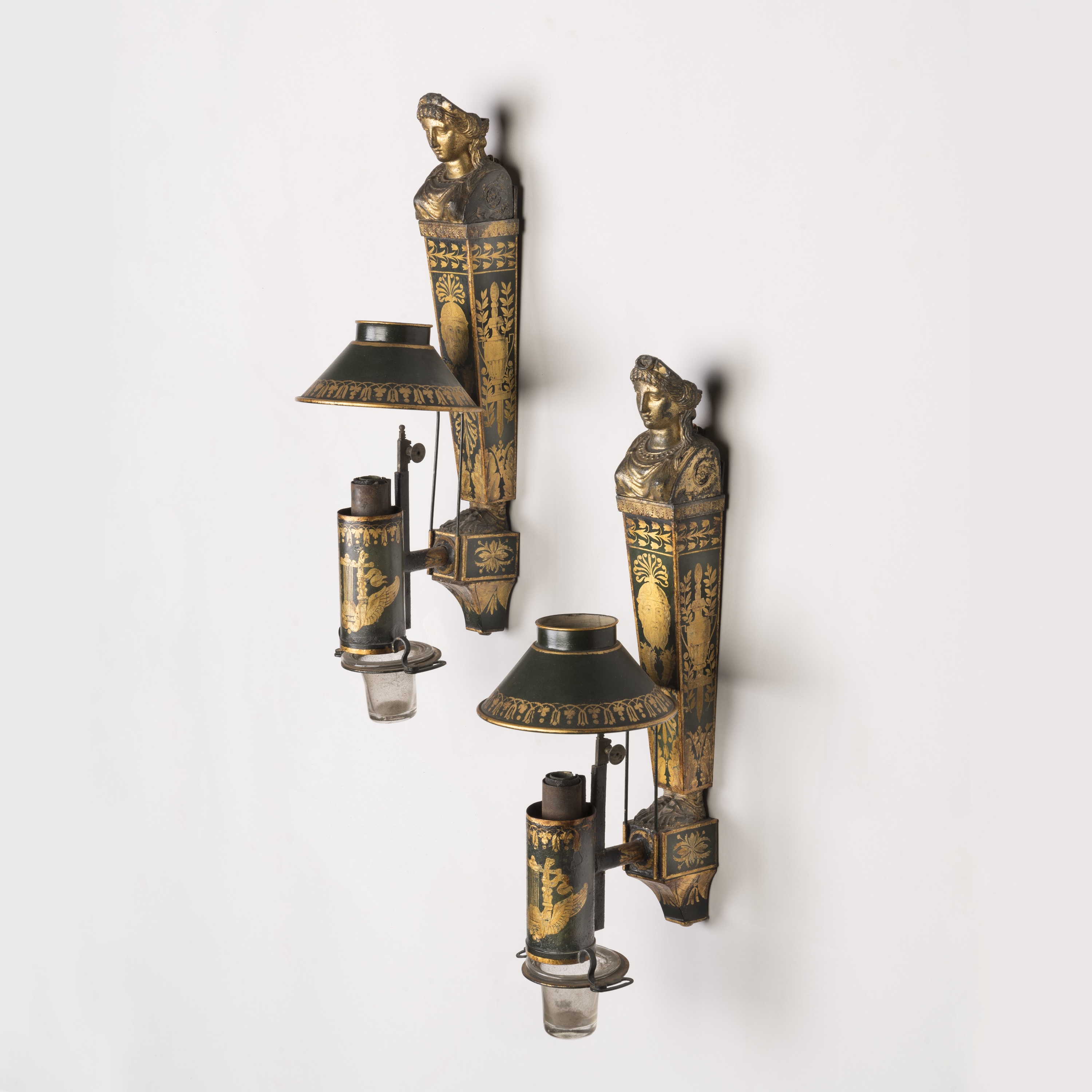
Related to the Argand Lamp, the "Quinquet" lamp, after Antoine-Arnoult Quinquet, a pharmacist in Paris, introduced a much-improved version with more brightness. Its success made it the most popular lamp of the early 19th century, until it was replaced by Kerosene lamps around 1850. Sold by Butchoff Antiques
The transition into the Regency period saw an evolution in both form and function, with craftsmen such as Benjamin Vulliamy introducing more elaborate decorative elements inspired by Egyptian and Oriental motifs. These pieces frequently featured ormolu mounts, engine-turned columns, and cut-glass hurricanes that created spectacular light effects. Authentication of pieces from this period relies heavily on proper hallmarking, particularly in silver examples, while brass and bronze pieces often bear distinctive maker's marks or workshop stamps. The most sought-after examples typically showcase exceptional chasing and casting quality, with original gilding or patination intact.
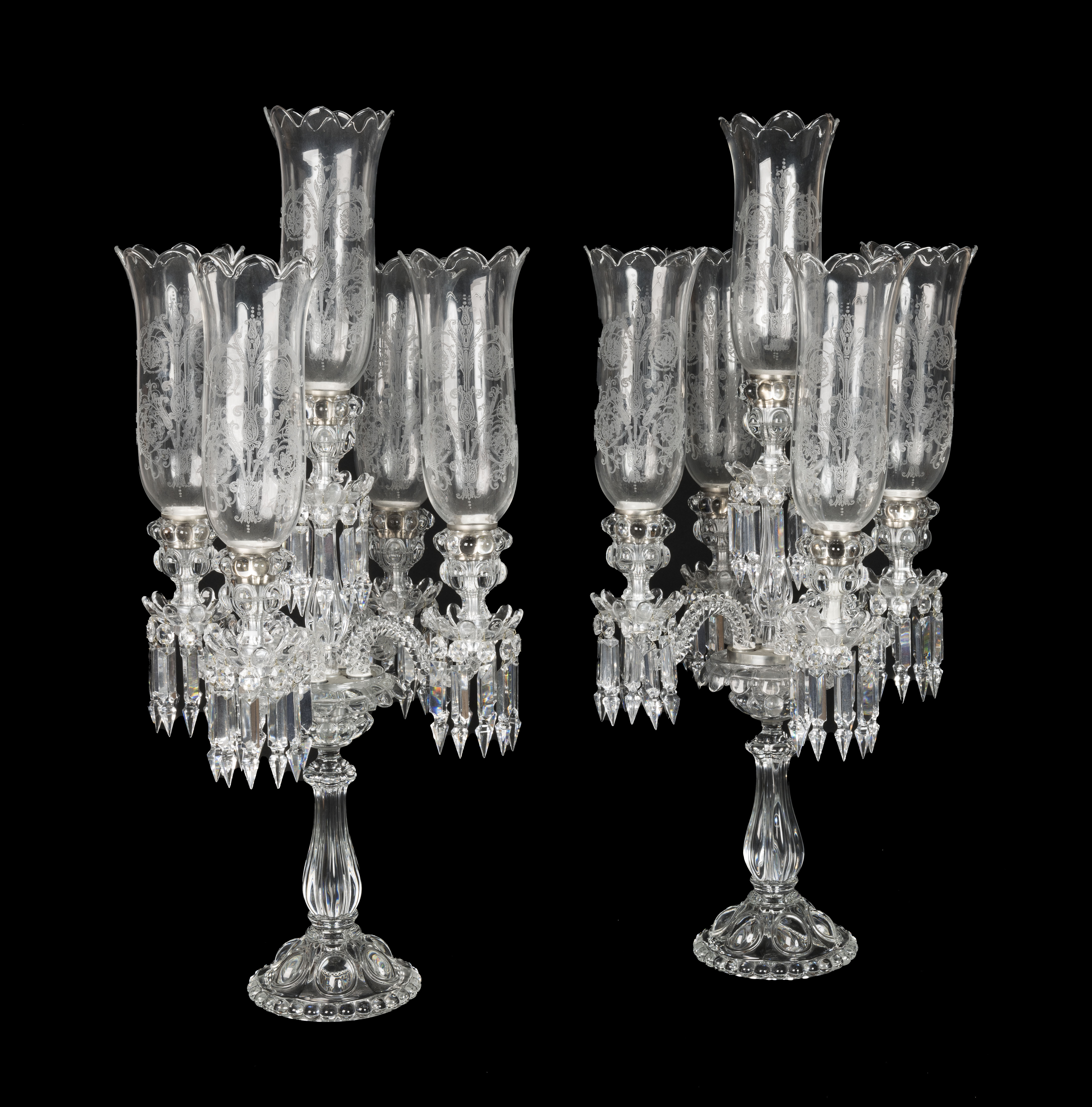
A complete pair of candelabra with hurricane shades, the bases stamped Baccarat & each shade with etched signature of Baccarat. Butchoff Antiques.
Today's market particularly values complete sets of Georgian candelabra and early Regency oil lamps that retain their original finish and demonstrate documented provenance. Pieces bearing the marks of renowned workshops, especially those with aristocratic commissioned histories, command premium prices at auction and through specialized dealers. The Victorian era heralded unprecedented innovation in domestic lighting, fundamentally transforming both the technical capabilities and aesthetic sensibilities of British illumination. The introduction of gas lighting in the 1820s sparked a revolution in lamp design, with manufacturers such as Messenger & Sons of Birmingham and Faraday & Son of London creating sophisticated brass and bronze gas fixtures that merged classical motifs with modern engineering.
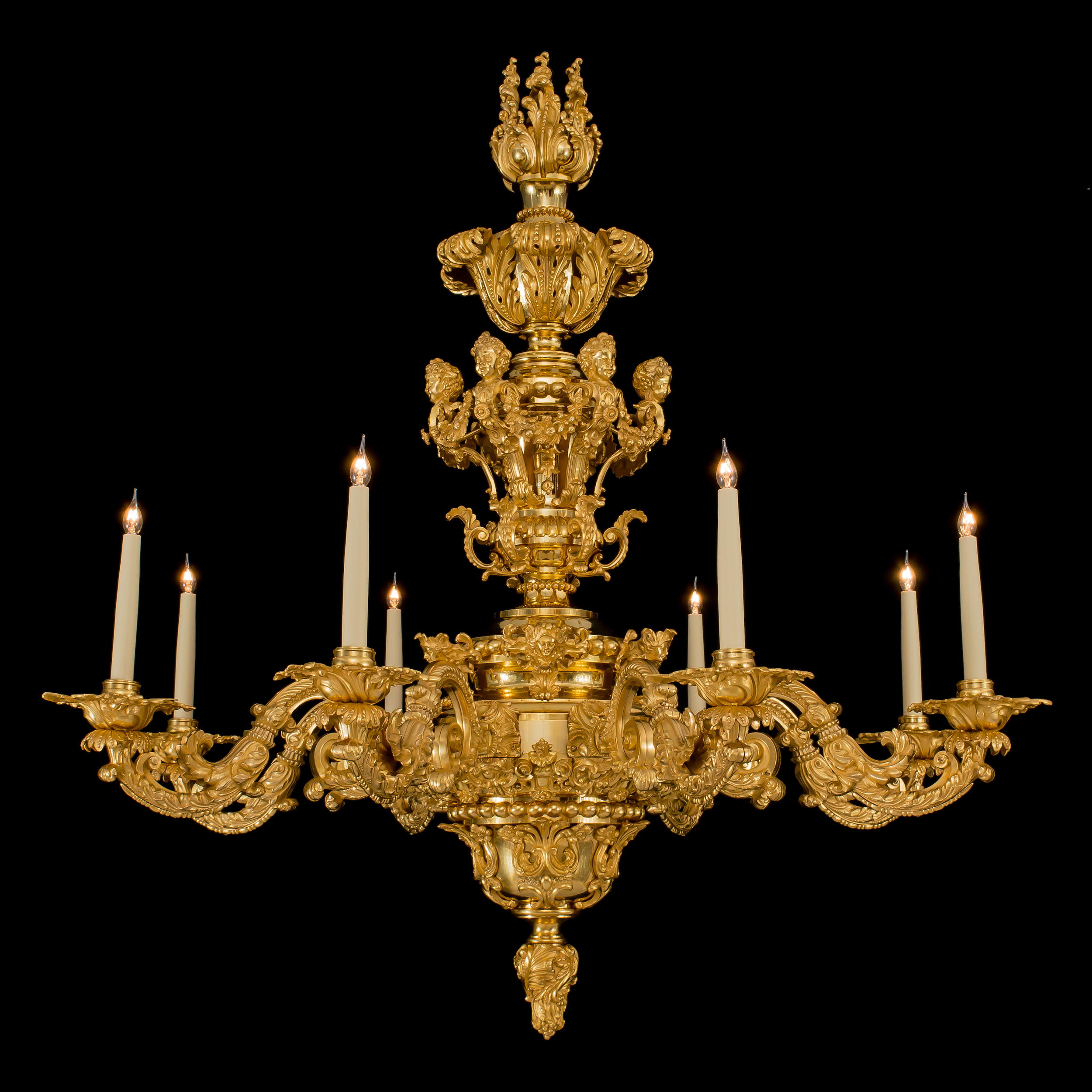
Initially designed for real candles and lowered with the help of a pulley, this gilt bronze chandelier by Messenger & Phipson, c.1825, is now fully electrified. Butchoff Antiques
The parallel evolution of oil lamp mechanisms during this period produced remarkable advances in functionality and safety. The development of the duplex burner by George Hinks in 1865 represented a significant breakthrough, allowing for brighter, more controlled illumination while maintaining the decorative elegance demanded by Victorian sensibilities. This innovation was quickly adopted by prestigious manufacturers including Hinks & Sons of Birmingham and Young & Sons of Edinburgh, who incorporated the technology into increasingly ornate designs featuring cut glass fonts and elaborate metalwork. Victorian lamp design drew inspiration from an eclectic array of historical styles, reflecting the era's fascination with revivalist aesthetics. Gothic Revival elements appeared in ecclesiastical-inspired brass work, while Rococo flourishes adorned drawing room pieces, particularly in the scrolling foliate patterns favored by firms such as F&C Osler.
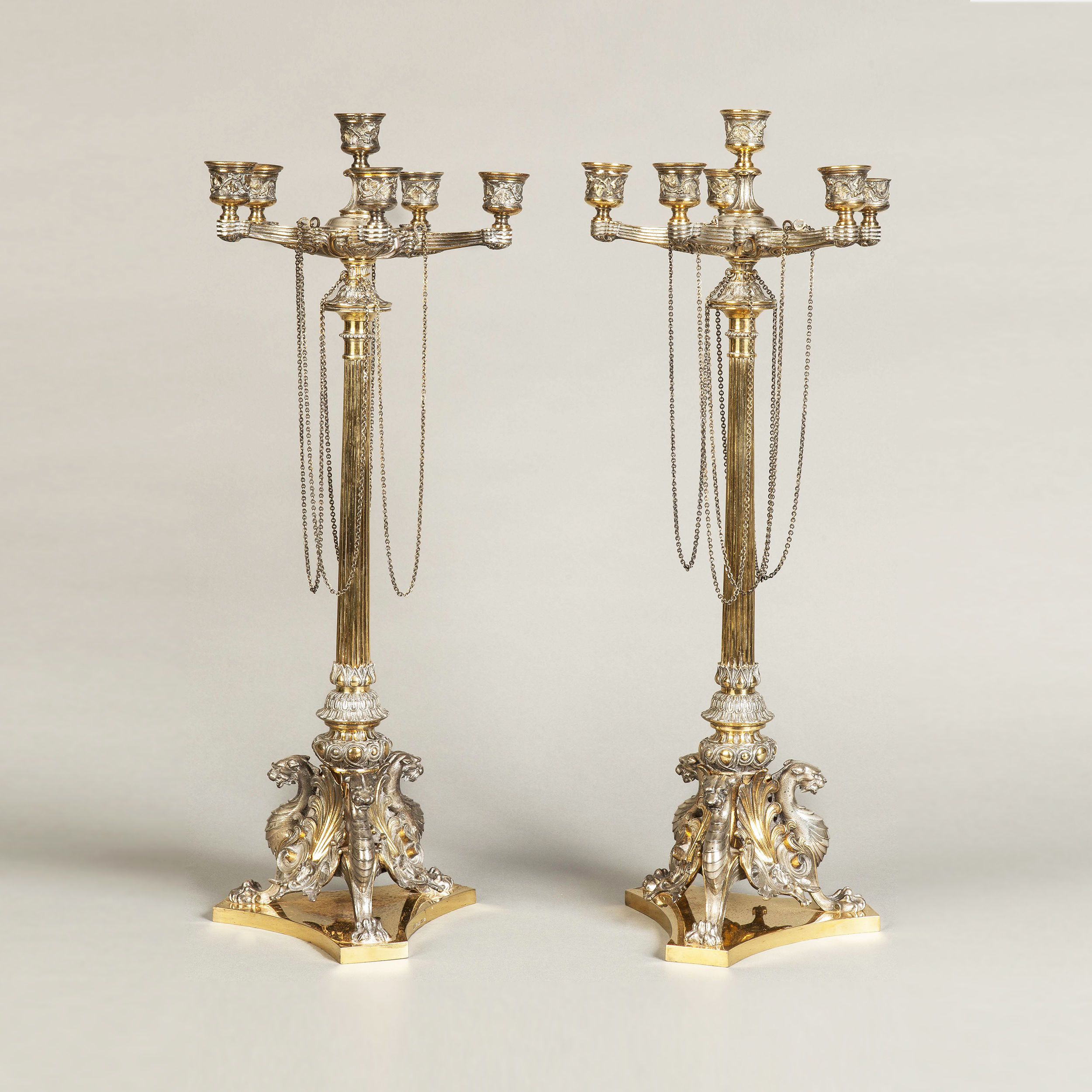
A pair of gothic-inspired silver plated and parcel gilt candelabra by Elkington & Co, c.1865. Butchoff Antiques.
The introduction of new manufacturing techniques, including improved lost-wax casting and mechanical pressing of glass components, allowed for more intricate detailing while maintaining the robust construction that characterizes genuine period pieces. The most distinguished Victorian manufacturers left distinctive markers of authenticity, from Messenger's characteristic wing nut designs to Osler's distinctive acid-etched signatures. These identifying features, combined with period-specific construction methods such as hand-cut threads and individually crafted burner mechanisms, provide crucial authentication points for modern collectors seeking genuine Victorian lighting specimens.
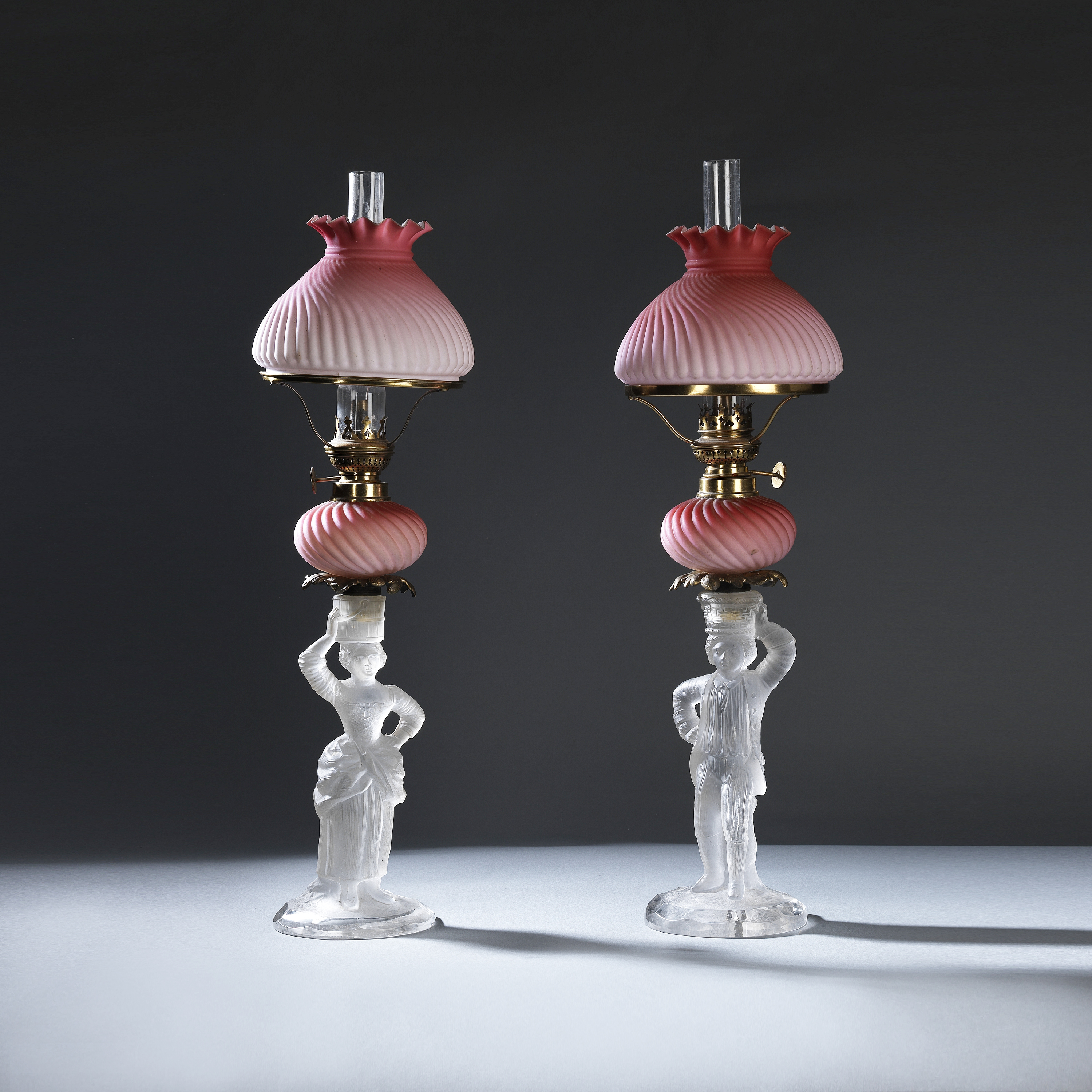
The 'Kosmos' burner was patented in the UK in 1865, by Wilde & Wessel of Berlin. The company was taken over in 1899 by Messrs Brokleman, Jager et Cie, at which point the winder mechanisms were marked 'Kosmos Brenner'. These burners were sold wholesale on a worldwide basis, and were still being manufactured up until 1974. Butchoff Antiques.
The dawn of the twentieth century ushered in revolutionary artistic movements that profoundly transformed decorative lighting design, with Art Nouveau and Art Deco establishing distinctly different approaches to lamp craftsmanship. The sinuous, nature-inspired forms of Art Nouveau found their ultimate expression in the works of Louis Comfort Tiffany, whose innovative use of opalescent glass and naturalistic themes created an entirely new vocabulary in lighting design. These celebrated pieces, particularly those featuring dragonfly motifs and flowering tree patterns, commanded extraordinary prices even in their own time, with documented sales to British nobility and industrial magnates through luxury retailers such as Liberty of London. The European interpretation of these movements, particularly in Britain, took a markedly different direction from their American counterparts. Notable British craftsmen such as W.A.S. Benson pioneered their own distinctive style, combining the flowing lines of Art Nouveau with a characteristically British restraint in ornamentation. Their works frequently featured sophisticated combinations of materials, including hand-hammered copper, brass with patinated finishes, and innovative glass treatments developed in conjunction with James Powell & Sons of Whitefriars.
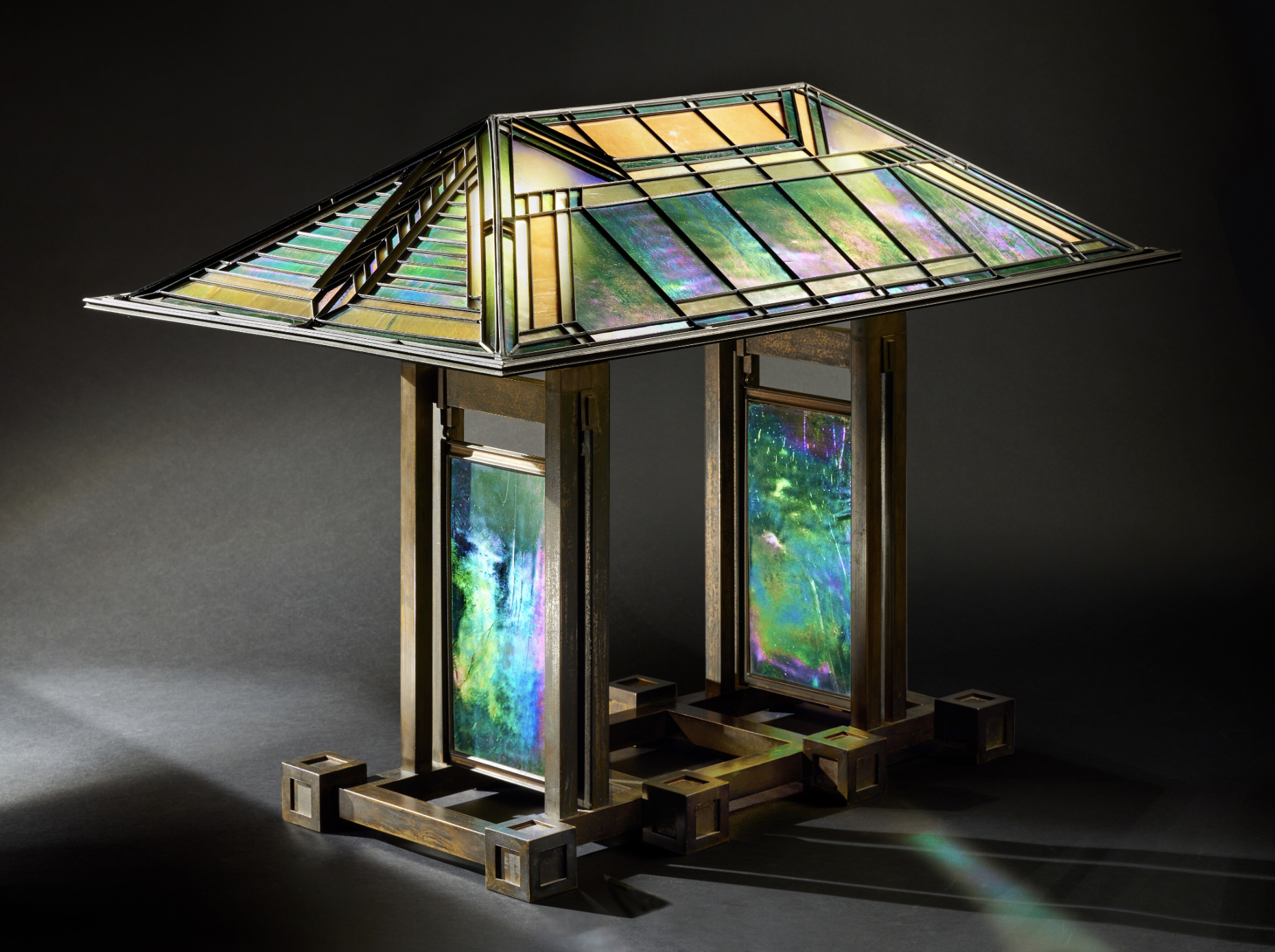
Designed by Frank Lloyd Wright, and made circa 1904 for the Thomas-Dana house in Illinois, this antique lamp broke the record for the designer & architect, achieving $7.5 million in 2025.
The transition to Art Deco in the 1920s brought a dramatic shift toward geometric precision and modern materials. British manufacturers such as Osler & Co of Birmingham embraced this new aesthetic while maintaining traditional craftsmanship standards, creating pieces that incorporated chrome-plated elements, stepped architectural forms, and innovative uses of cut and frosted glass. For contemporary collectors, authentication of pieces from this transformative period requires particular attention to period-appropriate materials and manufacturing techniques, with original electrical components and period-specific glass treatments serving as crucial indicators of authenticity. The market for these sophisticated examples of British craftsmanship continues to strengthen, with documented provenance and original condition commanding premium valuations at prestigious London auction houses. The enduring allure of antique lamps extends far beyond their decorative appeal, representing a fascinating confluence of artistic innovation, technological advancement, and cultural evolution. For the discerning collector, these illuminating artifacts offer both aesthetic pleasure and compelling investment potential, particularly as authenticated pieces from renowned manufacturers continue to appreciate in value. The preservation of these historical treasures demands a thorough understanding of proper care techniques, including specialized cleaning methods for delicate materials such as leaded glass and period-appropriate metalwork restoration approaches that maintain authenticity while ensuring structural integrity. The pursuit of antique lighting requires a methodical approach to authentication, ideally guided by established experts in the field. Professional verification services, such as those offered by respected institutions and certified appraisers, provide crucial documentation that enhances both the historical record and market value of significant pieces. The British antiques trade, with its centuries of expertise and rigorous standards, has consistently led the way in establishing authentication protocols that have become industry benchmarks. For collectors seeking to expand their knowledge, numerous scholarly resources offer invaluable insights into specific periods and makers. The archives of venerable British institutions, including the Victoria and Albert Museum and the Royal Collection, provide extensive documentation of historical lighting designs and manufacturing techniques. Contemporary collectors would do well to cultivate relationships with reputable dealers who maintain strong connections to these institutional resources while offering guidance on market trends and acquisition opportunities. The most successful collections invariably result from a combination of passionate interest, careful research, and expert consultation, ensuring that each acquisition contributes meaningfully to the preservation of our decorative arts heritage while providing sound investment value for future generations.
Written by Rainier Schraepen
Eros of Centocelle:
“Genius of the Vatican”
Appreciating, buying, and collecting antiques is oftentimes driven by interesting stories as well as aesthetic significance & beauty. Of course, the true bullseye is when aesthetic perfection is married to historical importance. On that note, let’s delve further into our recent acquisition of the marble bust of the Eros of Centocelle (fig. 1).
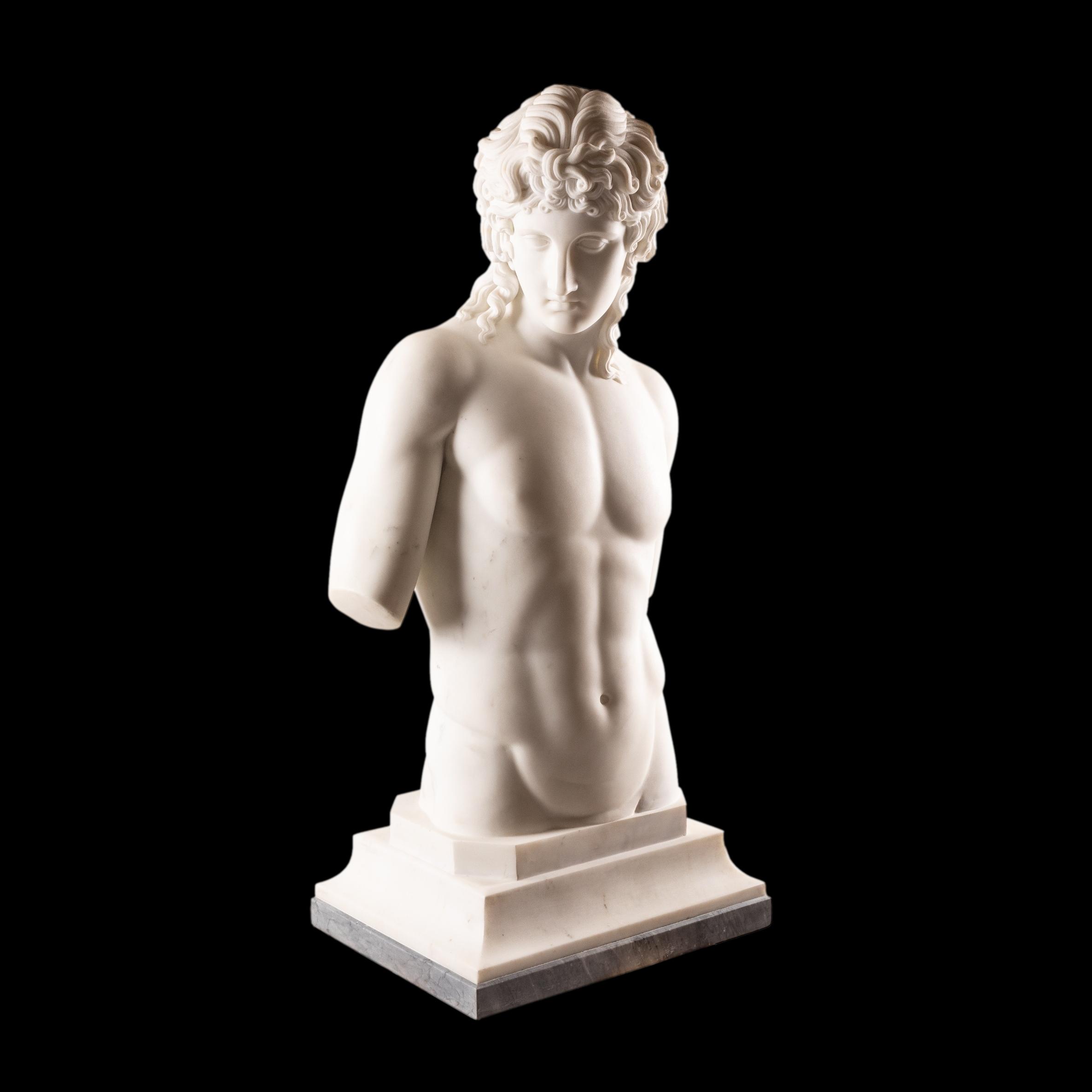
Figure 1. Grand Tour Marble Sculpture of the Eros di Centocelle, circa 1800, italian. For Sale with Butchoff Antiques.
Sculpted in Italy around the turn of the 18th century, heading into the Napoleonic era, this life-size marble torso, striking in its beauty, also tells the story of contemporary archaeological excavations, the art trade between Italy and the UK, and Papal grace.

Figure 2. The Eros of Centocelle by Praxiteles, 1st century Roman marble after 4th century BC greek original.
Our magnificent torso, the “Eros di Centocelle”- is an accurate model of the marble excavated in Centocelle (fig. 2), on the Via Labicana, not far from Rome, by the Scottish neoclassical painter and archaeologist Gavin Hamilton in 1772. Born in 1723, Hamilton (fig. 3) travelled to Italy on his Grand Tour in 1744 and then back to Britain, finally returning to Rome in 1756, where he remained until his death in 1798.
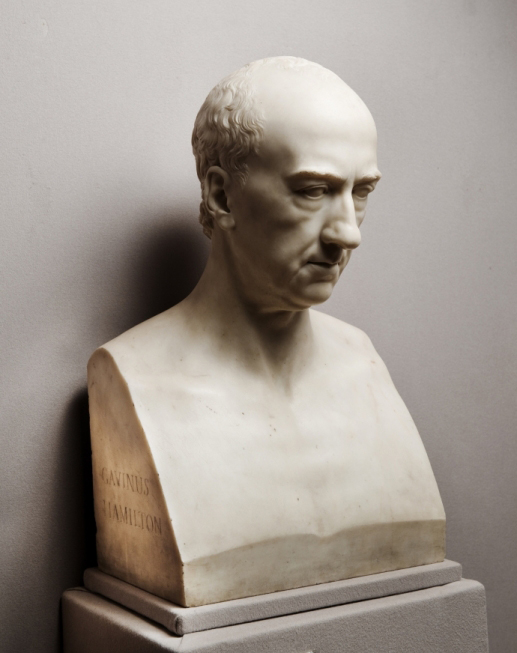
Figure 3. Bust of Gavin Hamilton, by Christopher Heweston, from 1784. Hunterian Art Gallery, Glasgow.
As a painter of neoclassical subjects in Rome, he was highly regarded by Winckelmann, Goethe and by the young Antonio Canova. He worked closely with Piranesi. Also active in the field of archeaology, he excavated at Hadrian’s Villa in Tivoli in 1771 and in the following years the outskirts of Rome at Tor Colombaro, Albano, Centocelle (fig. 4), Ostia and so on.
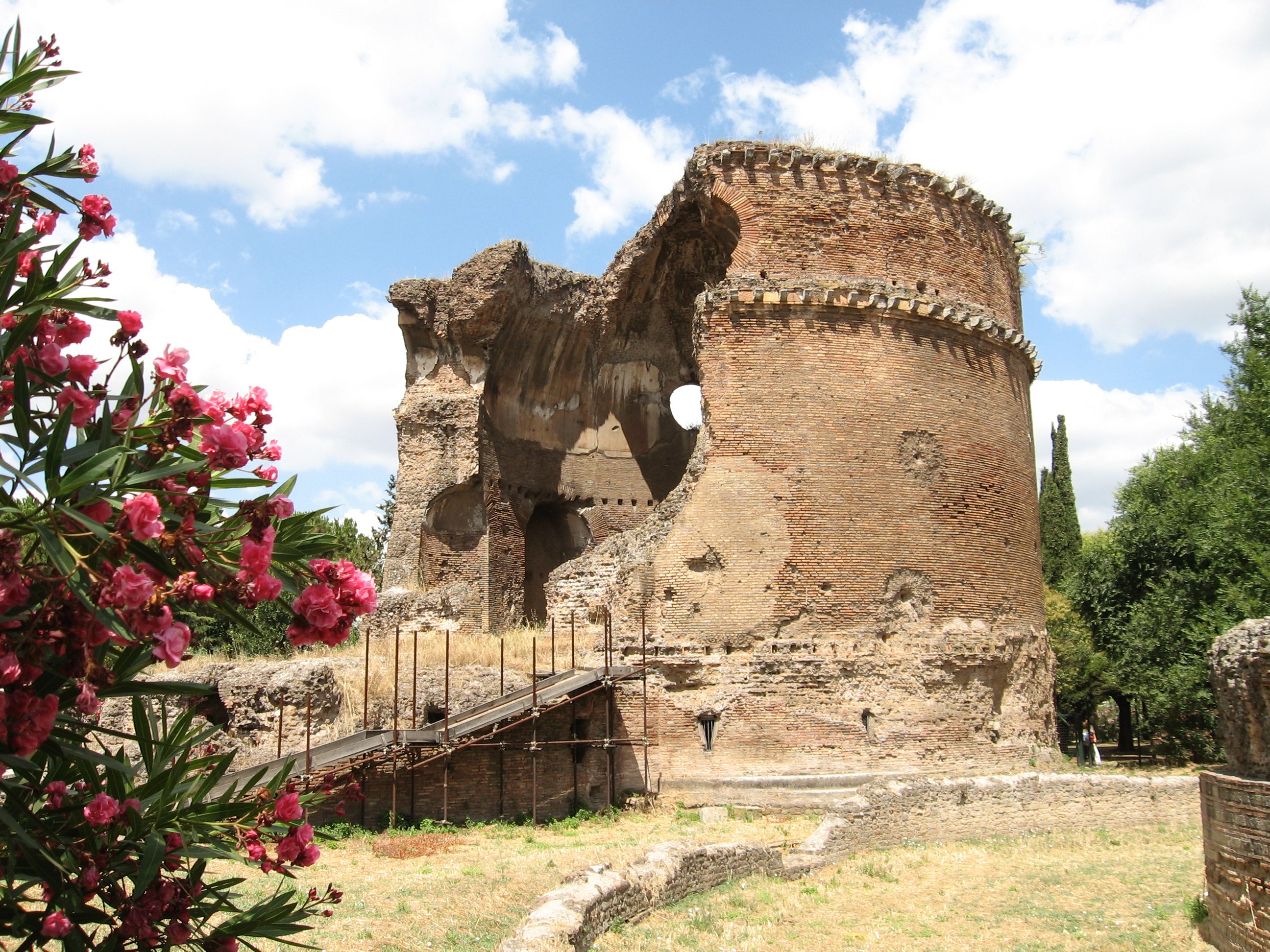
Figure 4. Centocelle Archaeological Site near Rome.
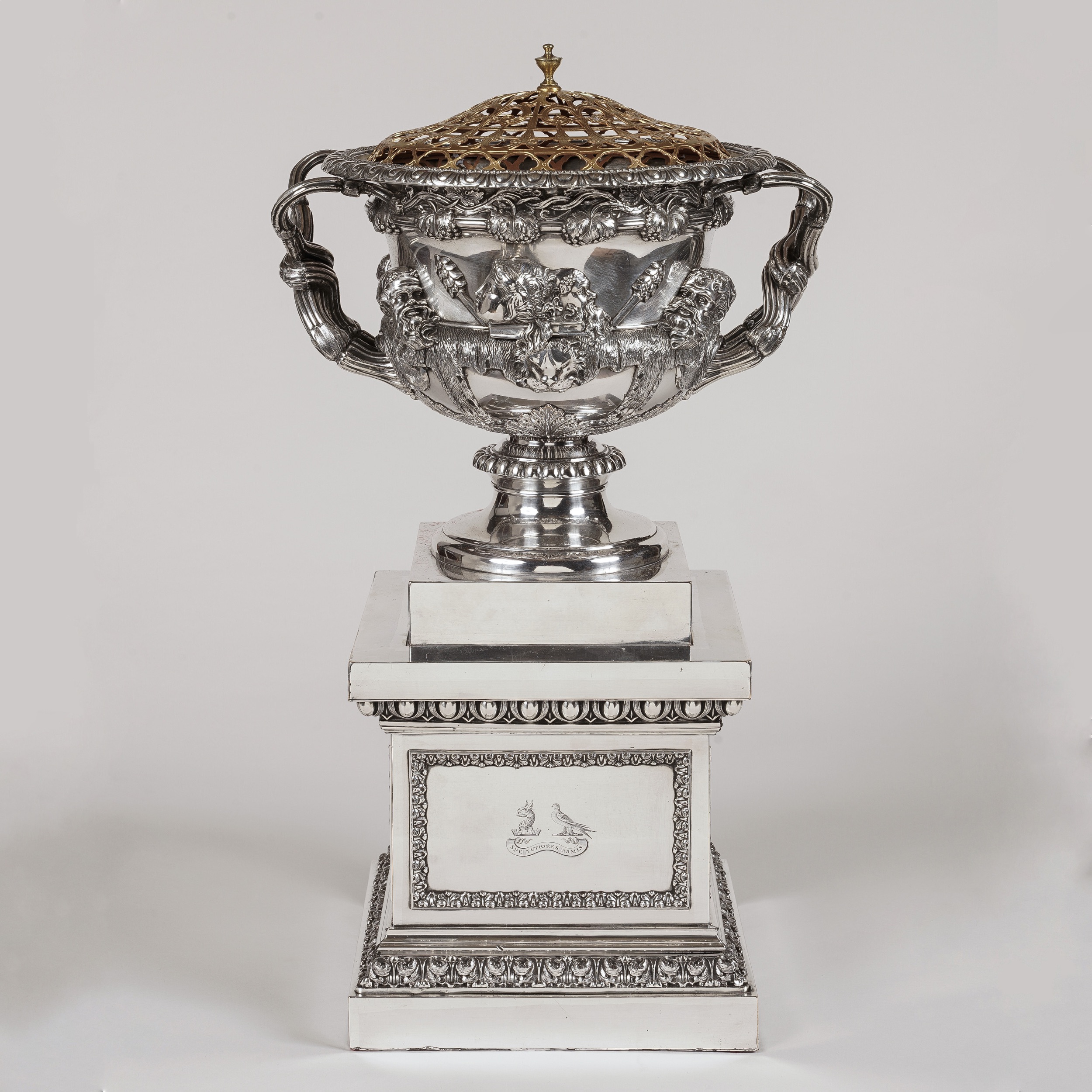
Figure 5. Old Sheffield Plate Warwick Vase by Waterhouse, Hatfield & Co, circa 1830. Previously with Butchoff.
As an art dealer, Gavin Hamilton sold antiquities as well as marble models of ancient subjects to British clients such as Charles Townley, William Petty and most notably sold the Warwick Vase (fig. 5), excavated at Tivoli, to Sir William Hamilton. In 1785 Gavin Hamilton bought and sent to London to be sold - Leonardo’s “Virgin of the Rocks”, now at the National Gallery.

Figure 6. A print of the Eros of Centocelle, by Paolo Toschi (1788-1854), purchased from Colnaghi by the British Musuem.
The Eros di Centocelle (fig. 6) was found as represented in our model, without forearms, legs and genitals (later reattached together with the nose). There were probably wings, lost in the excavation - as holes in the back of the original suggest. Briefly at the Louvre between 1797 and 1800, as part of a group of works of art given by Pope Pious VI to Napoleon, the marble was finally returned to Rome to the Musei Vaticani where it is today, in the Pius-Clementin Museum, Galleria delle Statue, 250 (Fig. 7)
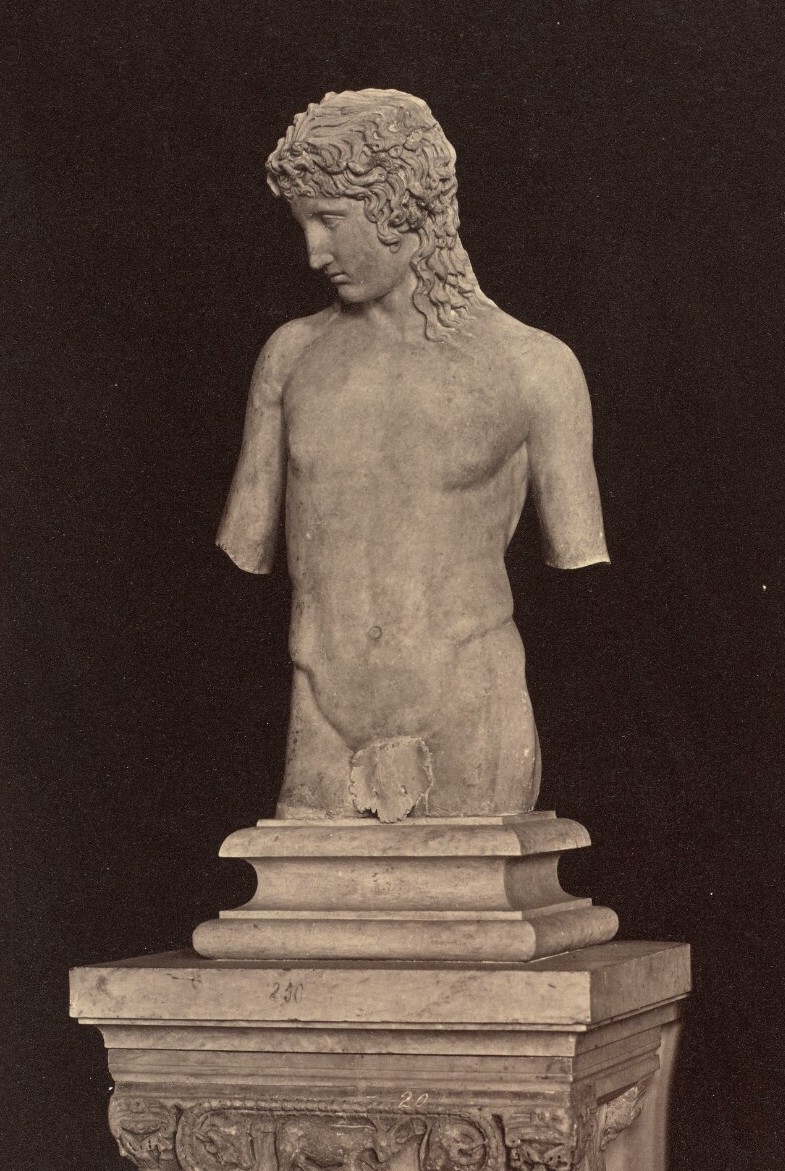
Figure 7. "Genius of the Vatican," a photograph from 1859 by James Anderson of the Eros di Centocelle at home in the Vatican, where it remains today.
It is by repute one of several Roman versions of a bronze sculpture of the Eros of Thespiae, complete with wings, legs and arms, bow and arrow, by the foremost Greek sculptor Praxiteles of Athens, 4th century BC, that was present in Rome as described by Pliny in the first century CE -and since lost; other Roman and Hellenistic examples are known, including one at the Museo Archeologico Nazionale di Napoli known as the “Eros Farnese” and one at the Hermitage, formerly at Pavlovsk, both retaining more of the complete human figure (figs. 8-9).
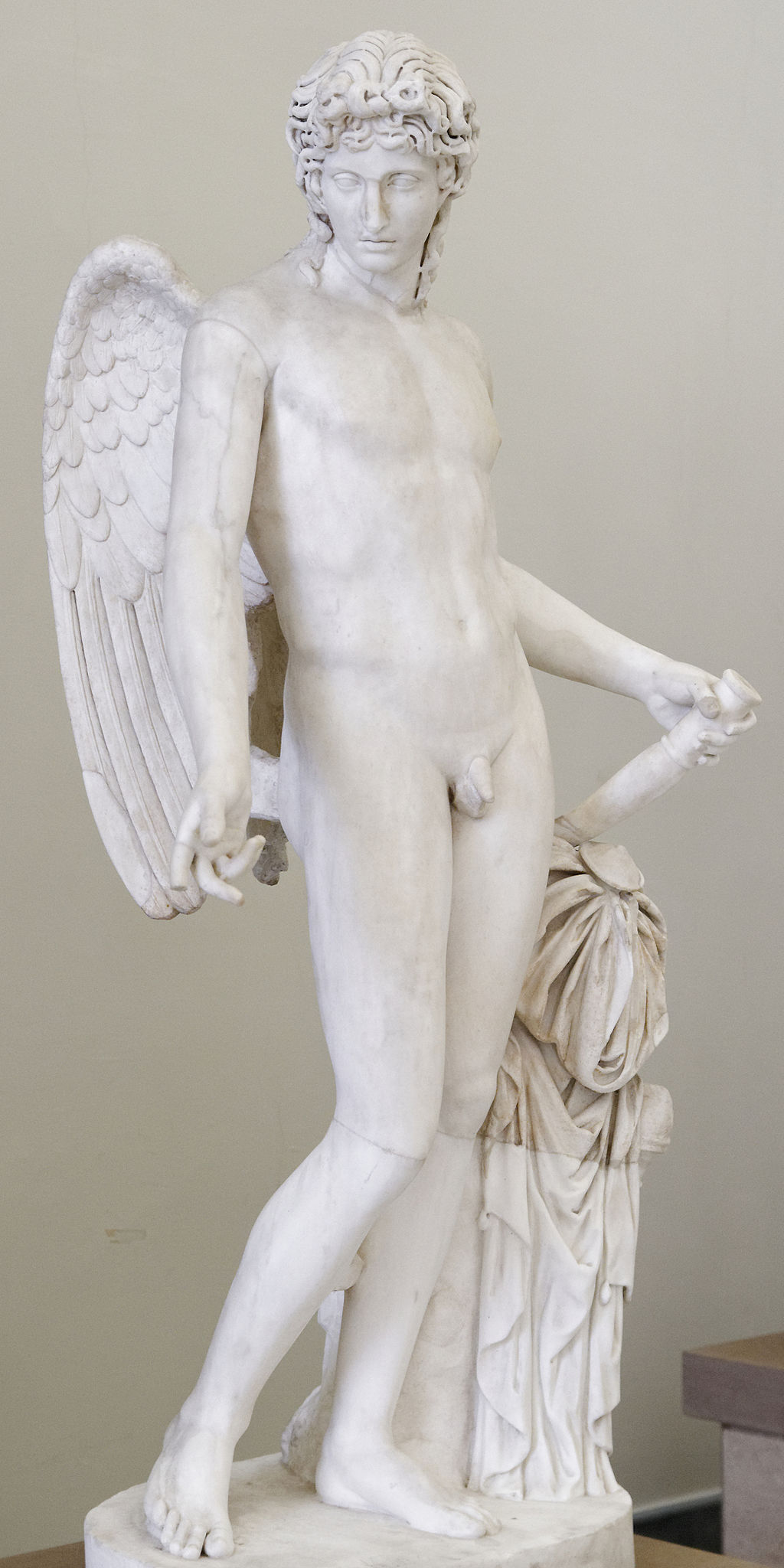
Figure 8. The "Eros Farnese," today in the National Archaeological Museum of Naples, in Naples, Italy.
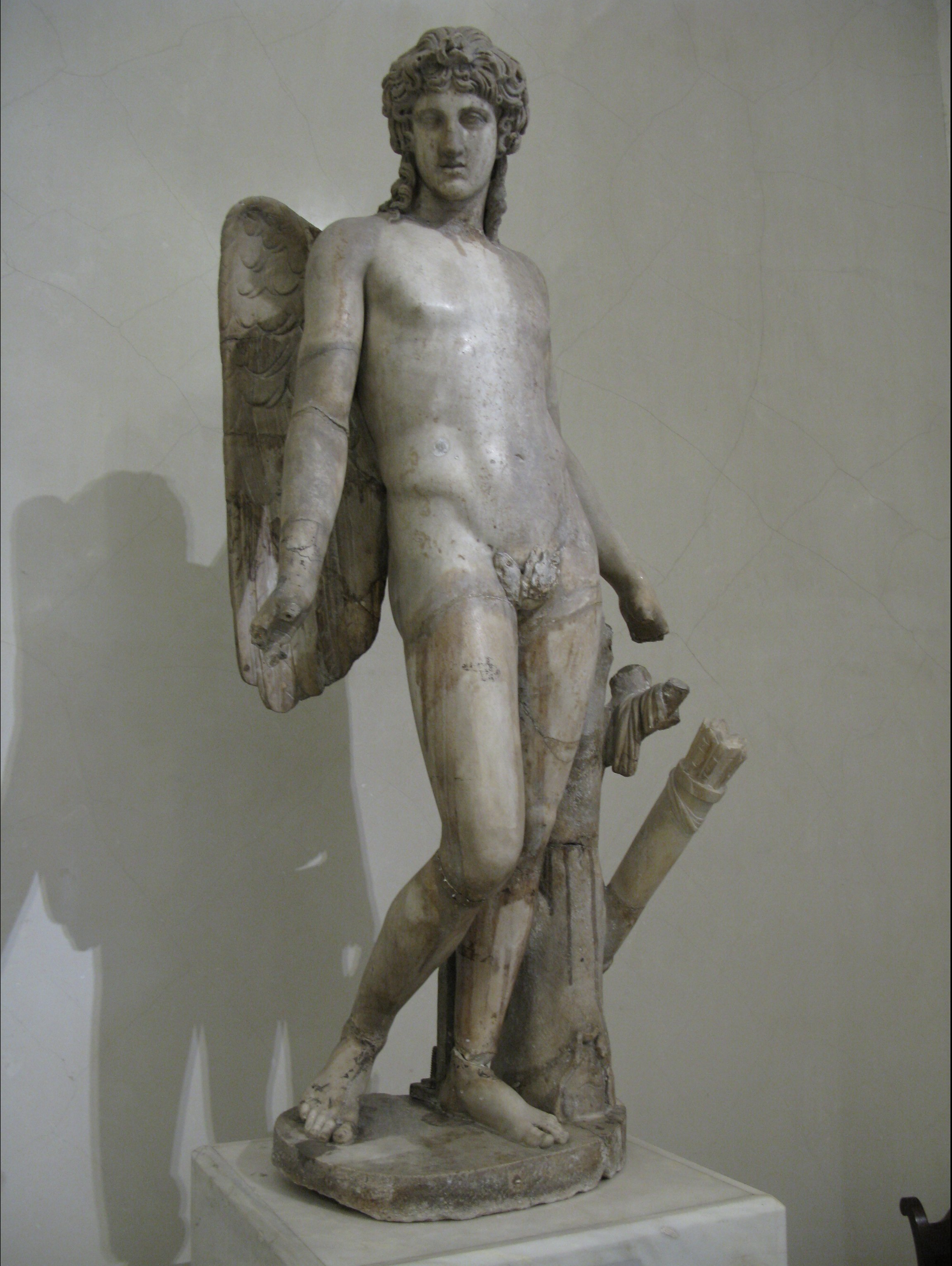
Figure 9. "Eros" in the Hermitage Museum in St Petersburg, Russia.
Our “Eros” (fig. 10) was most probably expertly carved shortly after the return of the original “Centocelle” to Rome from Paris in 1800: of the same approximate size and posture - it is accurate and intriguing, in it’s intense expression and calm elegance.
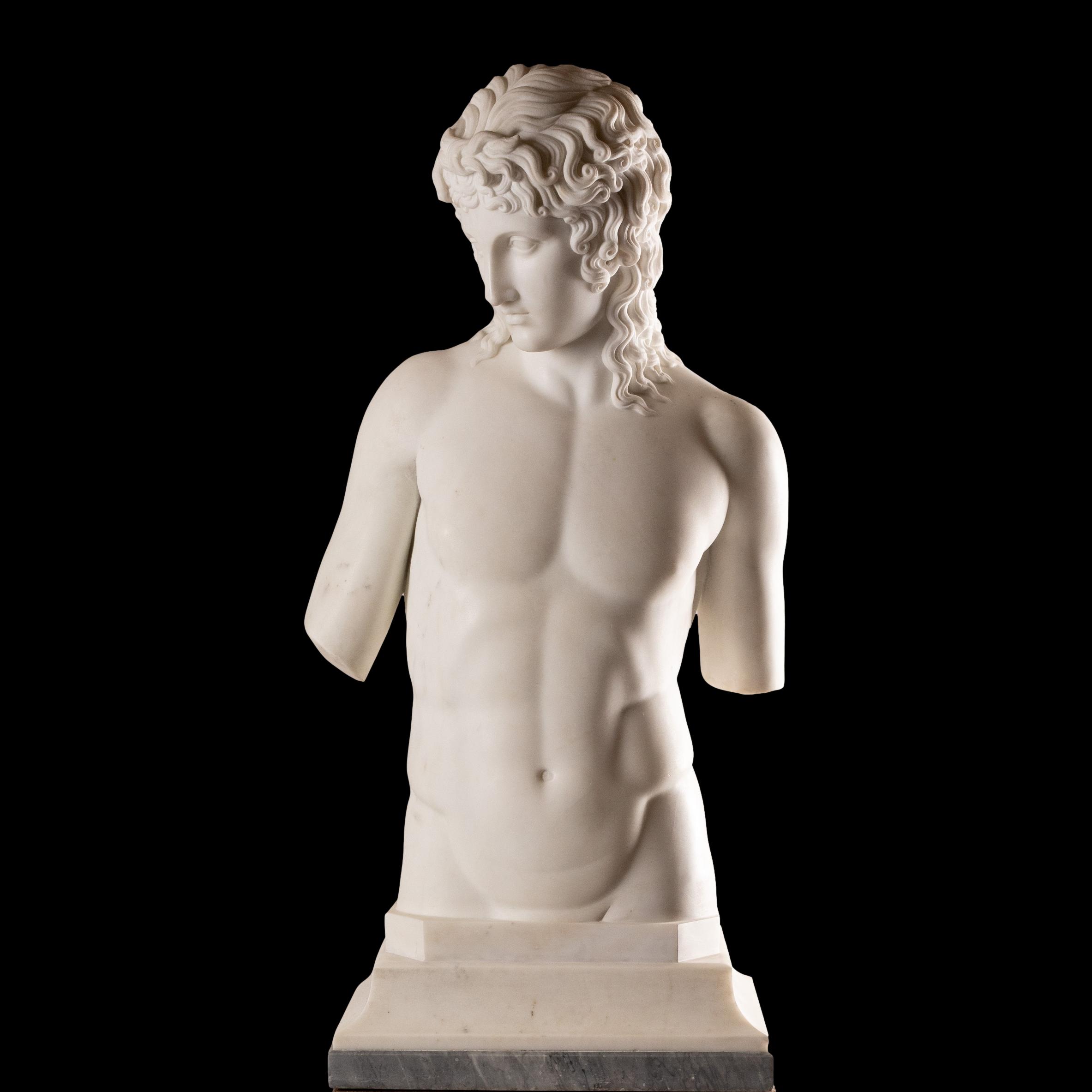
Figure 10. Grand Tour Marble Sculpture of the Eros di Centocelle, circa 1800, italian. For Sale with Butchoff Antiques.
Brought back to Britain in the 19th century most probably as a prize of the Grand Tour, it has since been in private collections.
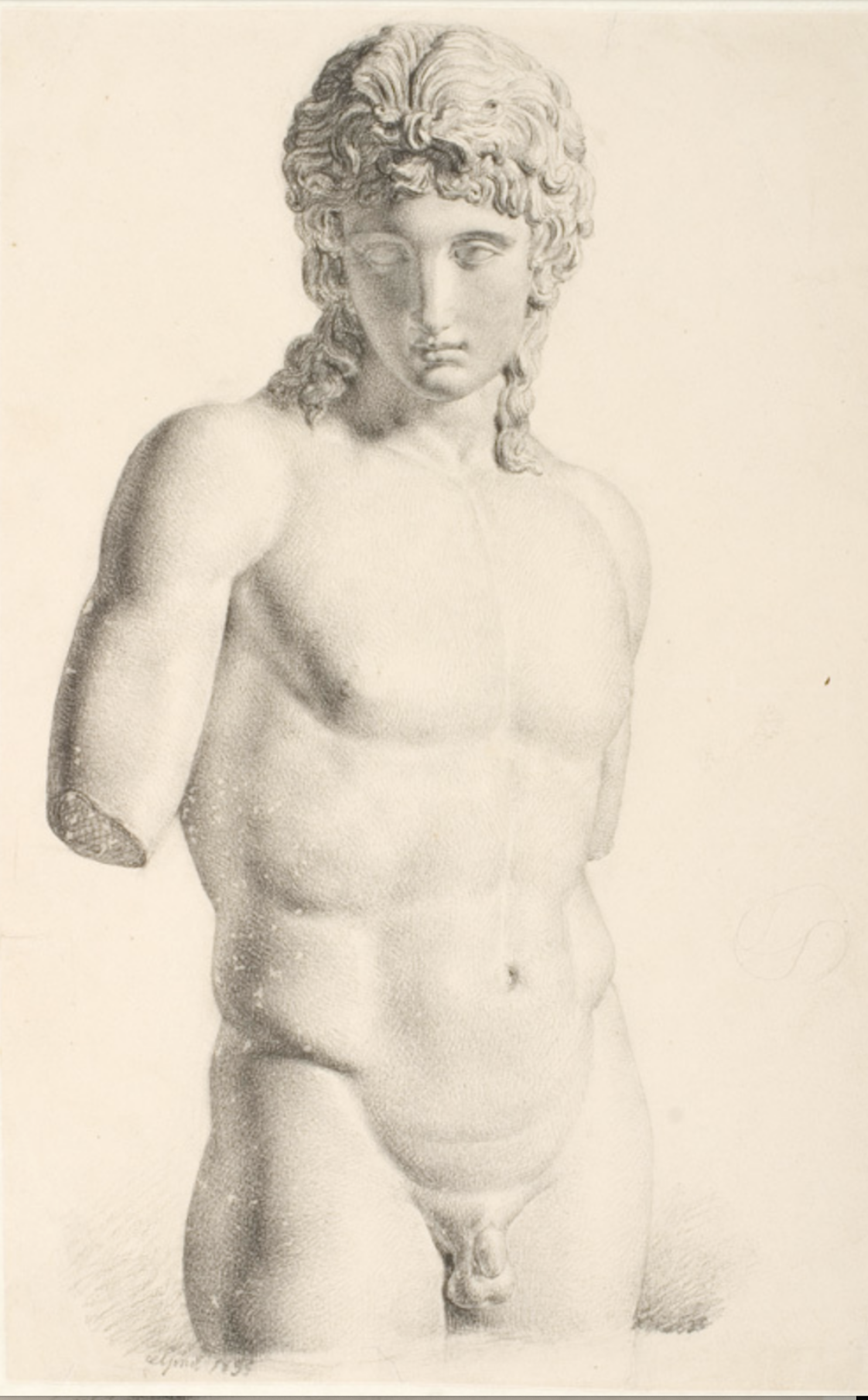
Drawing by Dankvart Dreyer of the "Eros", circa 1833, National Gallery of Denmark.
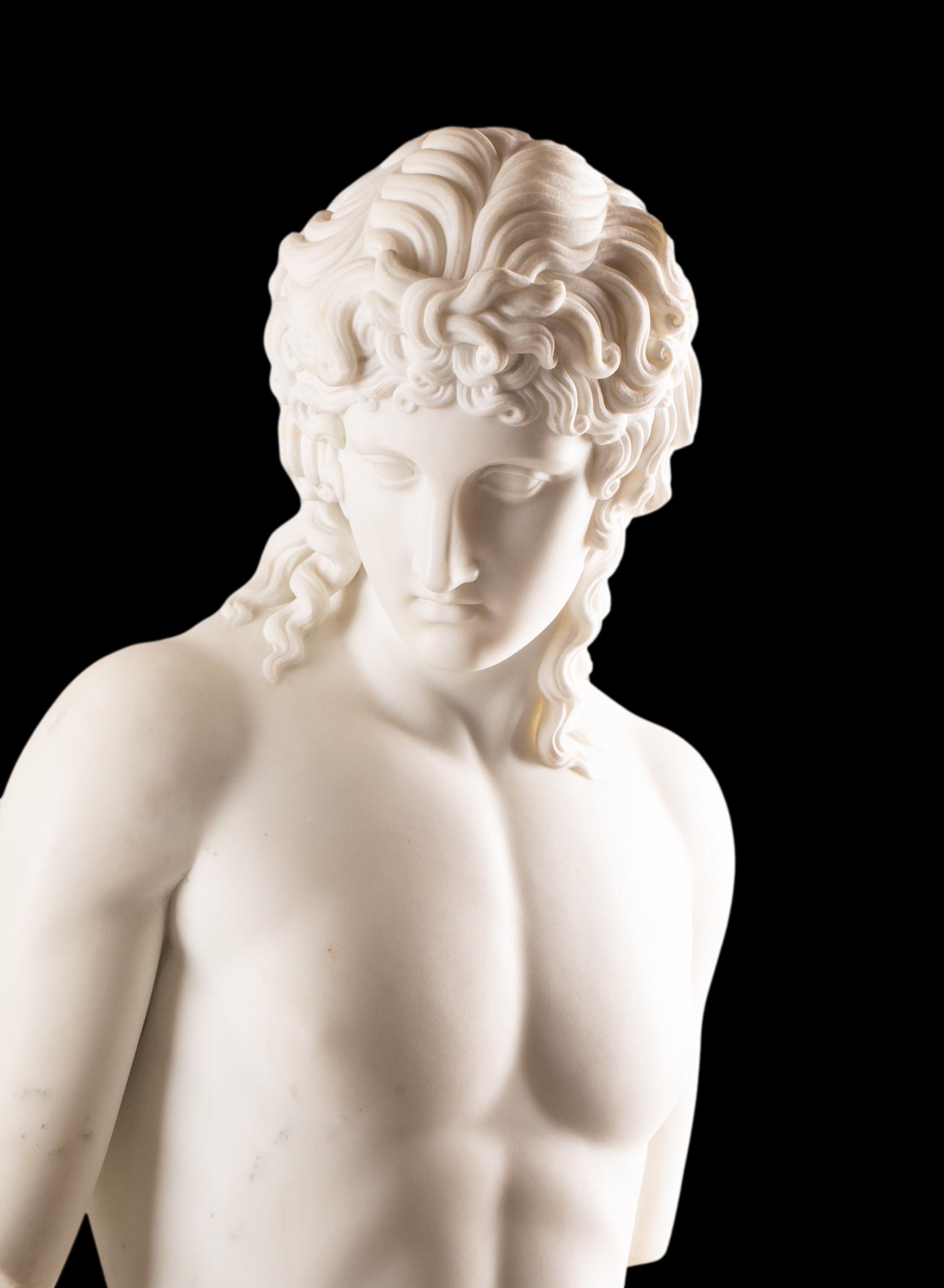
Grand Tour Marble Sculpture of the Eros di Centocelle, circa 1800, italian. For Sale with Butchoff Antiques.
Written by Rainier Schraepen
E is for Escutcheon
An escutcheon, in furniture design, is the metal plate that surrounds a keyhole. First appearing on desks and cabinets during the Middle Ages, they were almost exclusively made of wrought iron, a hardwearing material which protected the keyhole from damage and chips. Just like metal hinges and handles found on furniture, these practical components slowly evolved over the centuries into enticing decorative elements.
From the 17th century onwards, escutcheons tended to be made of brass, and were designed to complement the overall aesthetic of a piece of furniture. It was really during the 18th century that both French and English makers explored the finer designs of escutcheons to their full potential. The best furniture was decorated with gilt bronze (ormolu) escutcheons and appeared on both sides of the English Channel.
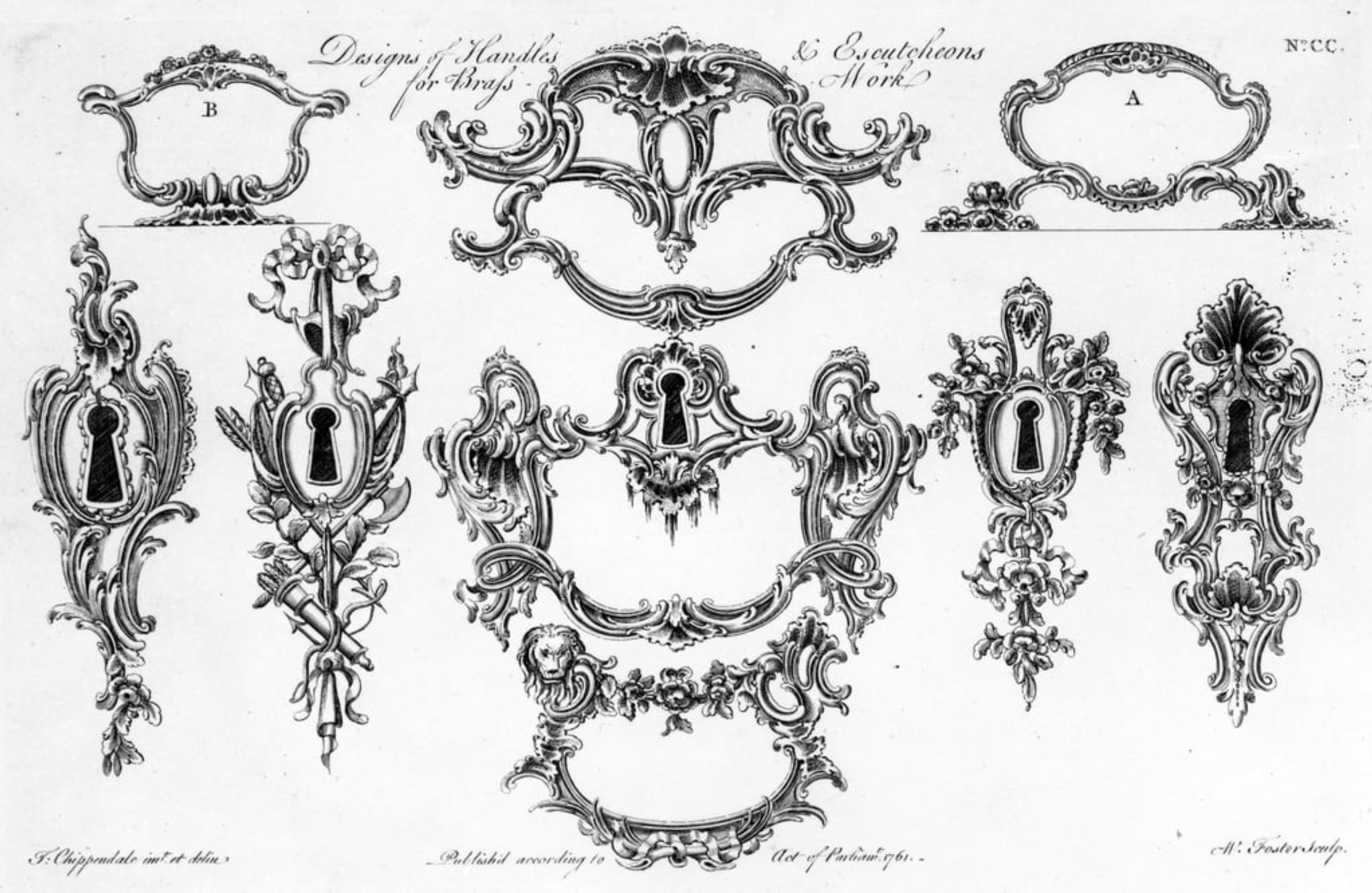
Figure 1. Chippendale's "Designs of Handles & Escutcheons for Brass Work" published in 1761
The 18th and 19th century English tradition for escutcheon designs are traced back to a handful of influential designers, including Thomas Chippendale & Robert Adam. The master of Rococo, Chippendale’s designs (fig. 1) are often asymmetrical, incorporating C-scrolls and floral elements, like the escutcheons on this George III partners desk (fig. 2).
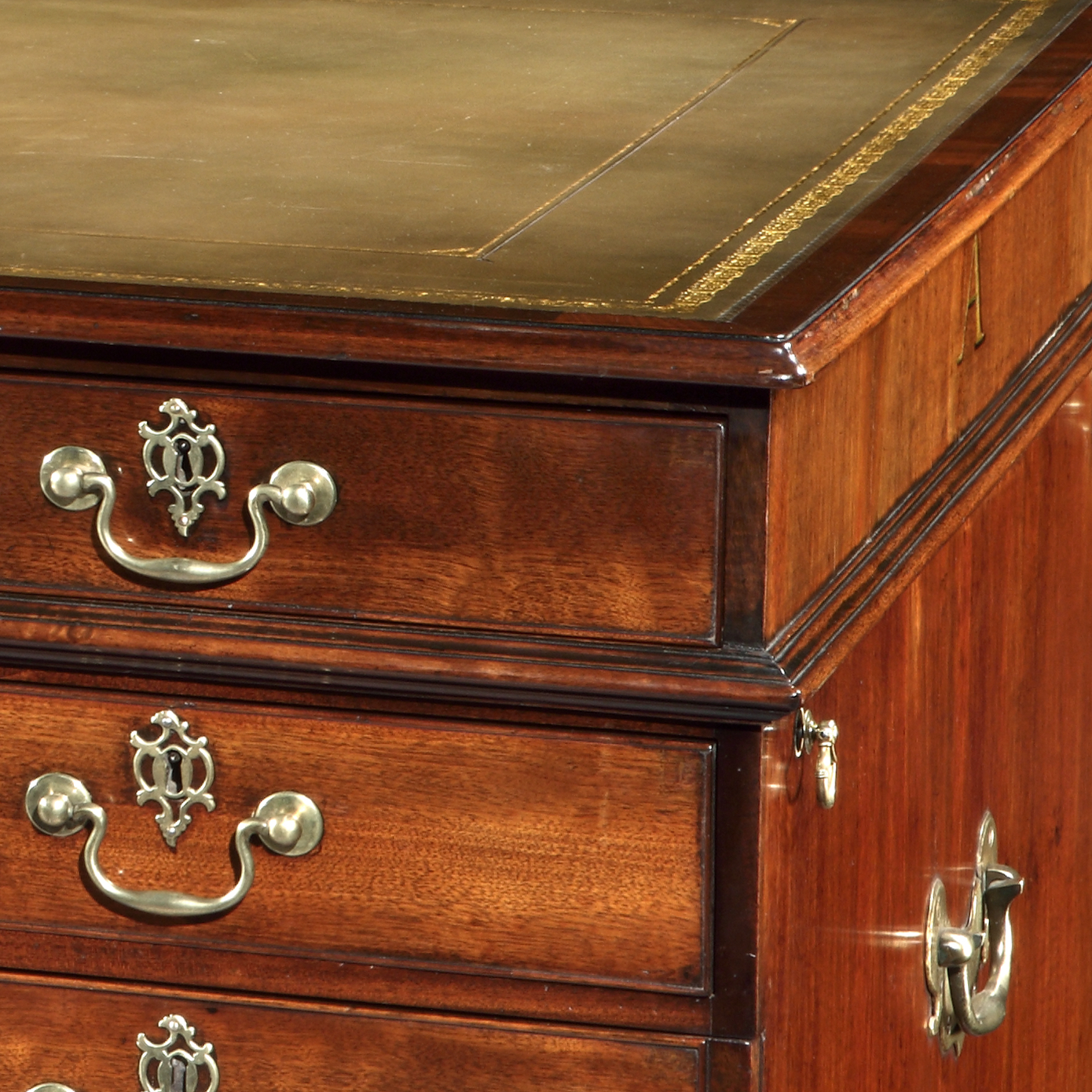
Figure 2. A Fine Example of a George III Partners Desk, circa 1780. Butchoff Antiques, London.
Meanwhile, Robert Adam advocated for a return to a classical design inspired from Antiquity, incorporating Palladian elements such as rosettes, medallions, acroteria, and honeysuckles motifs. These were equally published as engraved designs (fig. 3), and can be recognized on this neoclassical bureau cabinet (fig. 4) as well as this 19th century games table by Gillow & Co (fig. 5).
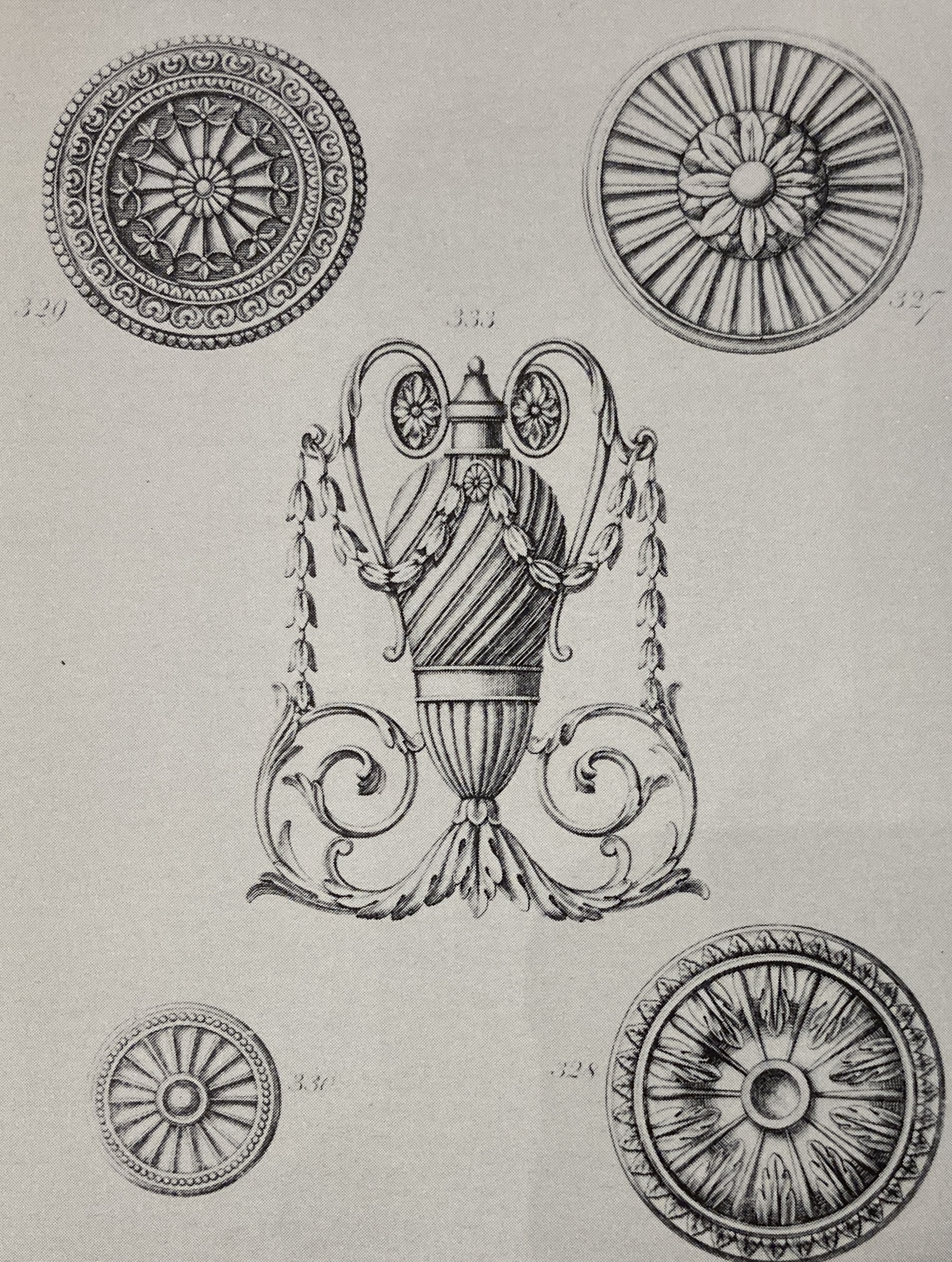
Figure 3. Anonymous Neo-Classical Designs for Decorative Brasswork, late 18th century.
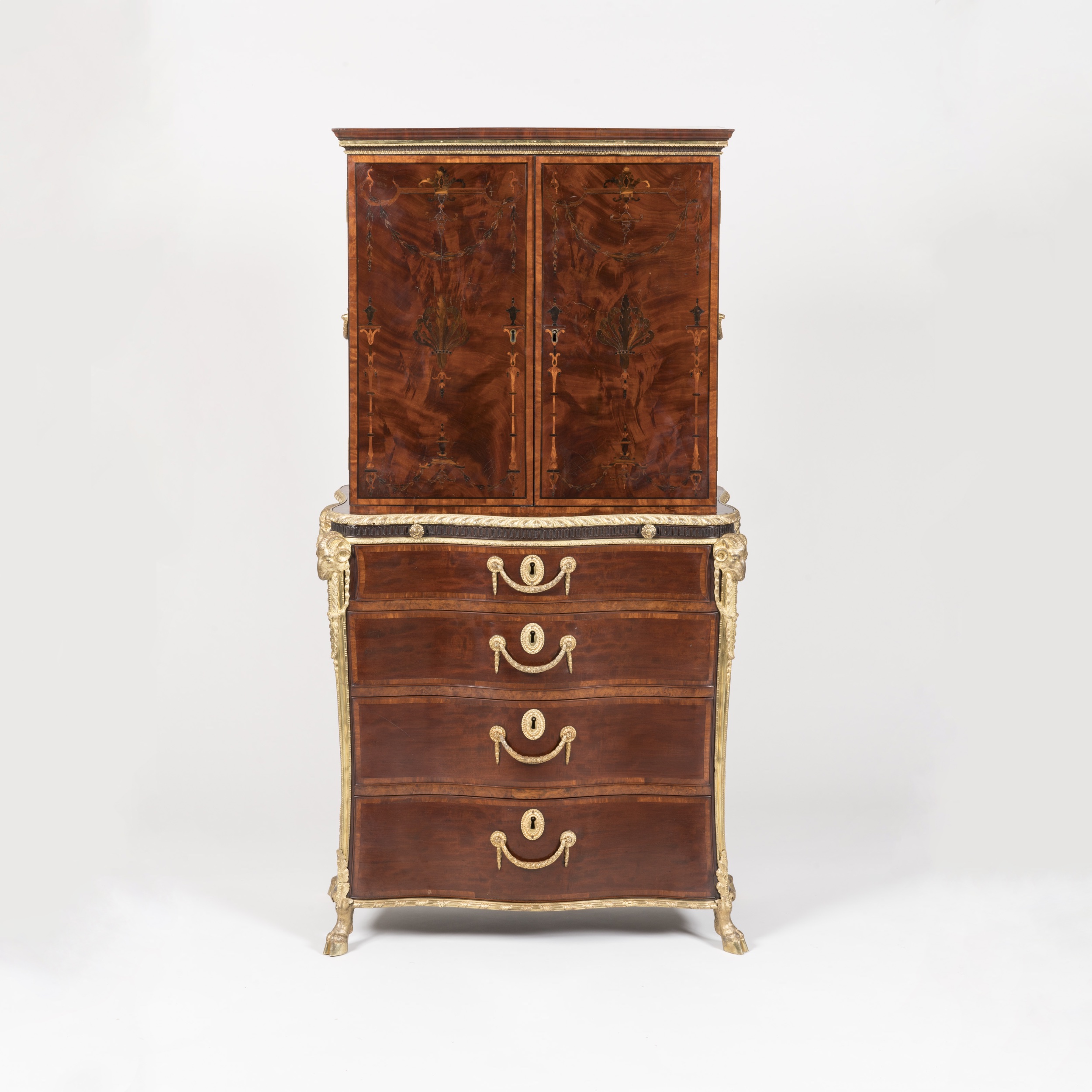
Figure 4. A Magnificent Ormolu-Mounted Bureau Bookcase, Butchoff Antiques, London.
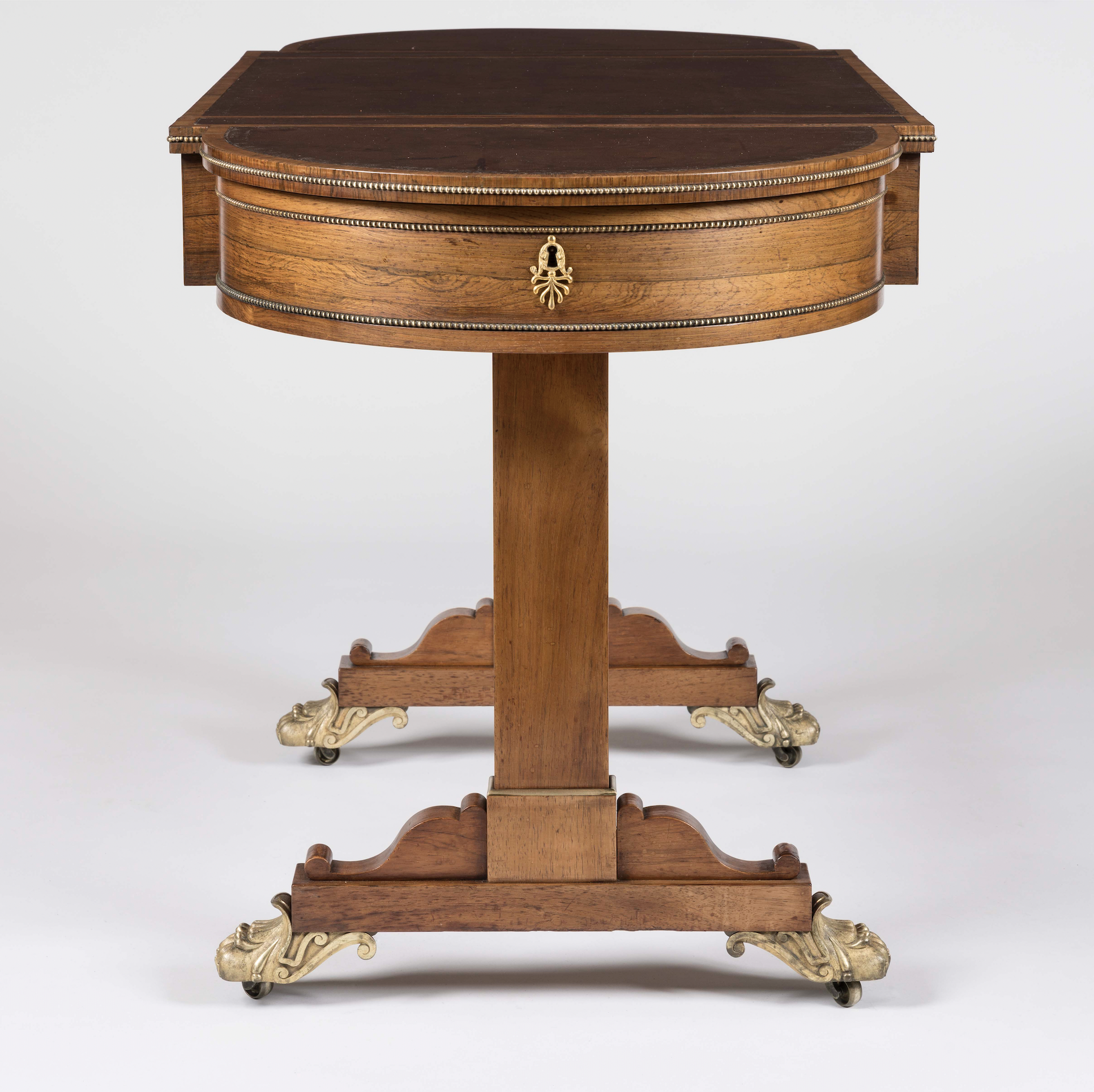
Figure 5. A Regency Period Games Table firmly attributed to Gillows of Lancaster, circa 1815, previously with Butchoff, London
Louis XIV
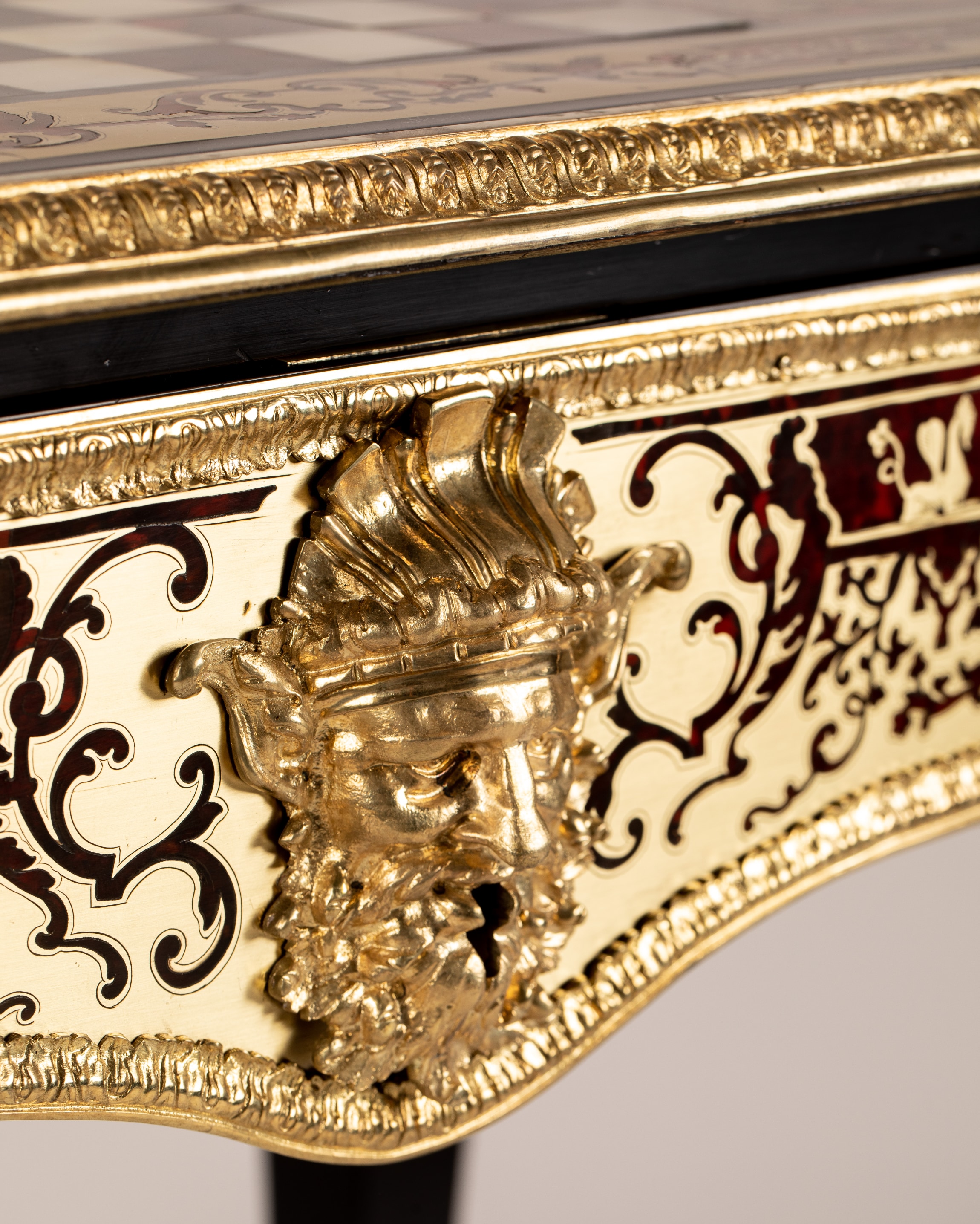
Figure 6. A Fine pair Games Table of the George IV Period in the Manner of André-Charles Boulle, Attributed to Thomas Parker, circa 1820, Butchoff Antiques, London
It was André-Charles Boulle (1642-1732), cabinetmaker to the king, who propelled French furniture into ambitious new territory starting in the late 17th century. His exclusive right to produce cabinetwork alongside bronzework in his studio meant a direct aesthetic synergy became possible between both disciplines for the first time. His inventiveness is apparent in the confident escutcheon on our Louis XIV Boulle marquetry style games table (fig. 6).
Louis XVI
The next century pushed French gilt bronze work to its apex, creating incredibly detailed ormolu mounts which adorned the finest furniture. In this period, rococo flourishes inspired escutcheons with a plethora of floral, foliate, and organic forms, exemplified in the work of Jean-Henri Riesener. Undeniably elegant, escutcheons for royal furniture he designed (fig. 7) remained popular throughout the 19th century, and appear on furniture produced by Henry Dasson (fig. 8), among others.
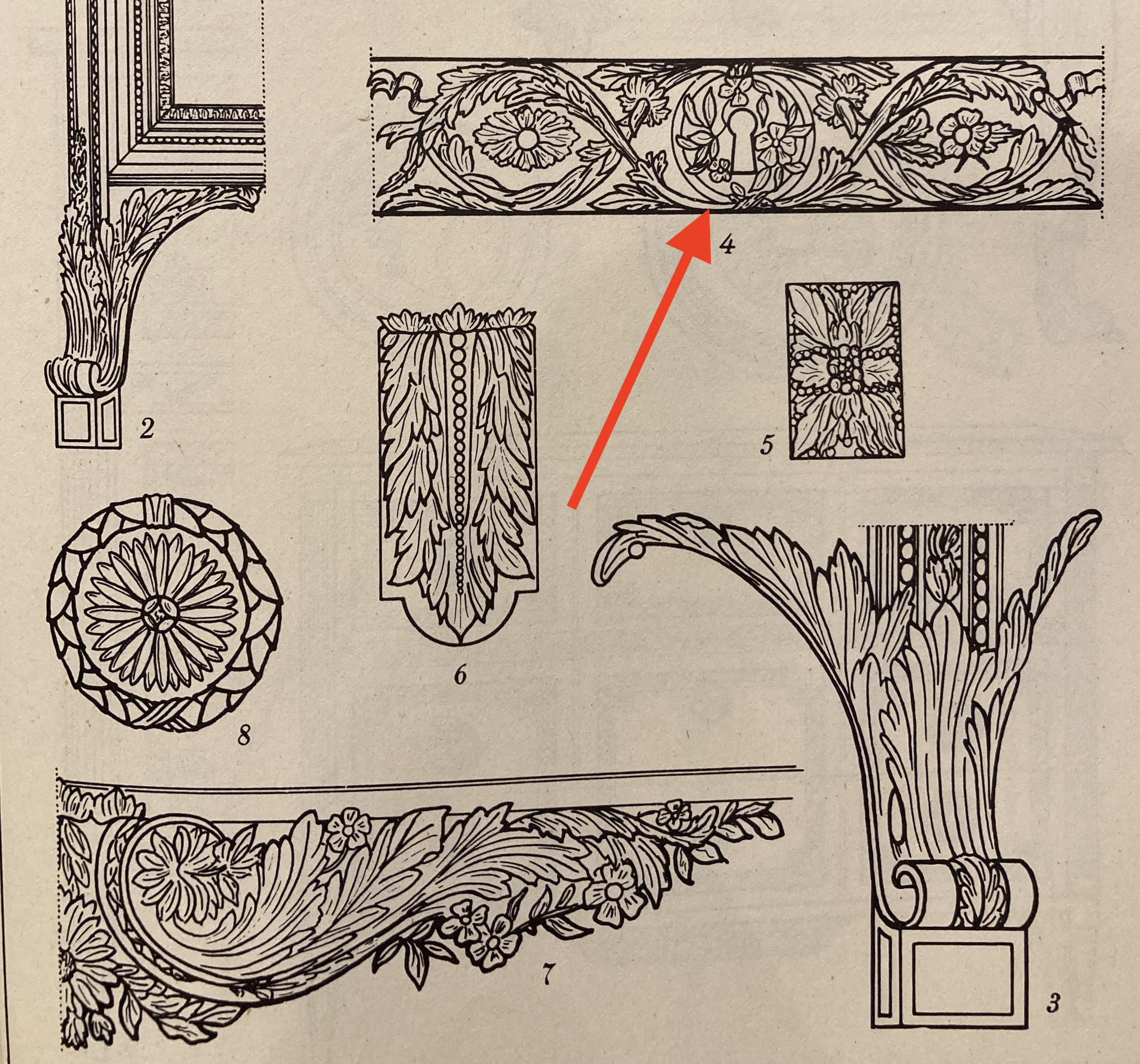
Figure 7. Line Drawing of a commode made by Jean-Henri Riesener in the late 18th century
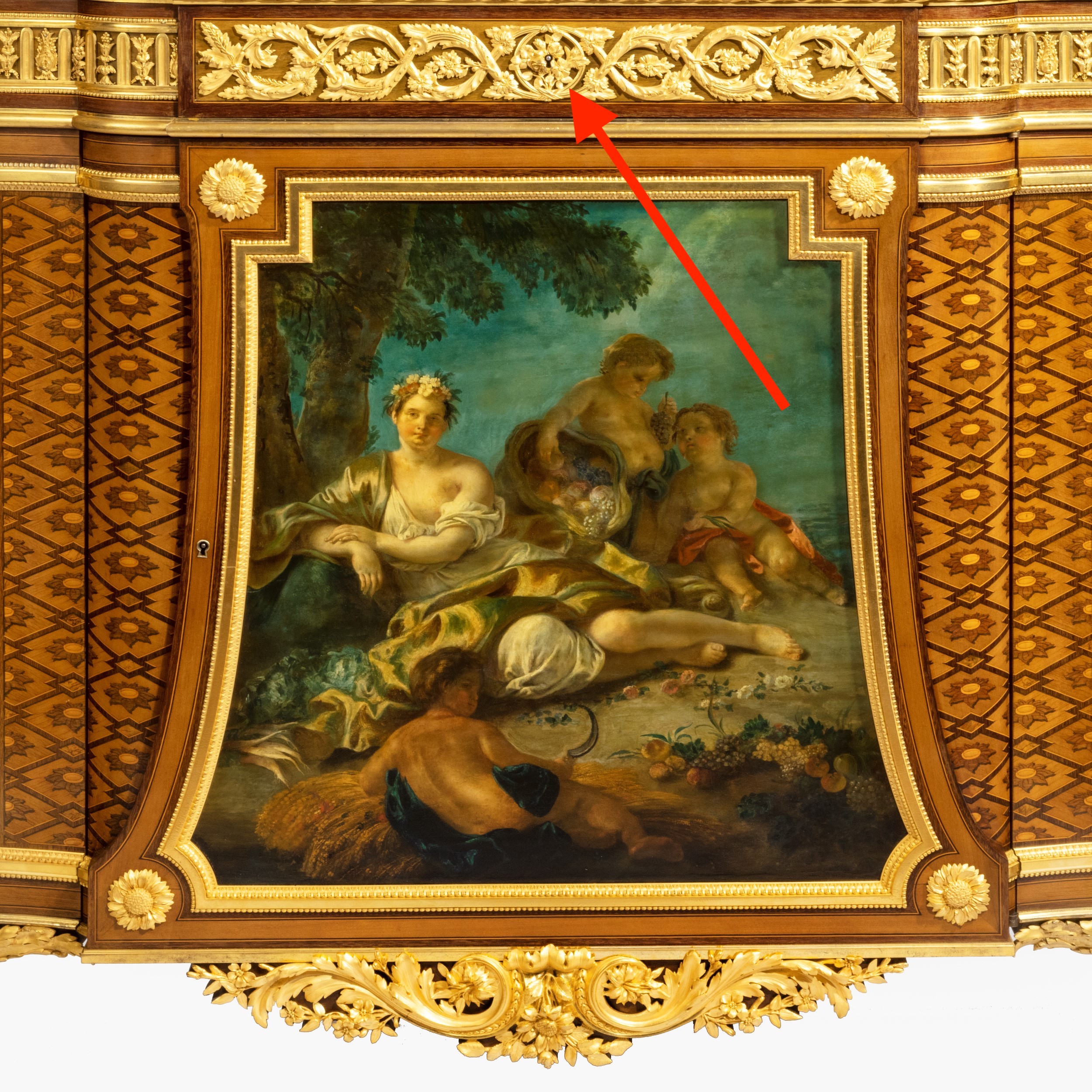
Figure 8. A Very Fine Louis XVI Style Gilt-Bronze Mounted Marquetry Commode, dated 1879, Butchoff Antiques, London.
EMPIRE STYLE
Just as a revived interest in Classical Antiquity spawned in England, Napoleon’s conquests in Egypt sparked an admiration and obsession with Ancient Egyptian motifs, observed on obelisks, pyramids, and tombs of the pharaohs. Common motifs included wine amphoras, sphinxes, and female masks. It was perhaps the swan (fig. 9), which had become intimately associated with the Empress Josephine which became one of the most popular escutcheon designs, as seen on our desk in the French Empire manner (fig. 10).
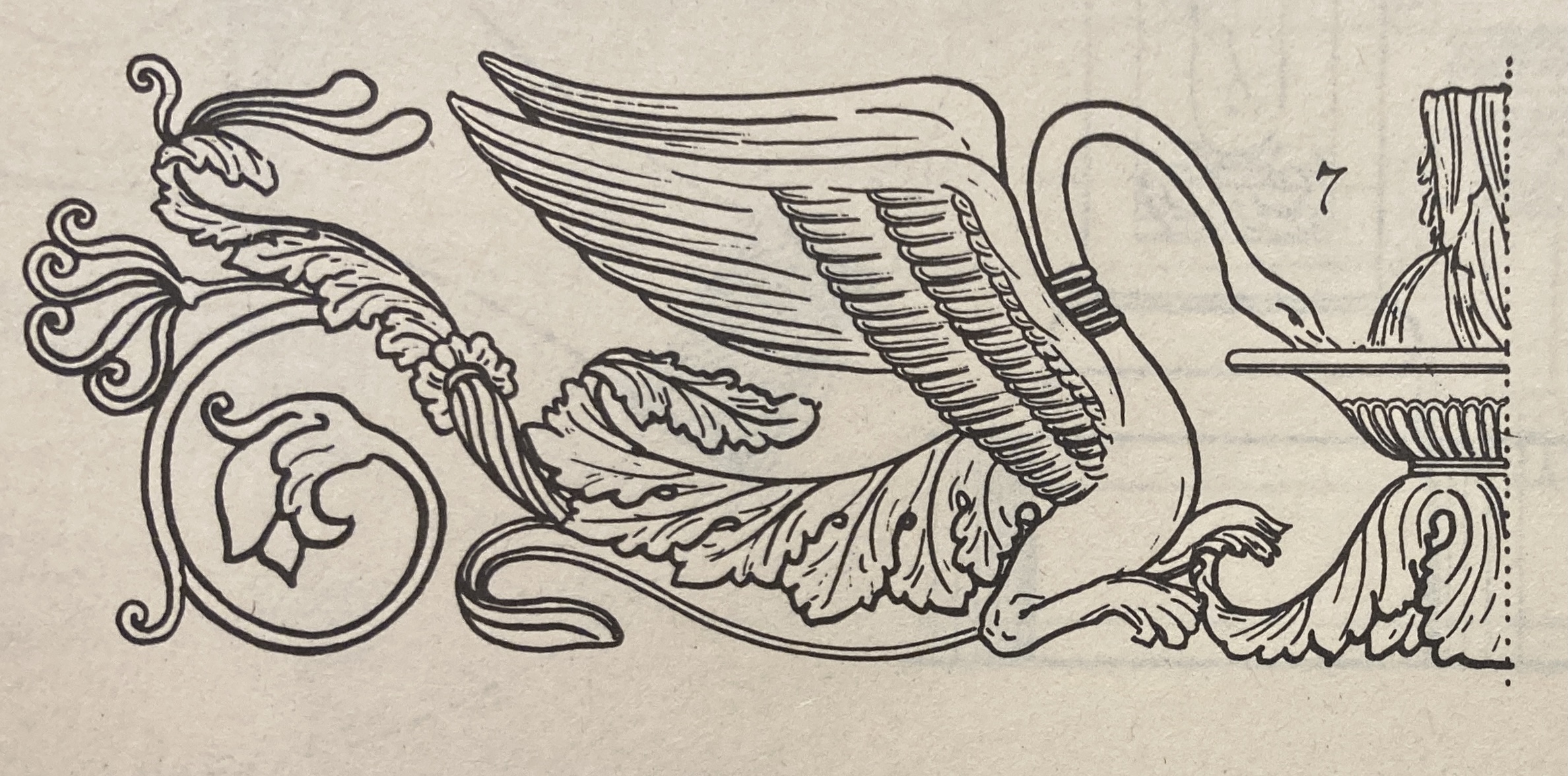
Figure 9. Drawings from Compiègne Palace, early 19th century.
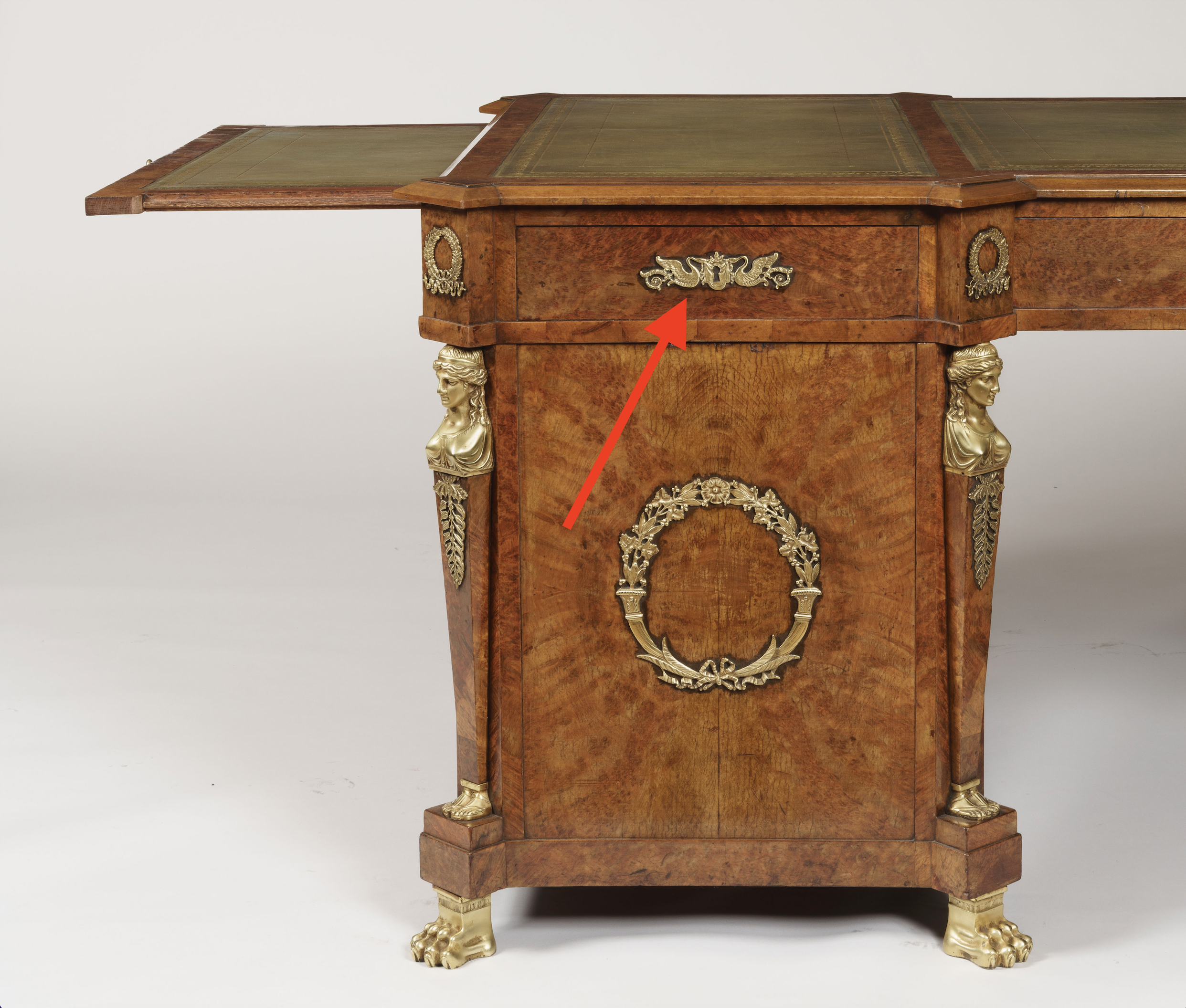
Figure 10. A Pedestal Desk in the French Empire Manner, circa 1890, Butchoff Antiques, London.
Escutcheons are an oft-overlooked feature of many fine antiques, and they can tell us a whole lot about an item’s history and design!
Written by Rainier Schraepen
D is for Davenport
D is for davenport, a truly innovative type of desk enjoying a new popularity in the 21st century and incorporating a sloping writing surface. Furniture Historian Ralph Edwards credits the invention of the davenport to the famous firm of Gillows in the late 18th-century, citing a commission for a desk for a certain Captain Davenport described as “a small writing table with a sloping-top desk above a case of drawers.” The extensive Gillow records housed at the Westminster Archives contain the earliest drawing of a davenport, dated March 1816. The desk remained a clear favourite of the firm, and no-less than 27 drawings of davenports appear between 1816 and 1850.

Figure 1. A Fine late Georgian Davenport In the Manner of Gillow. Butchoff Antiques, London.
The basic features of the davenport have always remained consistent, characterised by a sloping leather-top desktop attached with hinges to the body and revealing a compartment with storage space for writing instruments, papers, and even laptops and iPads. Furthermore, davenports include one or two slides, with an ink drawer on the right-hand side. The rectangular body incorporates a series of drawers which anchor the desk, and were sometimes decorated with carved pilasters or pillars buttressing the side panels, as seen in the above davenport.
The davenport was considered a must-have practical piece of furniture. The tops were consistently finished with fine brass balustrades which kept items from falling off, and the recessed castors within the sturdy bun feet allow a single person to move the desk with ease.
Of course, opulent variations of the davenport were made by some of the top English cabinetmakers. Besides the more common mahogany examples, Butchoff Antiques has dealt in the finest davenports made of burr walnut, kingwood, satinwood, rosewood, and even amboyna (imported all the way from Indonesia!).
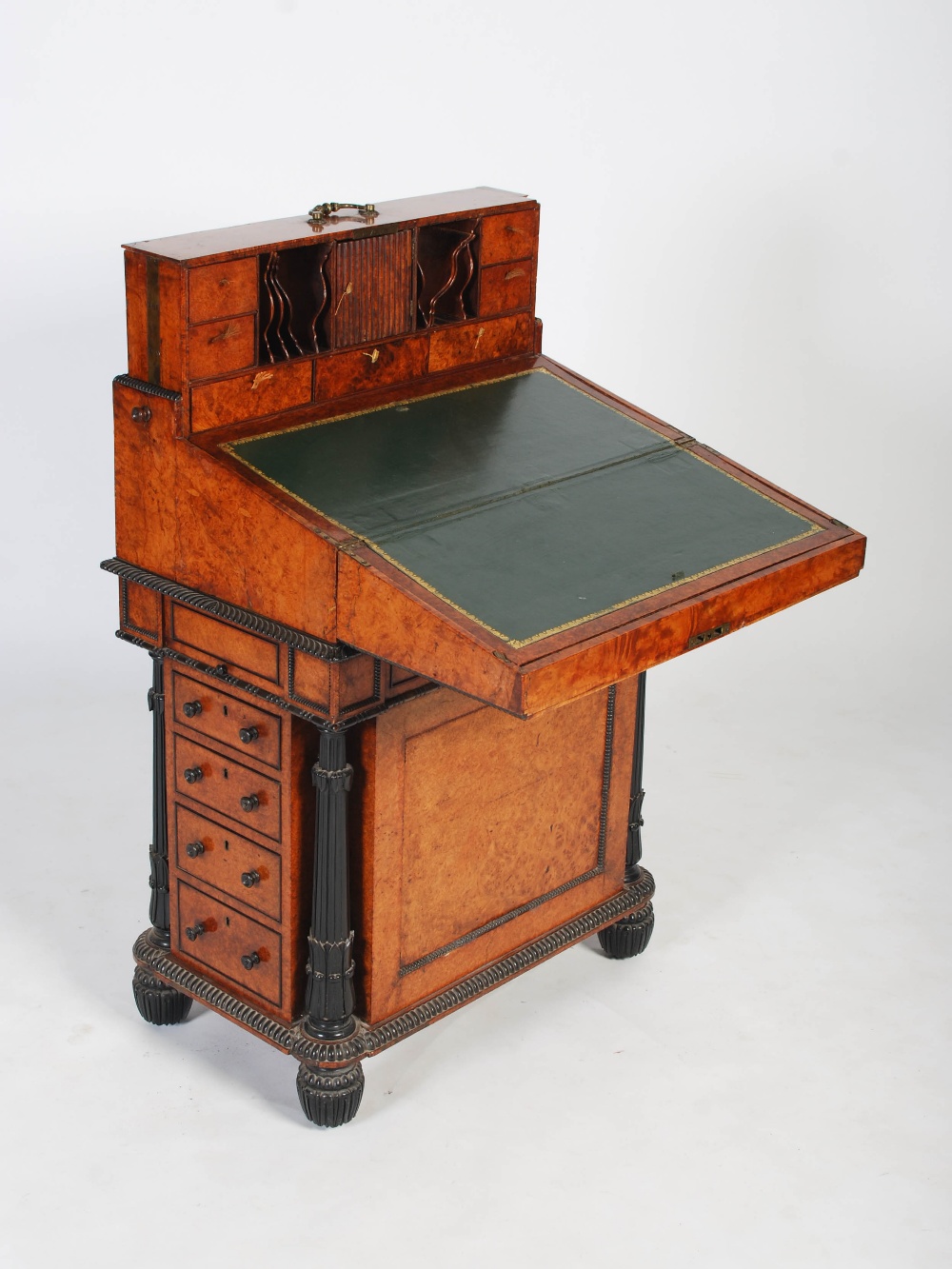
Figure 2. A Burr Walnut and Ebonised Davenport. Butchoff Antiques, London (enquire for further details).
Holland & Sons was responsible for what is possibly the finest davenport ever to appear on the market. It was recently sold to a private collection by Butchoff Antiques, and used the finest rare woods including Harewood, Kingwood, and West Indian Satinwood in order to create sumptuous marquetry panels; the whole extensively decorated with fine gilt bronze mounts. In the firm’s famous Anglo-French manner, the davenport is a true one-a-kind.
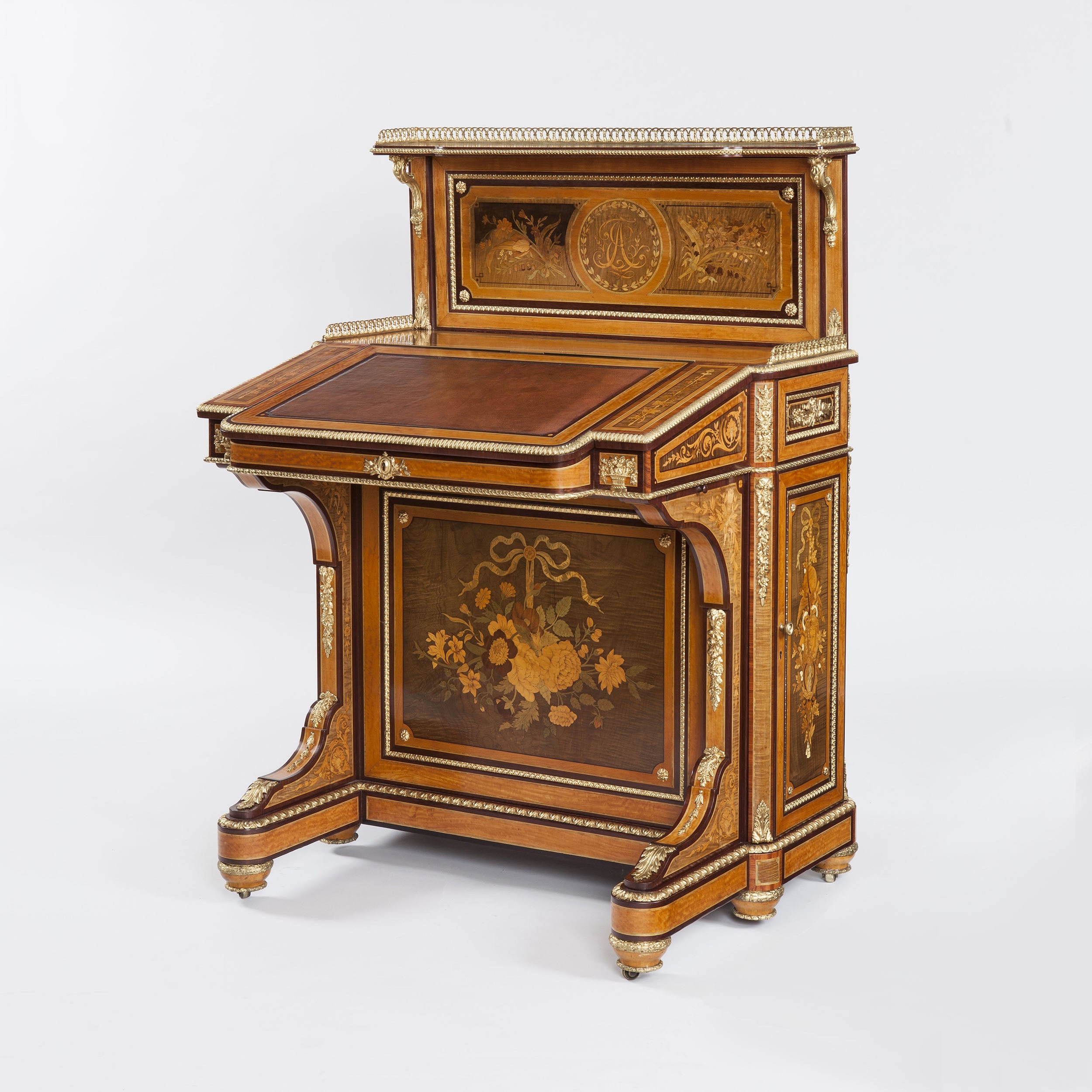
Figure 3. A Very Fine Davenport by Holland & Sons of London, circa 1865. Previously with Butchoff Antiques, London.
Another rare davenport, with Butchoff Antiques, is constructed from ebony, amboyna and ash, dressed with a medley of specimen woods. A very sumptuous example, and surely made for a very fashionable household, the davenport bears no makers’ mark. Stylistically, however, the piece can be dated to circa 1870.
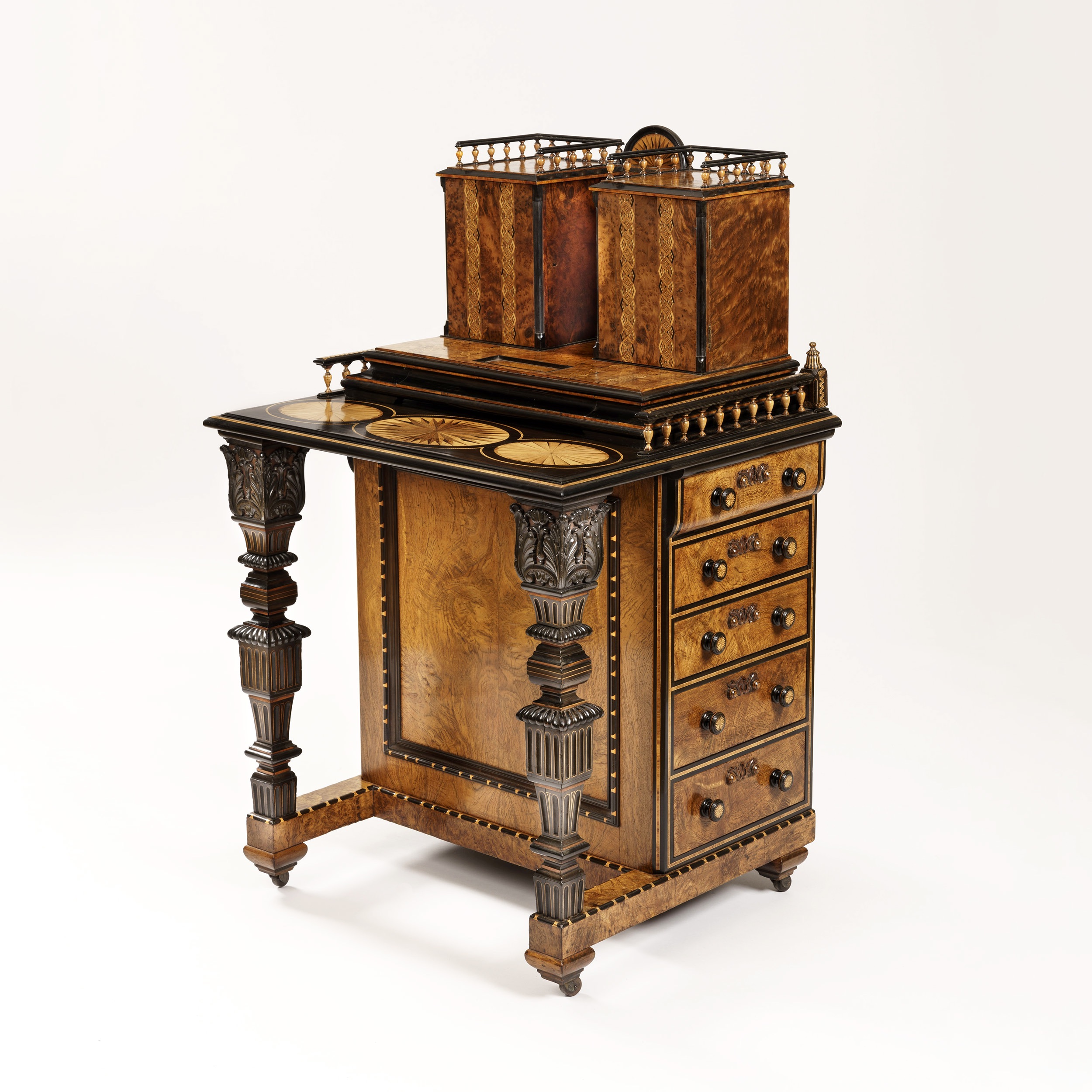
Figure 4. A Davenport of Rare Form, circa 1870. Butchoff Antiques, London.
The davenport is perfect for apartment living or smaller living spaces, sitting comfortably next to a sofa or in a nook as a workstation for your laptop or tablet. Send us an email if you would like to learn more about the davenport, or if you would like to see a selection of fine davenports for sale.
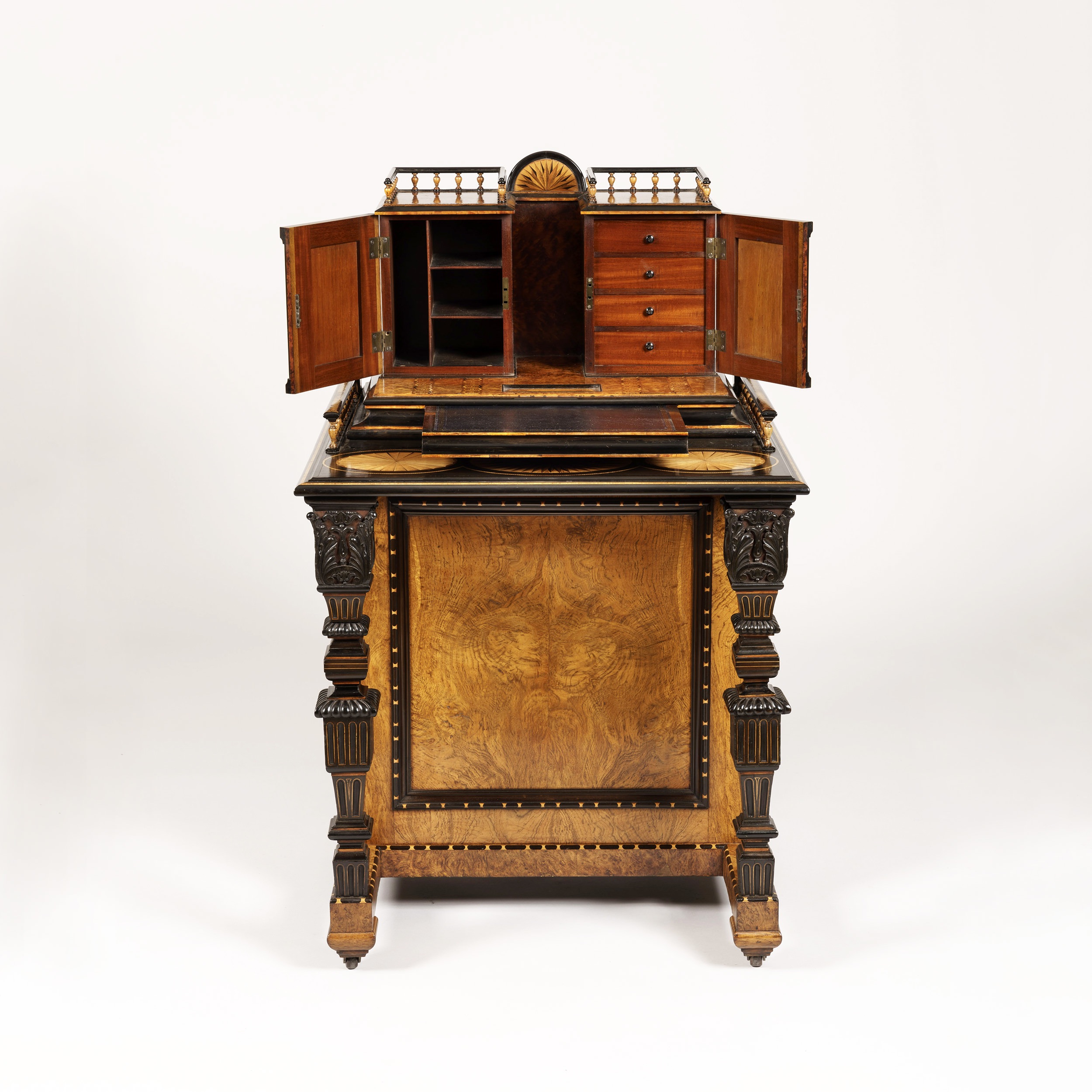
Figure 5. A Davenport of Rare Form, circa 1870. Butchoff Antiques, London.
Written by Rainier Schraepen
C is for Chinoiserie
Chinoiserie, from the French ‘chinois’ meaning Chinese, is a term used in the fine and decorative arts to describe Chinese and East Asian-inspired motifs used in Western art, furniture, and architecture. Gaining traction during the seventeenth century via the trade of the Dutch and British East India Companies, the vogue for chinoiserie attained its height in the eighteenth century.
Chinoiserie motifs typically include landscapes scattered with delicate little trees, cloud-capped mountains, pagodas with tiny bells, railings, mythical birds and dynamic figures. Many of these designs came from the Far East via imported silk and lacquer boxes. Over time, they were adopted by European artists and craftsmen, thereby attaining a new character altogether.
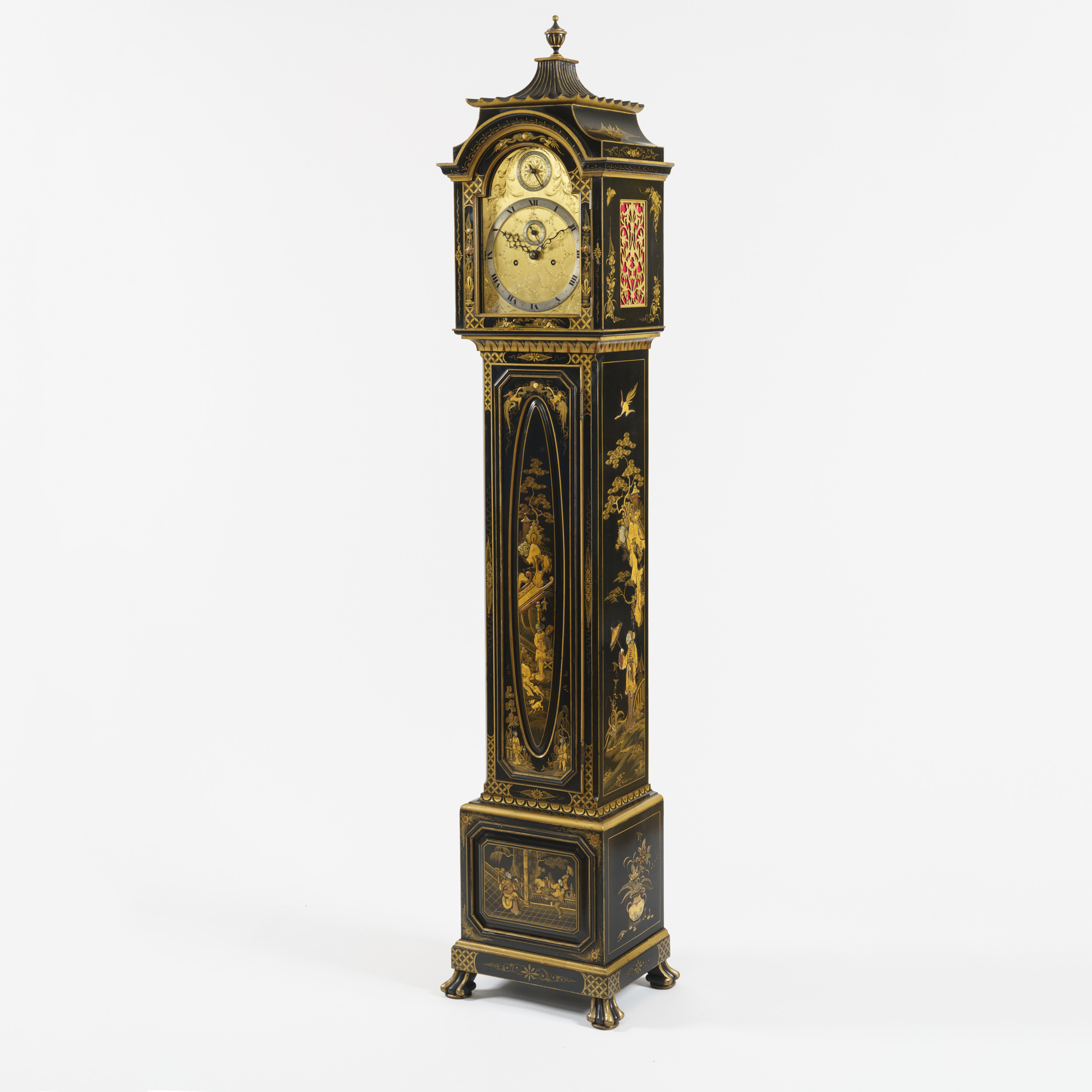
Figure 1. A Good Longcase Clock in the Chinoiserie Manner, circa 1910. Previously with Butchoff Antiques, London.
Chinoiserie decoration never completely went out of fashion, and the 19th and 20th centuries are responsible for some of the most striking chinoiserie renditions, including this fine longcase clock which represents beautiful court scenes populated by musicians, courtesans within a lush landscape with pagoda pavilions, swirling trees, and mythical birds (fig. 1).
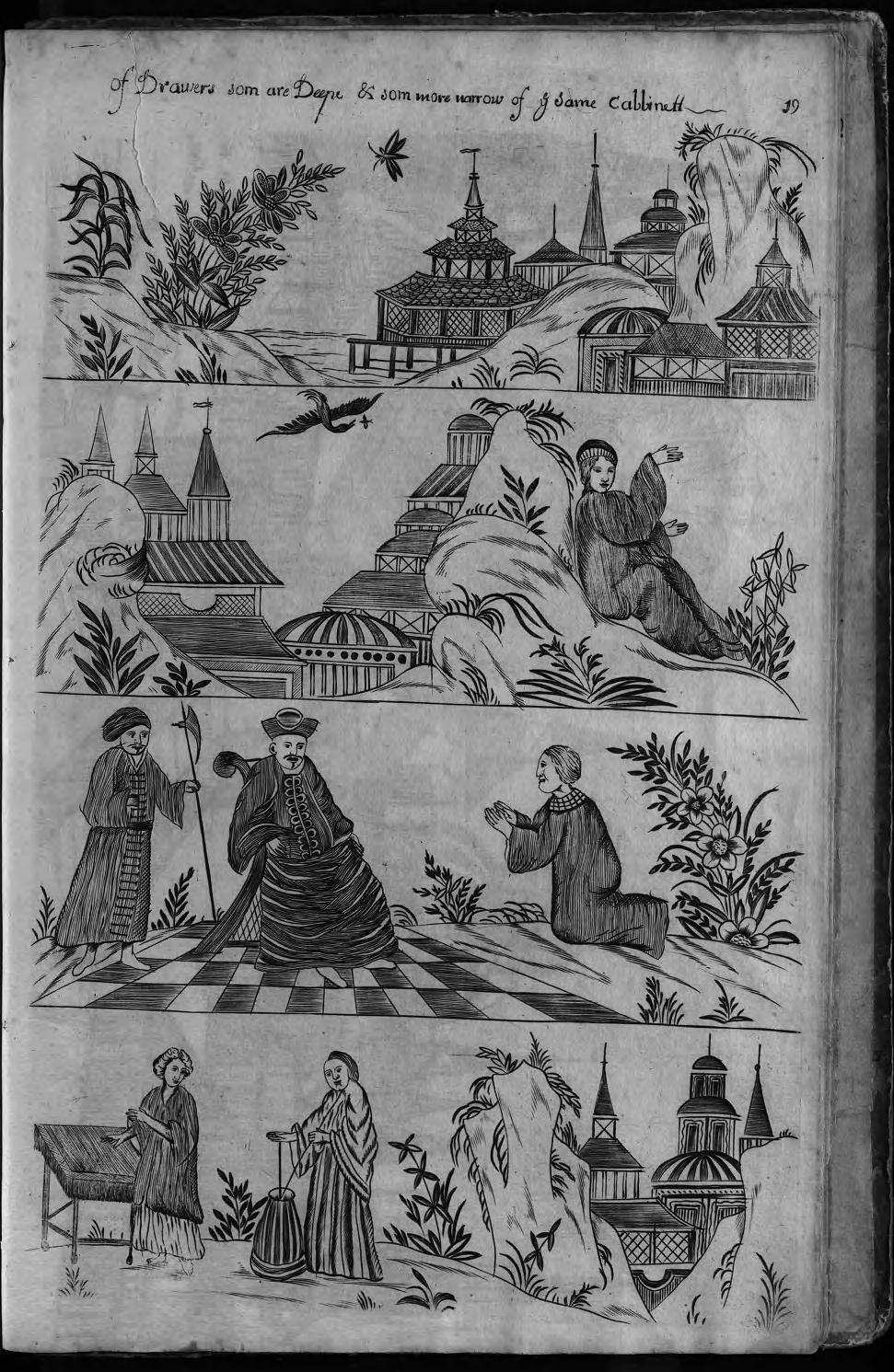
Figure 2. Designs for various drawer fronts, from John Stalker and George Parker's A Treatise of Japaning and Varnishing, Being a Complete Discovery of Those Arts [...] Oxford: Richard Wood, 1688.
Many European craftsman and artists produced work in the chinoiserie style adhering to published techniques and designs such as those found in an early book by John Stalker and George Parker entitled Treatise of Japanning and Varnishing of 1688 (fig. 2). Makers such as Thomas Allgood of Pontypool would have turned to design books like Stalker & Palker's in order to produce items such as this fine decorated tray (fig. 3). Likewise, the Italian cabinetmaker of this vitrine, made circa 1880, decorated each of the surfaces in the polychrome chinoiserie manner (fig. 4).
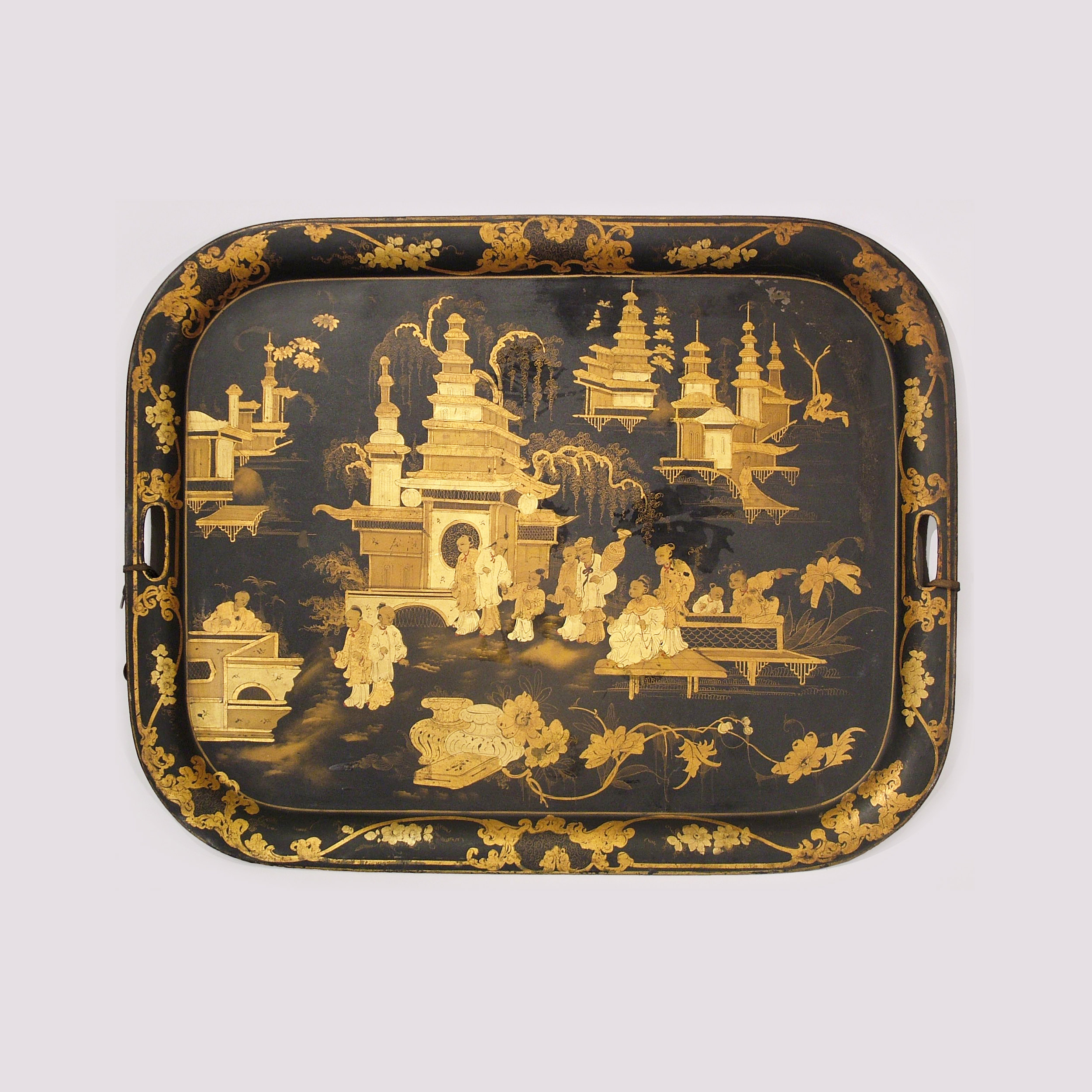
Figure 3. A Pontypool Tray of the Regency Period, circa 1820. Butchoff Antiques, London.
Throughout the centuries, however, the demand for Far Eastern silks, porcelain, and lacquerware competed with the domestic output. Items such as screens incorporating lacquer panels were highly coveted. It is not difficult to distinguish between Western and oriental lacquers as the former were a different composition of varnish, collar, and shellac. Because of this, some cabinetmakers, such as Henry Dasson, would incorporate oriental panels into his pieces of furniture. This was clearly the case in the pair of cabinets illustrated below (fig. 5), which incorporate lacquer panels which were most likely cut down from a larger screen.
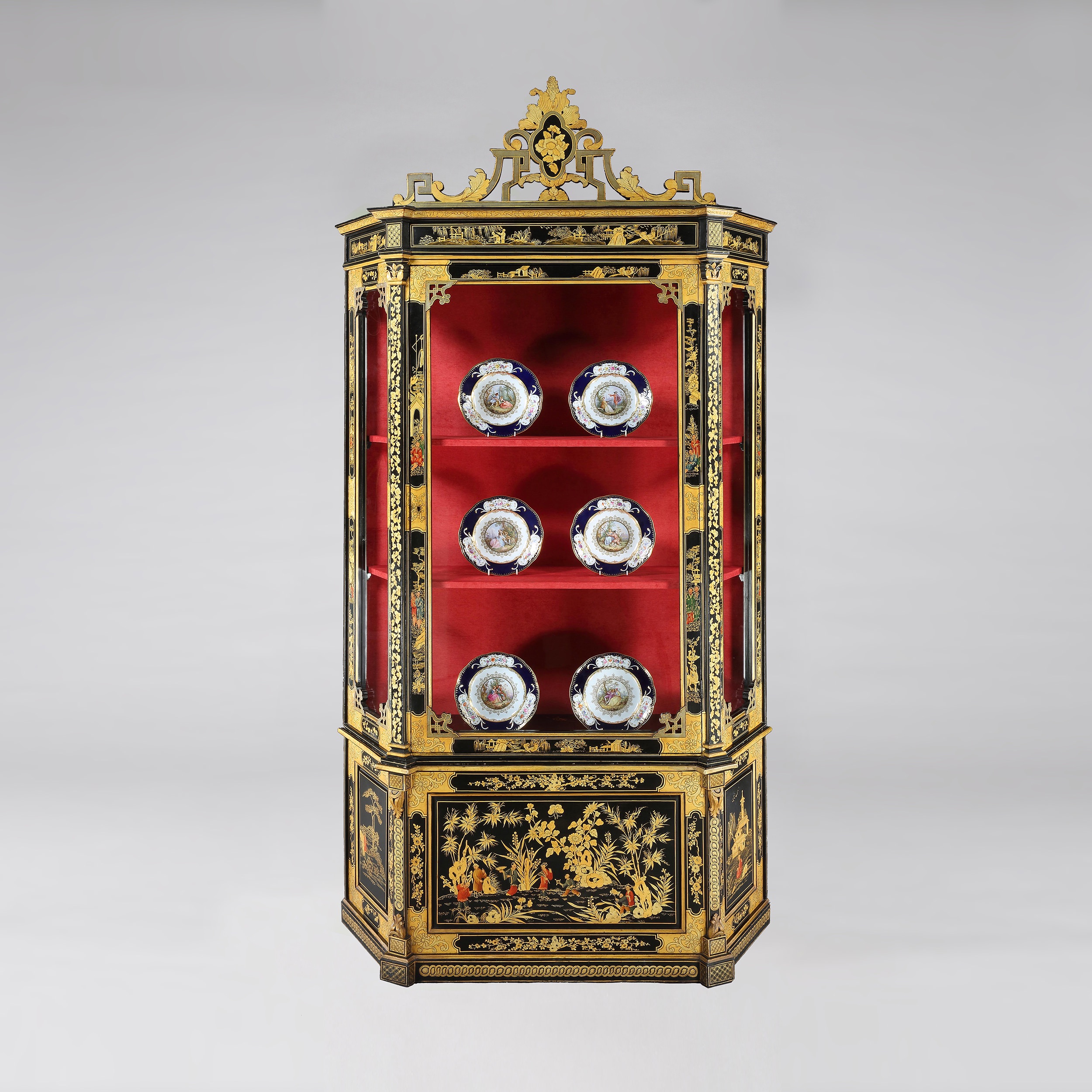
Figure 4. A Large Chinoiserie Vitrine, circa 1880. Butchoff Antiques, London.
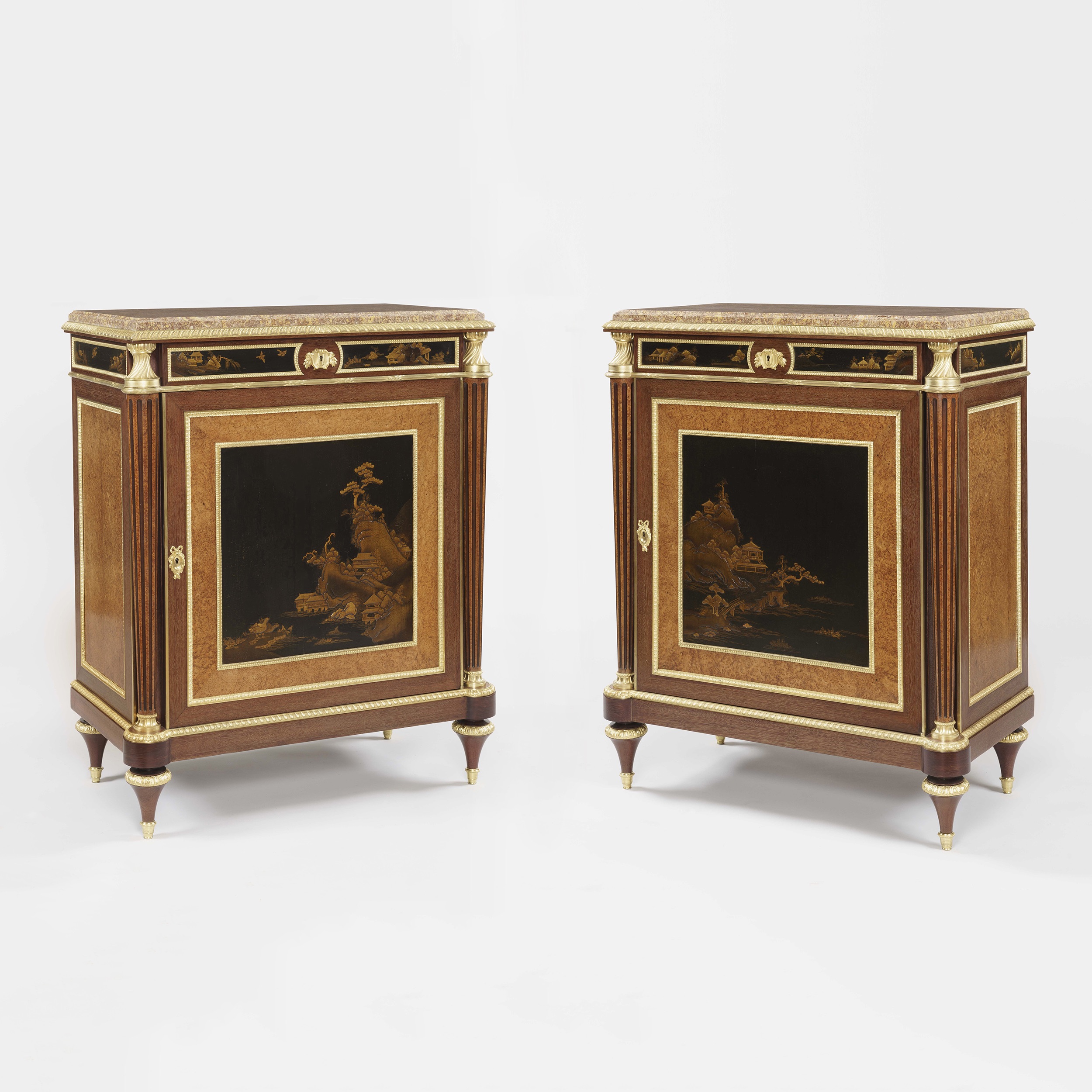
Figure 5. A Fine Pair of Cabinets by Henry Dasson, circa 1880. Butchoff Antiques, London.
By Rainier Schraepen
Gilded Interiors: The Art of Gilt Bronze
Gilt bronze, also called ormolu, is a technique known since Antiquity and reached its full potential in the 18th and 19th centuries. The process historically involves adhering gold to bronze, and was used extensively to create clocks, wall lights, candelabra, and mounts for furniture and decorative objects.
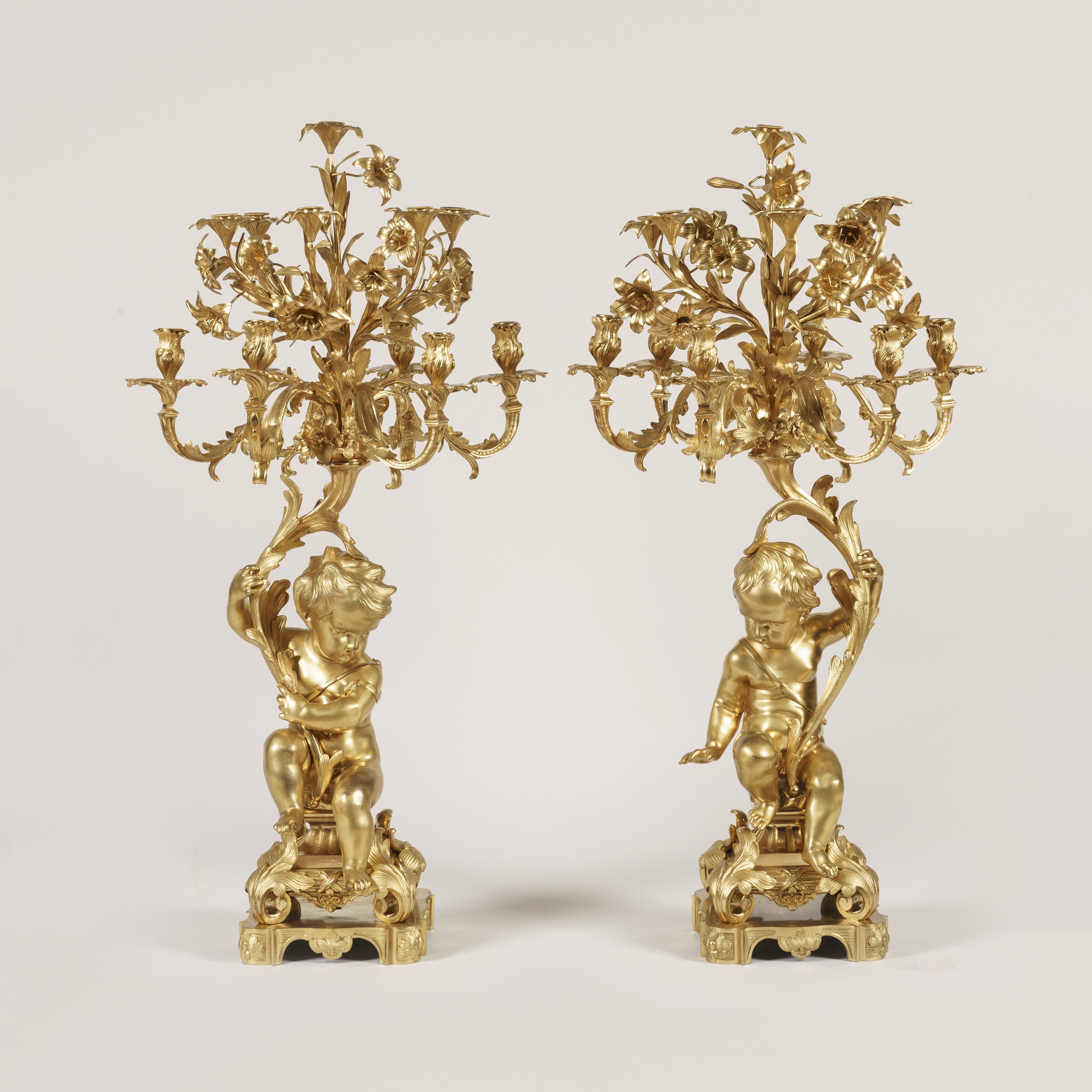
Ref. 9078. An Important Pair of Candelabra in the Louis XV Manner, by Raingo Frères, circa 1870. Previously with Butchoff Antiques, London.
The process for making gilt bronze was quite complicated. So much so that the French state set up two separate guilds to oversee its production: the fondeurs-ciseleurs (casters and chasers) and the ciseleurs-doreurs (chasers and gilders). Starting from a two-dimensional design, a carver or sculptor would make a three-dimensional model in wood, clay, or wax.
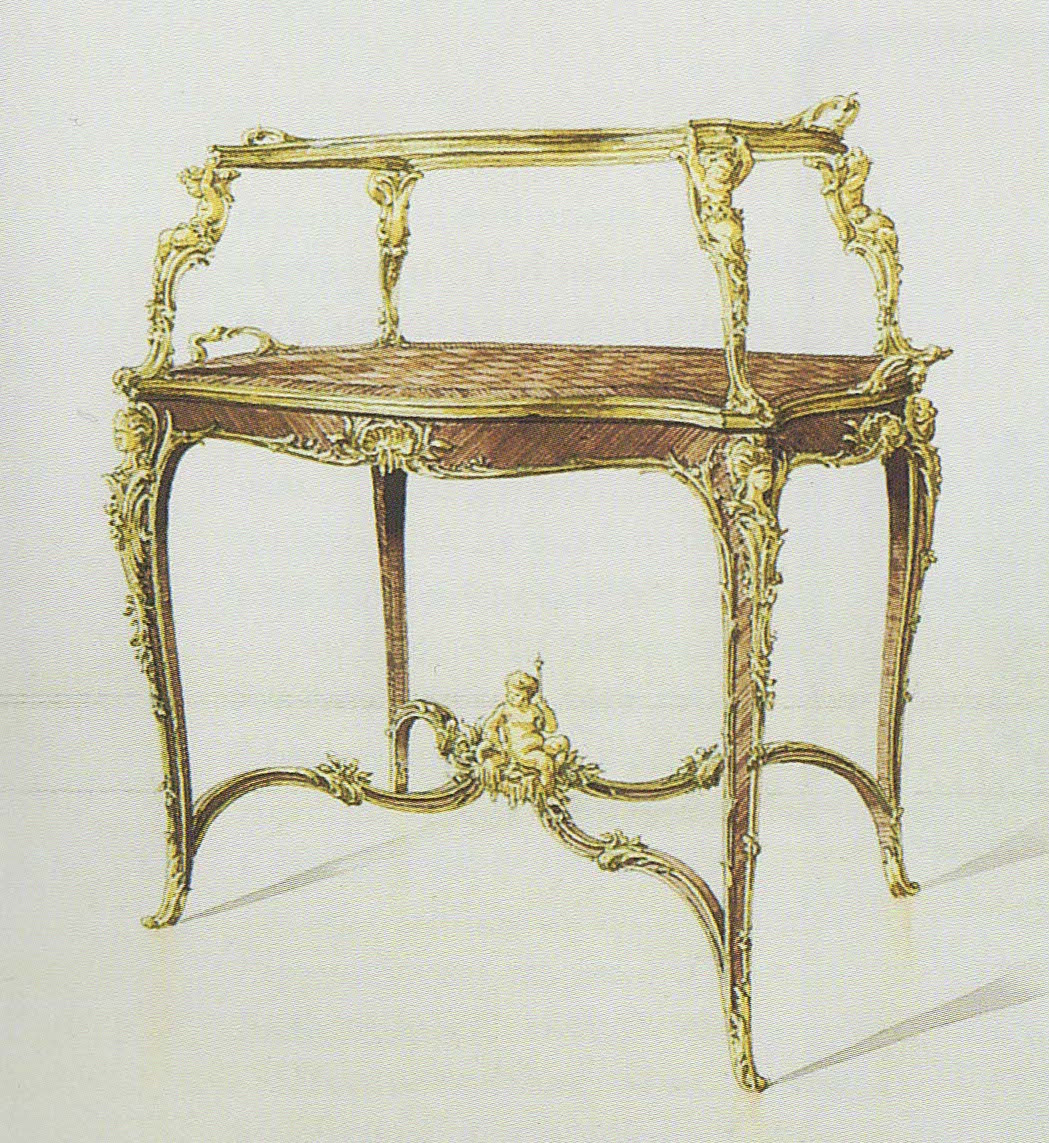
Watercolour project of Linke's tea table no. 610. Taken from Christopher Payne's François Linke (1855 - 1946), The Belle Époque of French Furniture, plate 131.
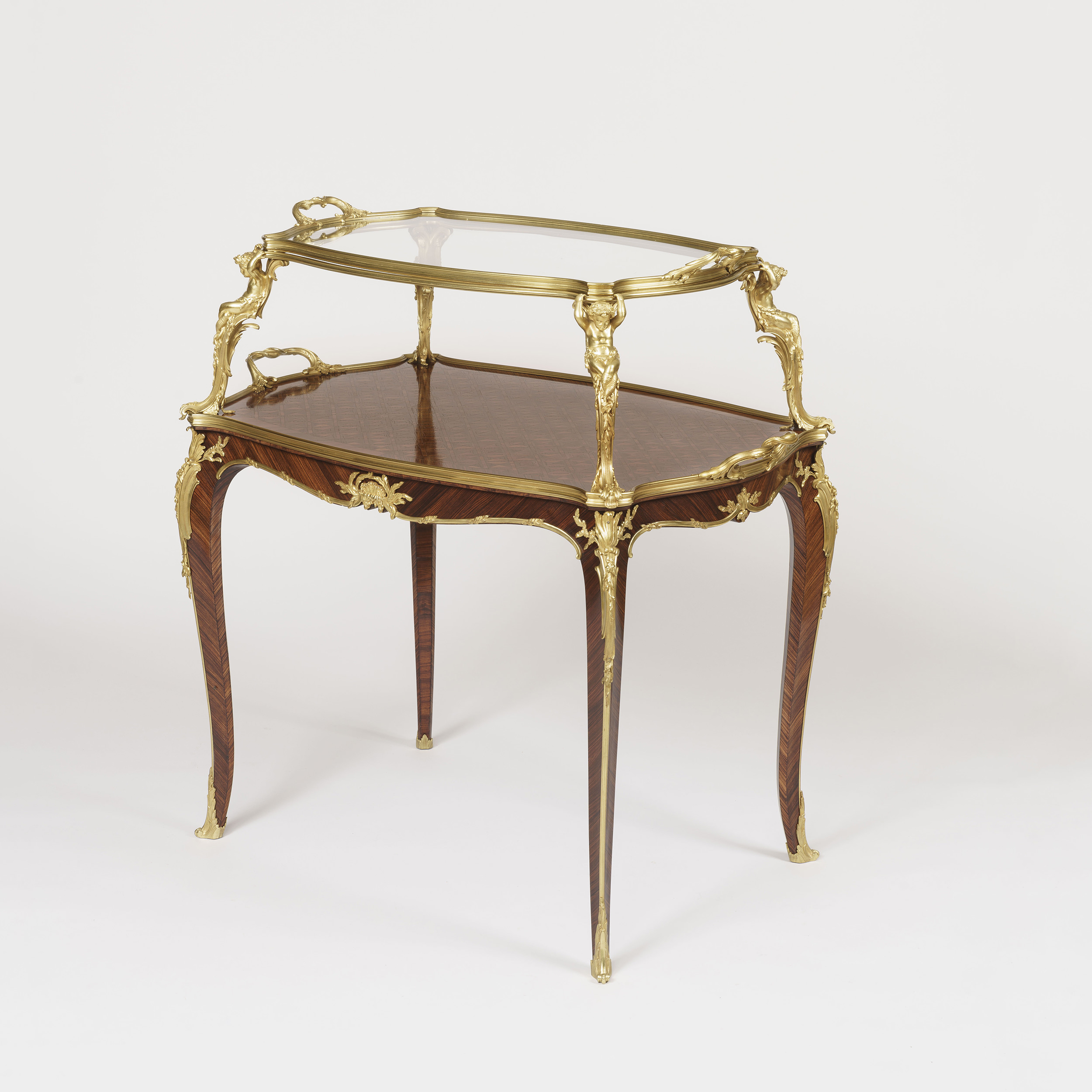
Ref. 8717. A Louis XV Style Ormolu-mounted Table à Thé, by François Linke, circa 1900. Previously with Butchoff Antiques, London.
A wax mold taken from the model was used for casting by pressing it in a box with sand and pouring molten bronze, an alloy of copper and tin, in the resulting depression. For more complicated designs, the cire perdue, or lost-wax, process was used. In this technique, the wax model was fashioned around a core made of plaster or clay and covered with the same to form a mold. The mold was then dried and fired to burn out the wax. The hollow left by the wax was filled with molten bronze.
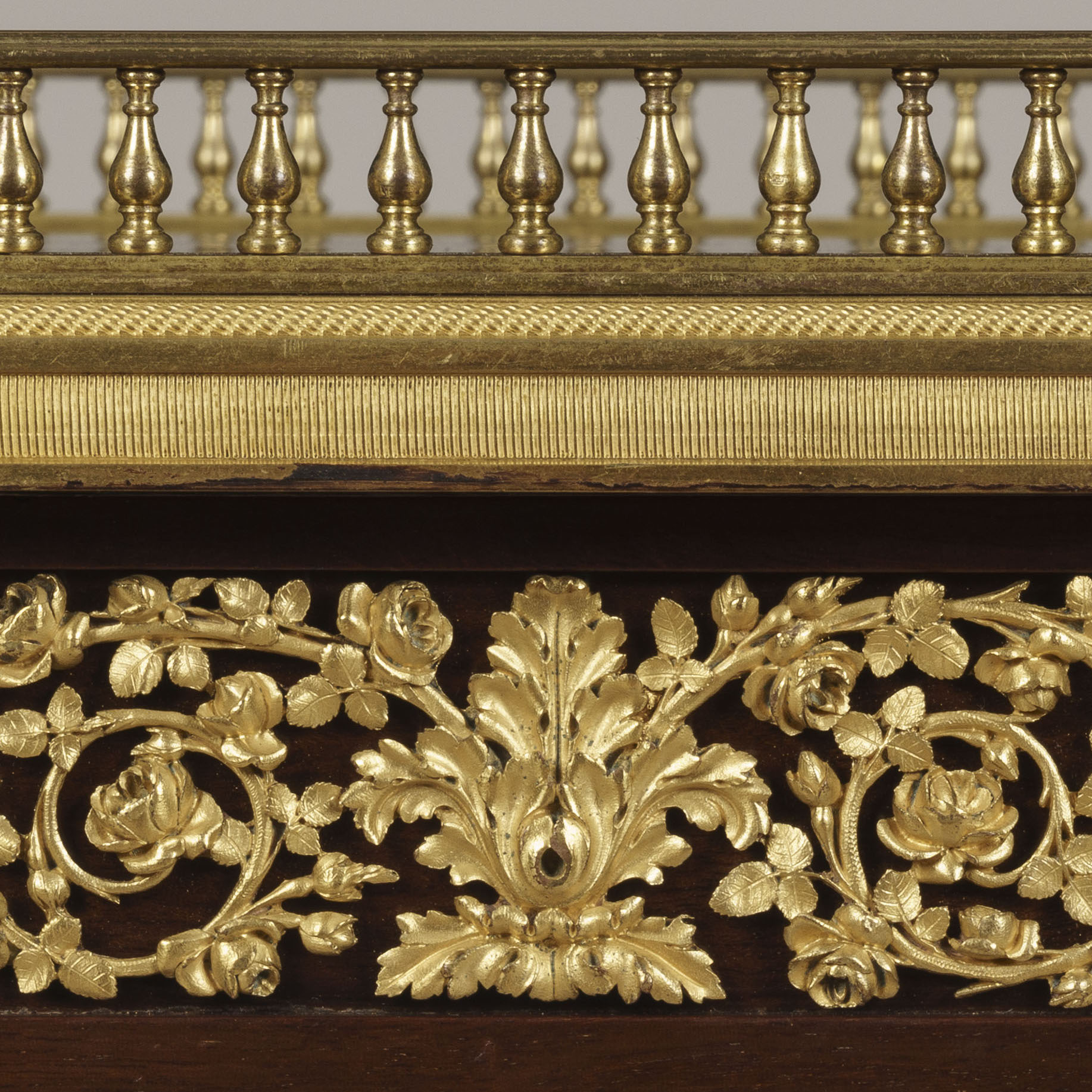
Ref. 8930. A Matched Pair of Side Tables in the Louis XVI Manner (detail), by Paul Sormani, circa 1870. Butchoff Antiques, London. The delicate fiolate gilt bronze mounts would have required extensive manual refinement from a ciseleur, sharpening the petals of the roses and incising the delicating veining on the leaves. Each mount required several hours of detailing before going to the doreur.
The ciseleur was in charge of removing the hardened and cooled bronze. He sharpened the edges and added a myriad of fine details which could not be achieved through the casting process alone. In order to create texture, a ciseleur would use tools called punches with variously shaped points. Some of the best ciseleurs working in France had over 3,000 punches at their disposal in their workshop! The quality of gilt bronze decorative objects and mounted furniture is crucially dependant on the ‘sharpness’ of the chasing, and it is what separates the run-of-the-mill from the truly divine demonstrated by the likes of Pierre-Philippe Thomire, Pierre Gouthiére, as well as Charles-Guillaume Winckelsen, Henry Dasson, and François Linke in the nineteenth century.
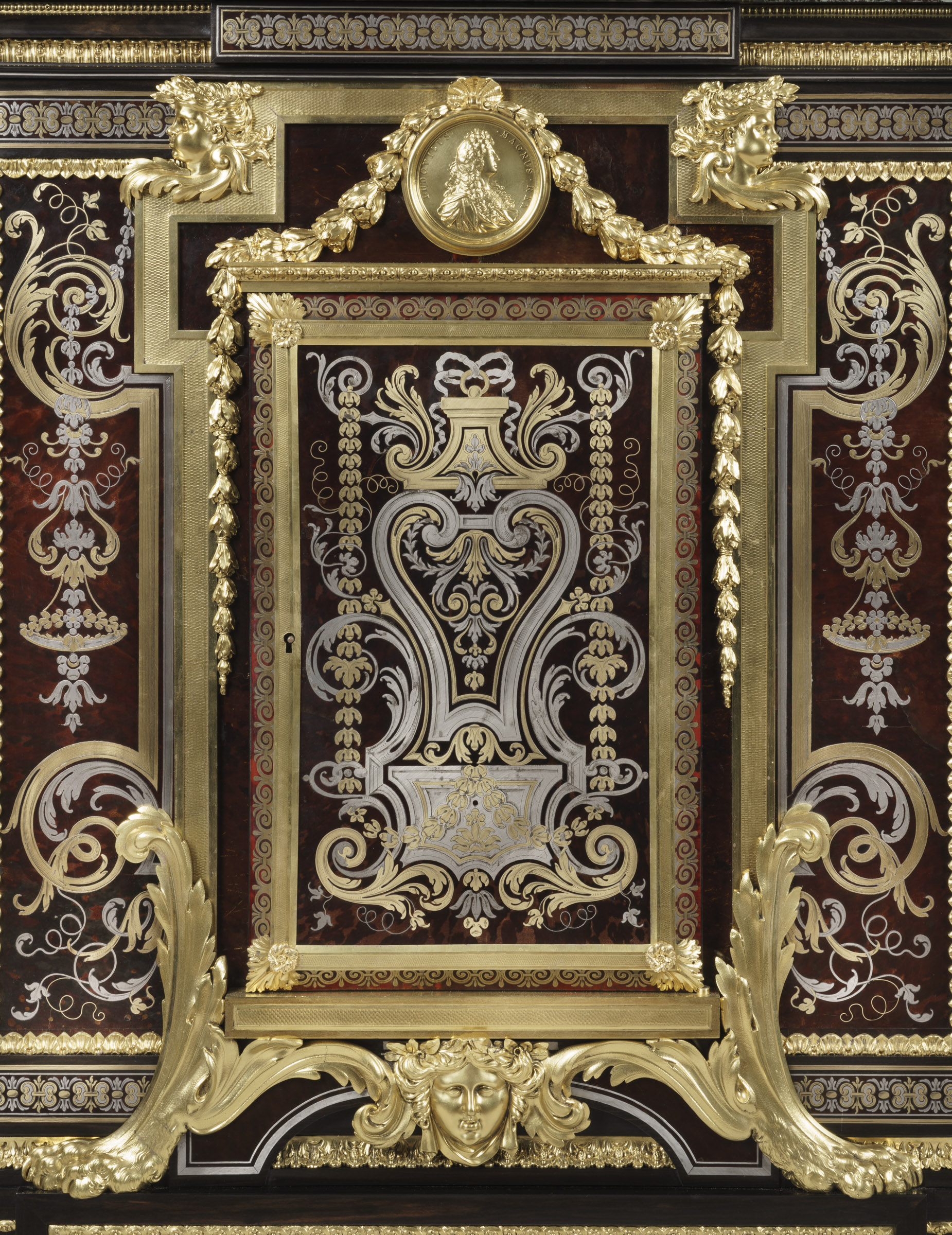
Ref. 9205. A Very Fine Meuble d'Appui, attributed to Winckelsen, circa 1865. Butchoff Antiques, London. This cabinet represents the epitome of Boulle marquetry, but also gilt bronze work, of the nineteenth century. The lion paw mounts are inspired by earlier Boulle models, and their execution is of the highest order. Undoubtedly the work of Winckelsen's workshop.
The final step was the mercury gilding, and was the responsibility of the ciseleur-doreur. Ground gold (hence the name or-moulu, moulu being the French for ‘ground’) was mixed with mercury, creating an amalgam, which was applied to the surface of the bronze using a brass-bristled brush called a bat. Placing the bronze over an open coal fire allowed the mercury to evaporate, leaving a layer of gold on the surface. Lastly, the smooth areas could be burnished, using a dog tooth, a heliotrope stone, or an agate mounted on a handle.
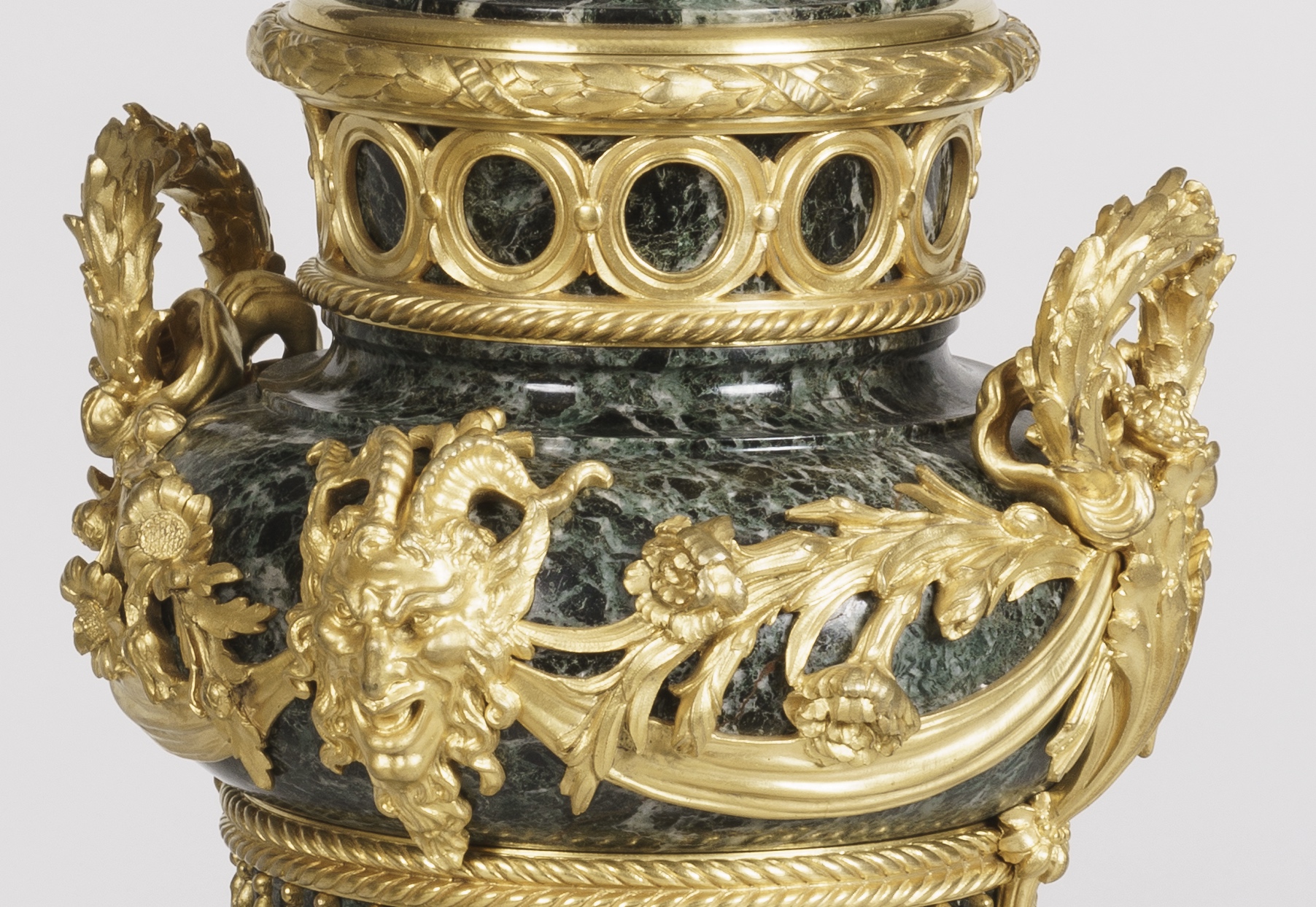
Ref. 9214. An Elegant Pair of Gilt Bronze Mounted Urns (detail), by Ferdinand Barbedienne, circa 1870. Butchoff Antiques, London. The mounts on these urns are a wonderful example of textural contrast between burnished, and matte, gilt bronze.
The study of gilt bronze is incredibly difficult because pieces are rarely signed. However, questions of dating and attribution can usually be answered by the presence of existing models or drawings as well as the quality of a specific piece. Cabinetmakers such as Henry Dasson, who himself was trained as a sculptor and took great pride in his sculptural gilt bronze mounts, went so far as to sign his work, leaving no doubts as to its maker. François Linke, who worked closely with the sculptor Léon Messagé, created some of the most dazzling ormolu-mounted furniture, and rightfully signed his work as well.
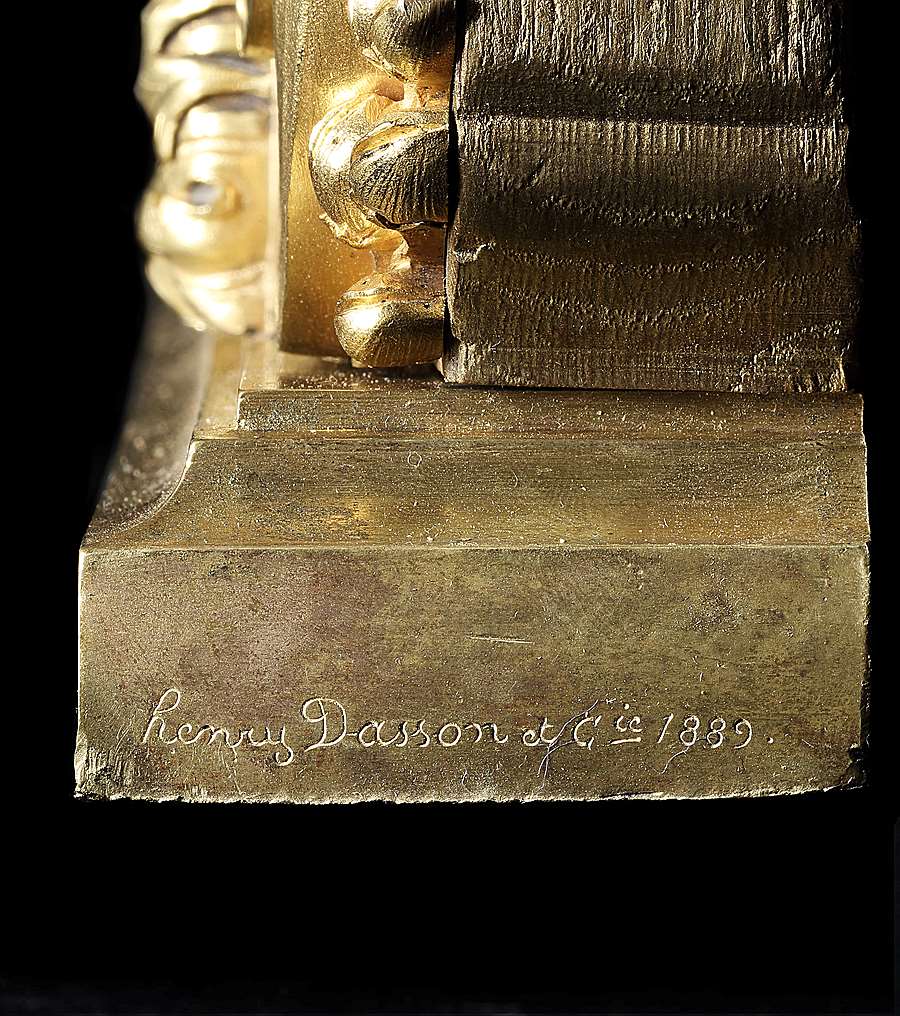
Ref. 8788. A Monumental Ormolu Mirror Exhibited at the Exposition Universelle, Paris 1889, by Henry Dasson, dated 1889. Butchoff Antiques, London.
Nevertheless, the vast majority of gilt bronze objects and furniture remain unsigned, and the quality is left to speak for itself.
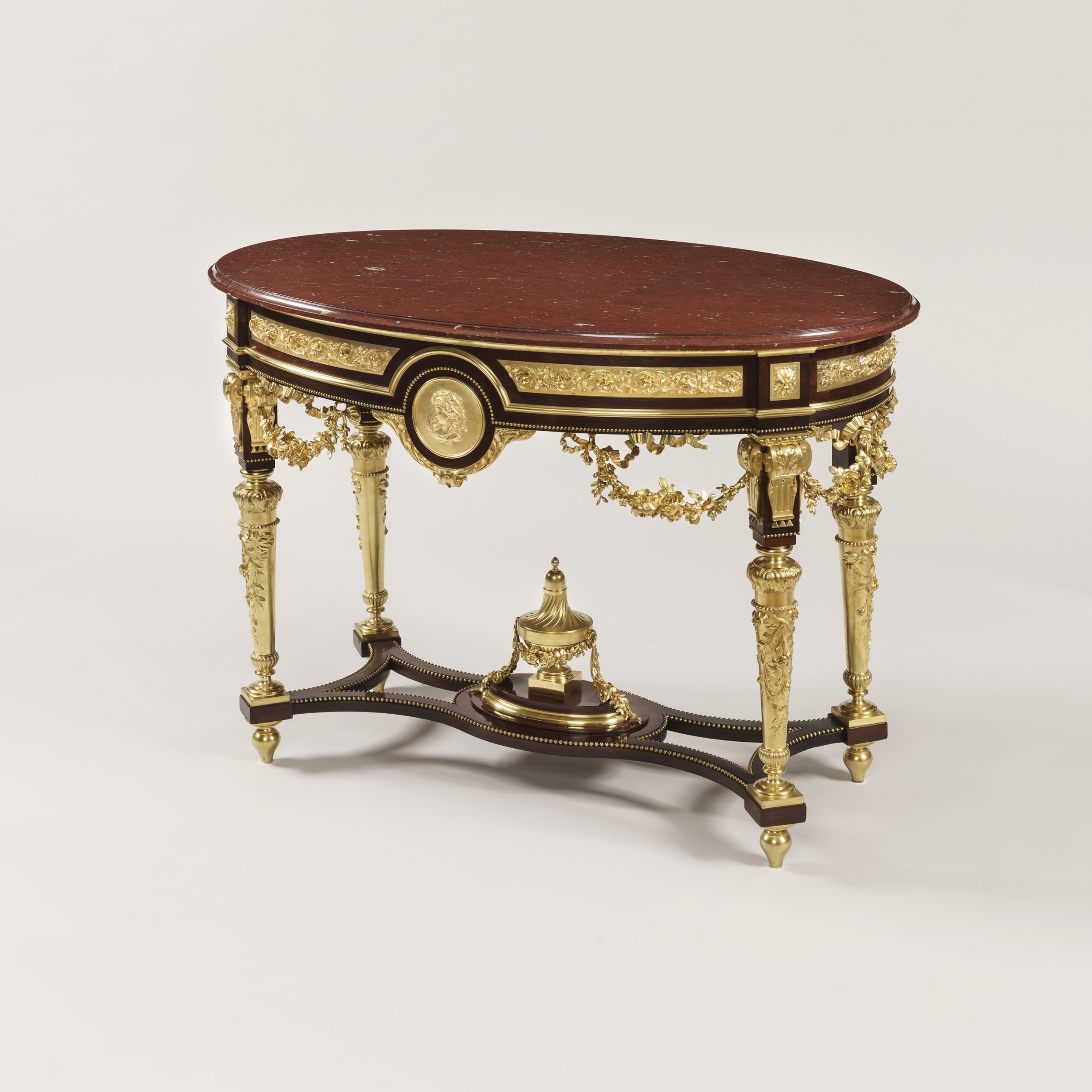
Ref. 9121. A Superb Centre Table In the Louis XVI Manner, circa 1870. Butchoff Antiques, London. Although the maker of this table is not known at the present, it is certainly by one of the pre-eminent cabinetmakers of nineteenth-century Paris. The mass, quality, and style of the gilt bronze mounts were positively innovative at the time, and it is likely this would have been a showcase piece meant to be displayed as a work of art.
By Rainier Schraepen
B is for Ball & Claw Foot
The ball & claw foot was introduced into the canon of Western furniture in the 18th-century, when furniture designers and makers started documenting, sharing, and exploring new aesthetic possibilities. Although traditionally associated with Chippendale furniture, the style of foot appeared already in the Queen Anne period (1702-1714).
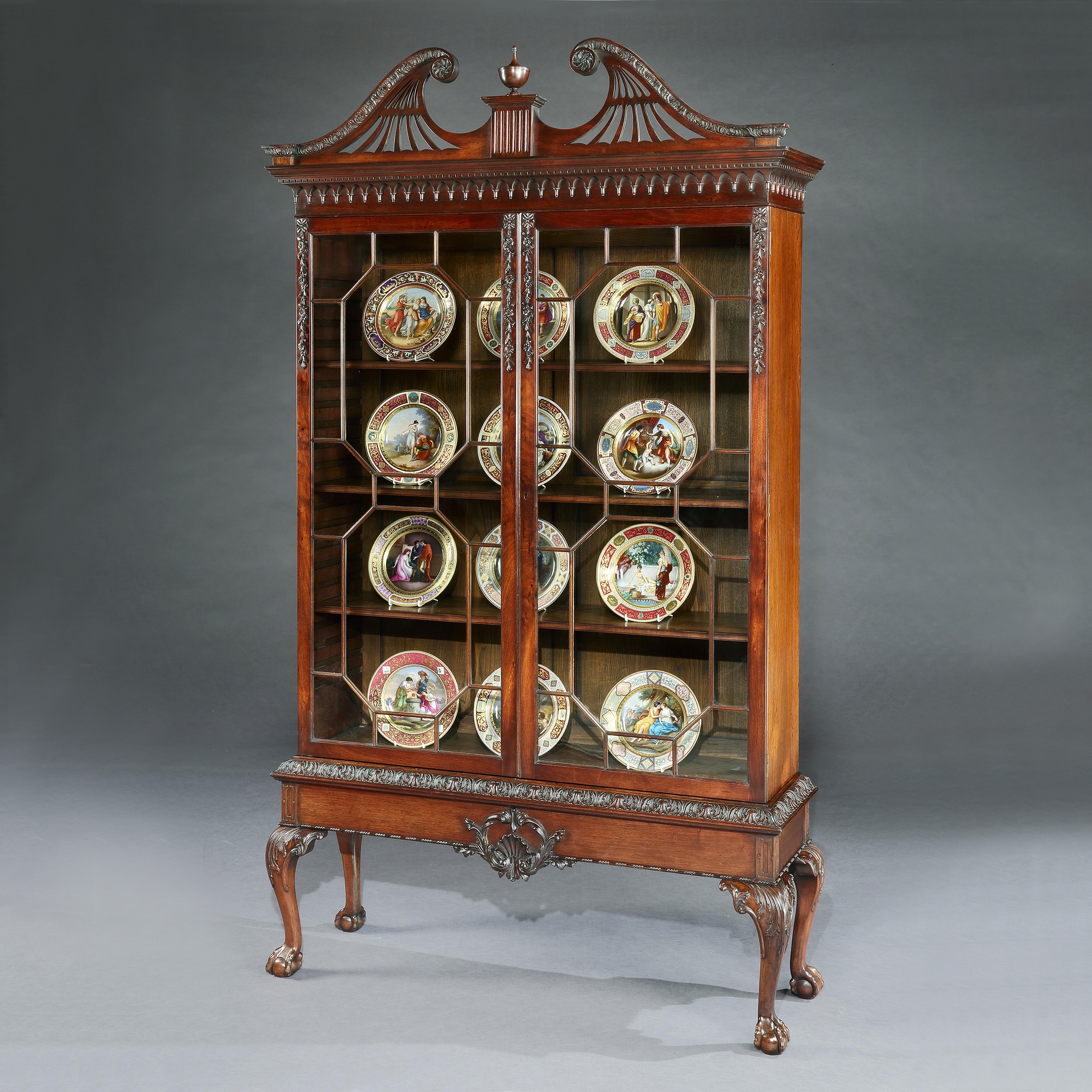
Ref. 8493. A Display Cabinet in the manner of Thomas Chippendale, circa 1910. Butchoff Antiques, London.
The curved legs associated with this style, called cabriole, often culminated in a literal foot. It is historically believed the design of the ball-and-claw originated in China. The claw represented by a dragon clutching a sacred jewel. According to Chinese mythology, the dragon (emperor) is guarding the jewel (the symbol of wisdom or purity) from wicked sources trying to steal it. This motif was also adopted by Japan.
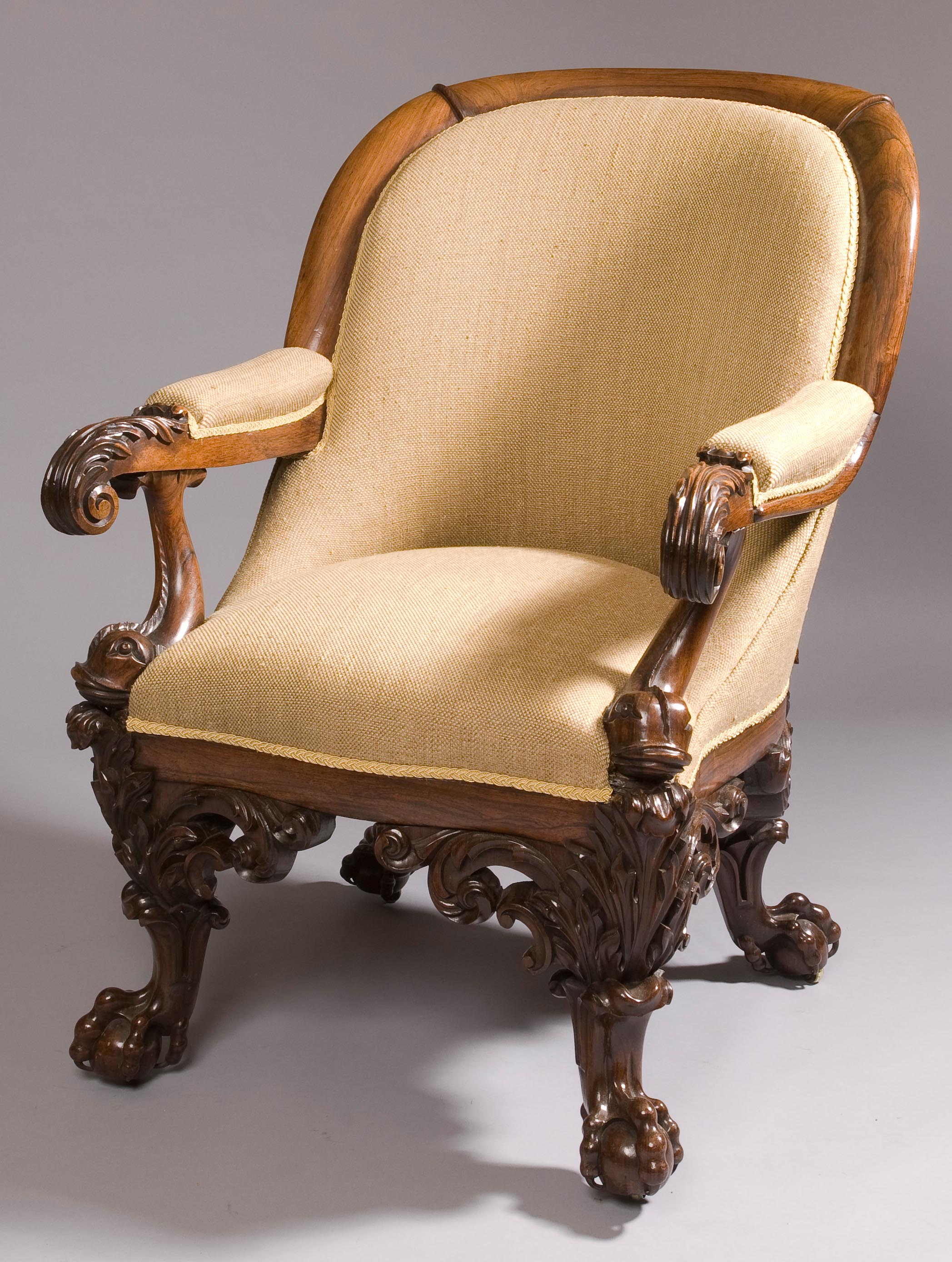
Ref. 5713, One of an Impressive Pair of Library Armchairs in the High Victorian Manner, circa 1850. Previously with Butchoff Antiques, London.
In the course of the 18th century, as European trade with Asia expanded greatly, so did the import of many Chinese and Japanese goods, such as porcelain and bronzes, displaying the ball and claw. The taste for the exotic was prevalent in the fine and decorative arts, and it was not long until the ball and claw foot appeared in English furniture.
Ref. 5713, One of an Impressive Pair of Library Armchairs in the High Victorian Manner (detail), circa 1850. Previously with Butchoff Antiques, London.
Although the ball-and-claw is most often associated with the design of Thomas Chippendale, his famous book of designs the The gentleman and cabinet-maker's director of 1754 contains not a single example of it. It can, however, be ascertained that Chippendale was aware of the motif, and he used it to great effect at Nostell Priory in several rooms including the State Dining Room.
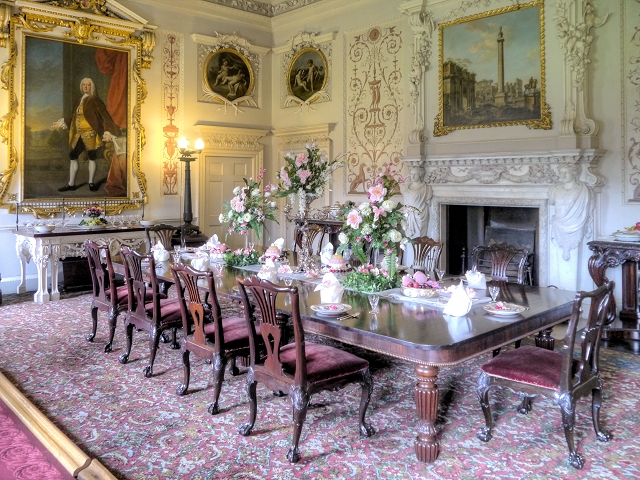
The State Dining Room at Nostell Priory, showing a set of 10 dining chairs with ball & claw feet.
The style briefly fell out of fashion around the end of the 18th-century, although the various revivals of the following century guaranteed its success among English, French, and American Cabinetmakers; each creating their own interpretation of the design. The English would often substitute the claw of the dragon for that of a lion, a symbol of English nobility, whereas the Americans slowly transformed the claw into that of an eagle.
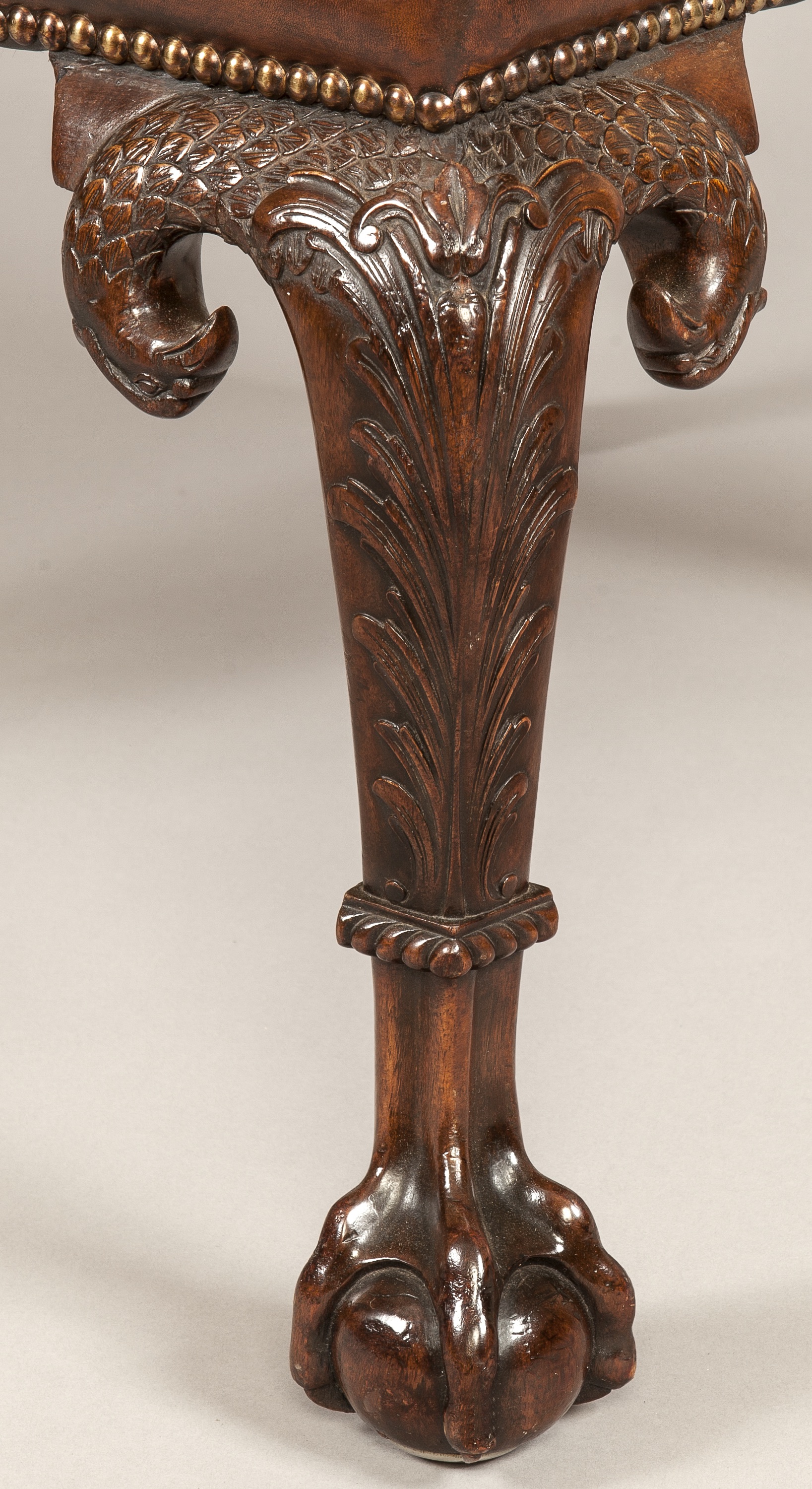
Ref. 8362, A Library Armchair in the Mid Eighteenth Century Manner (detail), circa 1880. Previously with Butchoff Antiques, London.
Great skill is required in carving an effective, illusionistic ball and claw foot. Different styles and hands are often used as evidence by antique furniture experts to discern when and where a piece of furniture was made. Can you spot the differences between our French example carved by Veuve Meunier in the 1850s and the English George II revival armchair of the early 20th century?
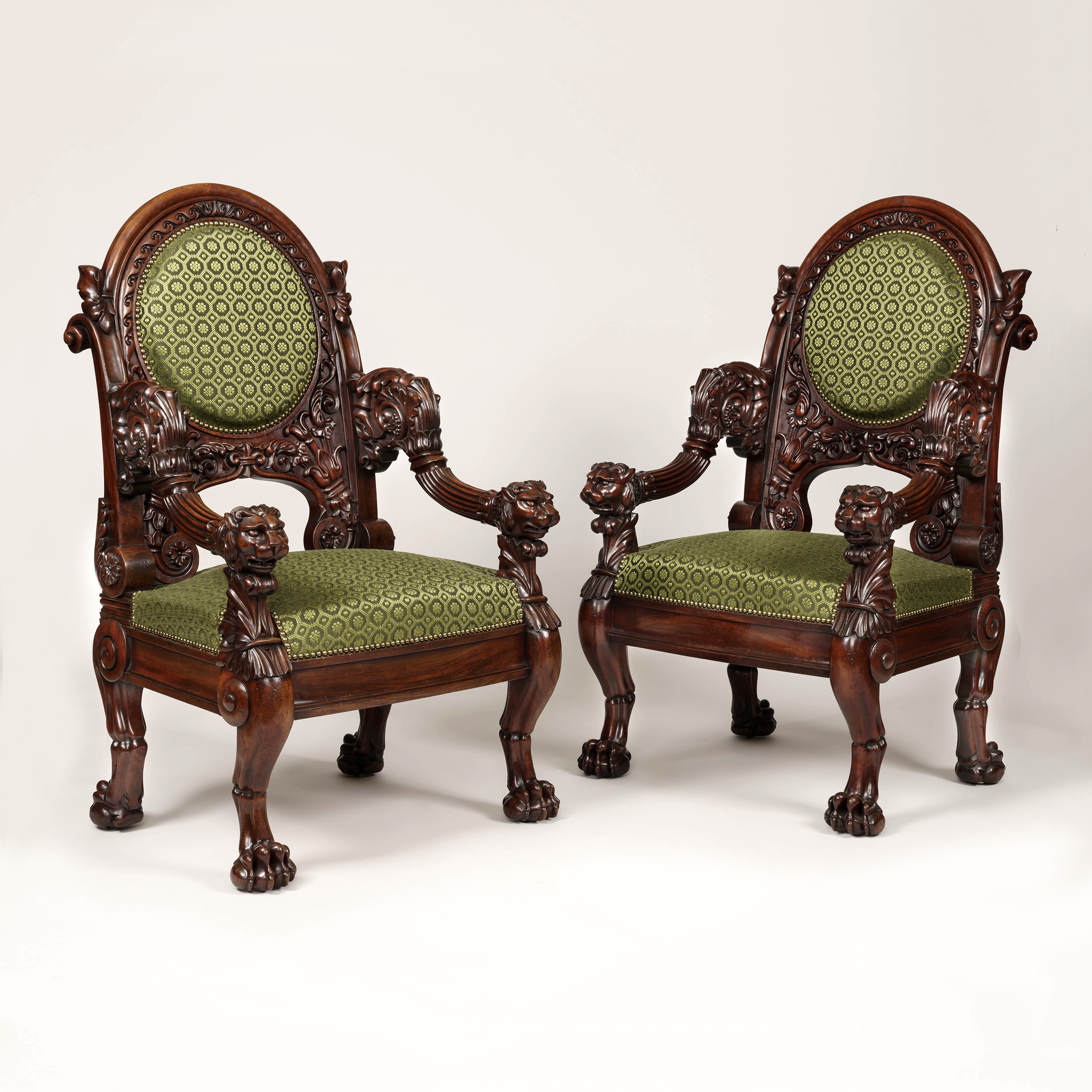
Ref. 8568, A Pair of Armchairs, stamped Veuve Meunier of Paris, circa 1850. Butchoff Antiques, London.
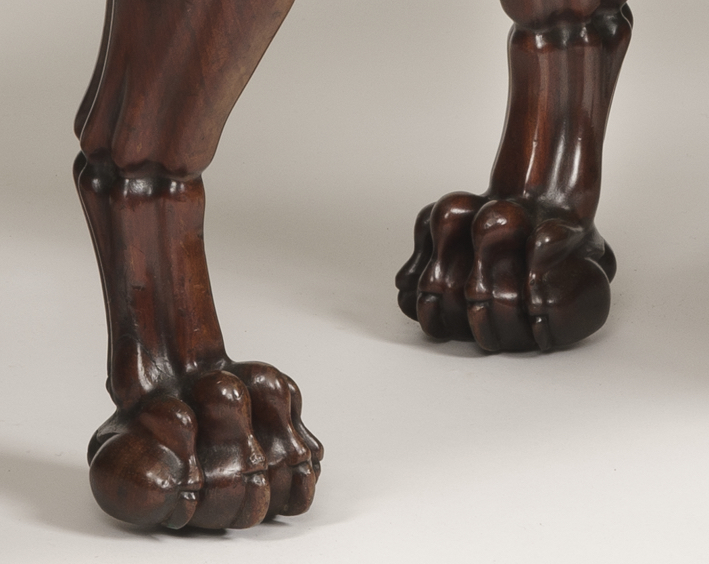
Ref. 8568, A Pair of Armchairs (detail), stamped Veuve Meunier of Paris, circa 1850. Butchoff Antiques, London.
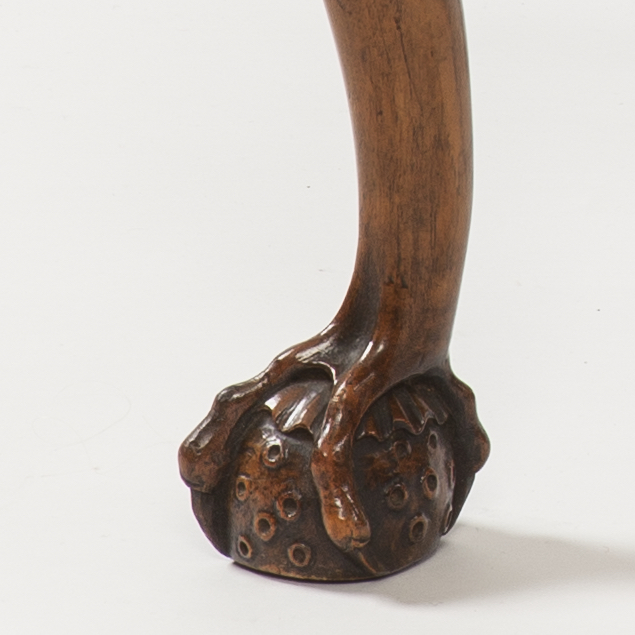
Ref. 8860, An Armchair in the Style of George II, For Charles Tozer of Brook Street London, circa 1920. Previously with Butchoff Antiques, London.
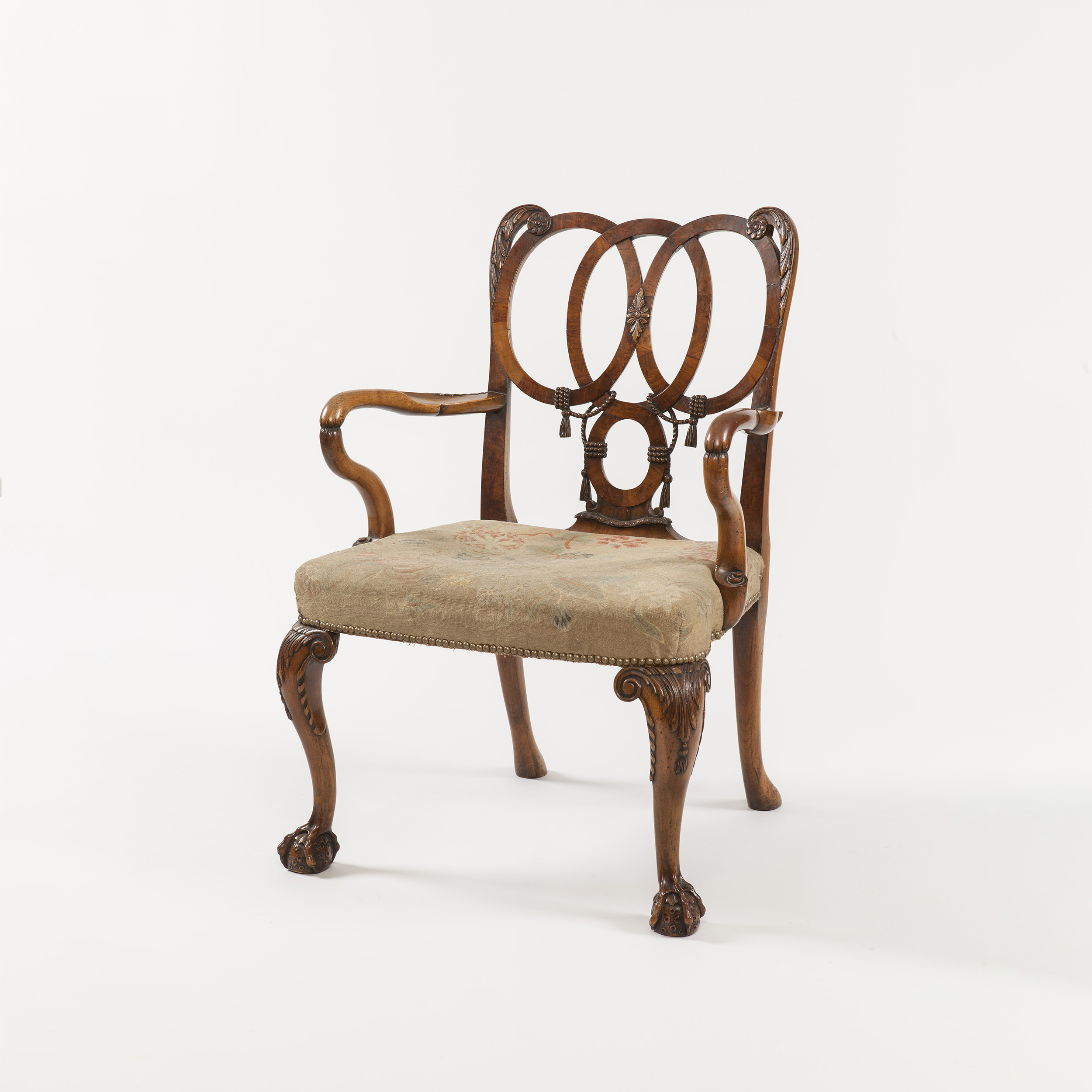
Ref. 8860, An Armchair in the Style of George II (detail), For Charles Tozer of Brook Street London, circa 1920. Butchoff Antiques, London.
By Rainier Schraepen
A is for Abattant
A term used to describe the fall-front mechanism seen in French style writing desks, called secrétaire à abattant. The resulting panel can be used as a writing surface. These secretaires–as well as writing bureaus and bookcases–became increasingly popular in the homes of the 18th-century French aristocracy.
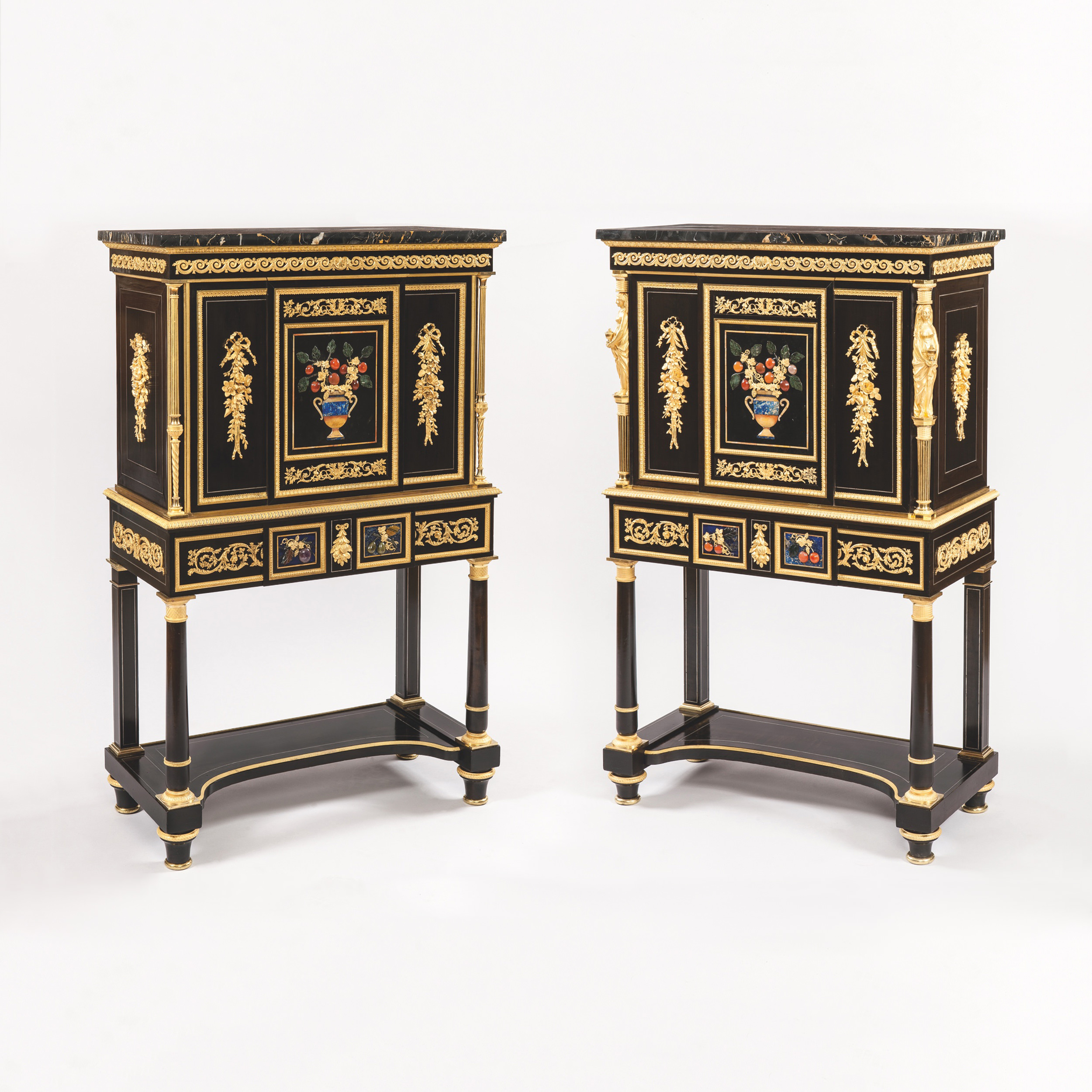
Ref. 8664, A Fine Pair of Secrétaires à Abattant, firmly attributed to Bernard-Marie Cagnard, 1823. Previously with Butchoff Antiques, London.
Not only were they a symbol of wisdom and knowledge for the educated classes, secretaires were also used for the safekeeping of important correspondence and documents as they conceal drawers and shelves within. The extraordinary secretaire below (ref. 8114) has a lockable front panel à abattant, and it also contains a multitude of secret compartments as well as a strong box for extremely sensitive material.
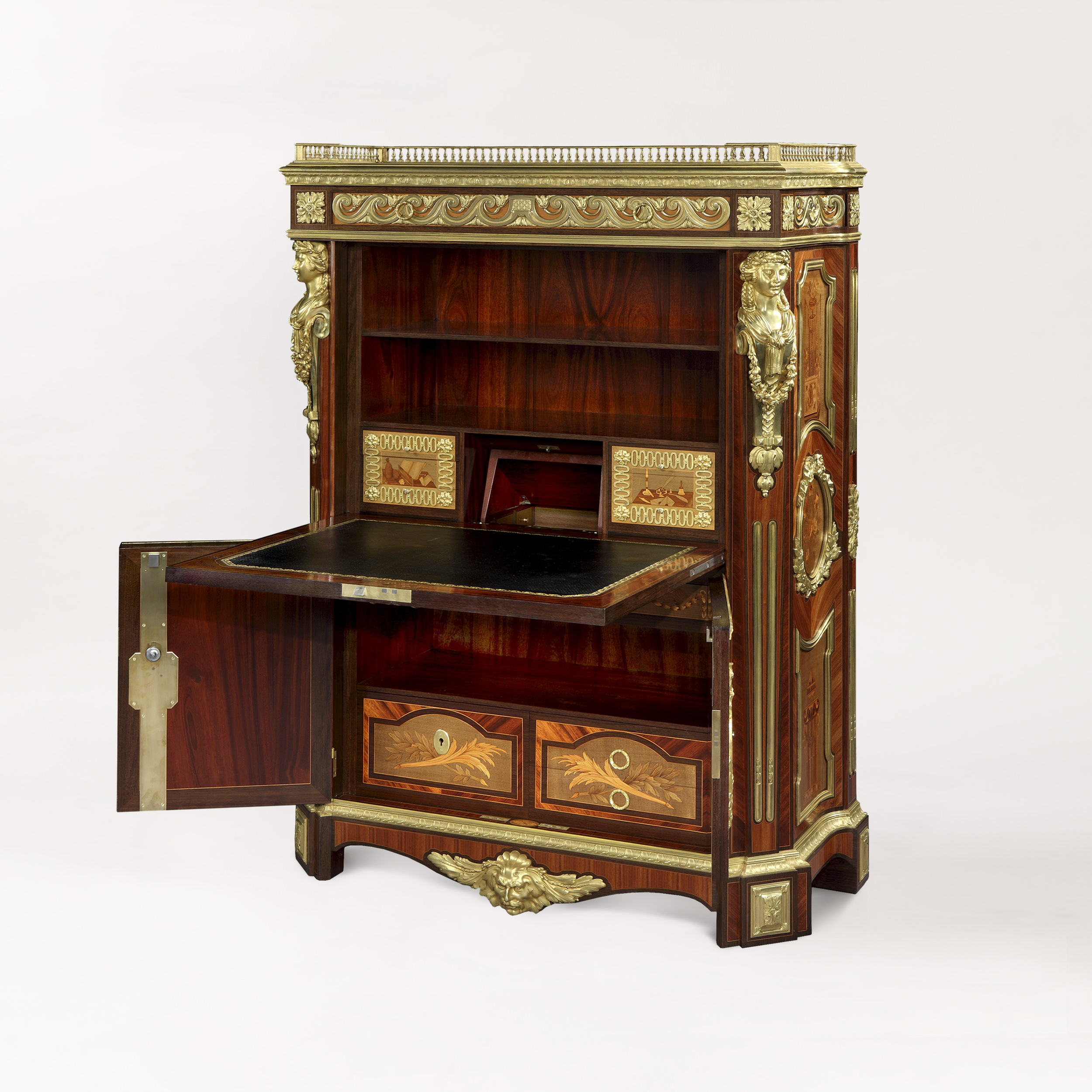
Ref. 8114, A Truly Magnificent Secrétaire à Abattant, by Maison Rogié of Paris, circa 1880. Butchoff Antiques, London.
A recent exhibition at the Musée National du château de Malmaison (17 November 2018- 10 March 2019) is devoted to these enigmatic pieces of writing furniture and the secrets they housed within, highlighting several examples made for the emperor Napoleon I and his wife.
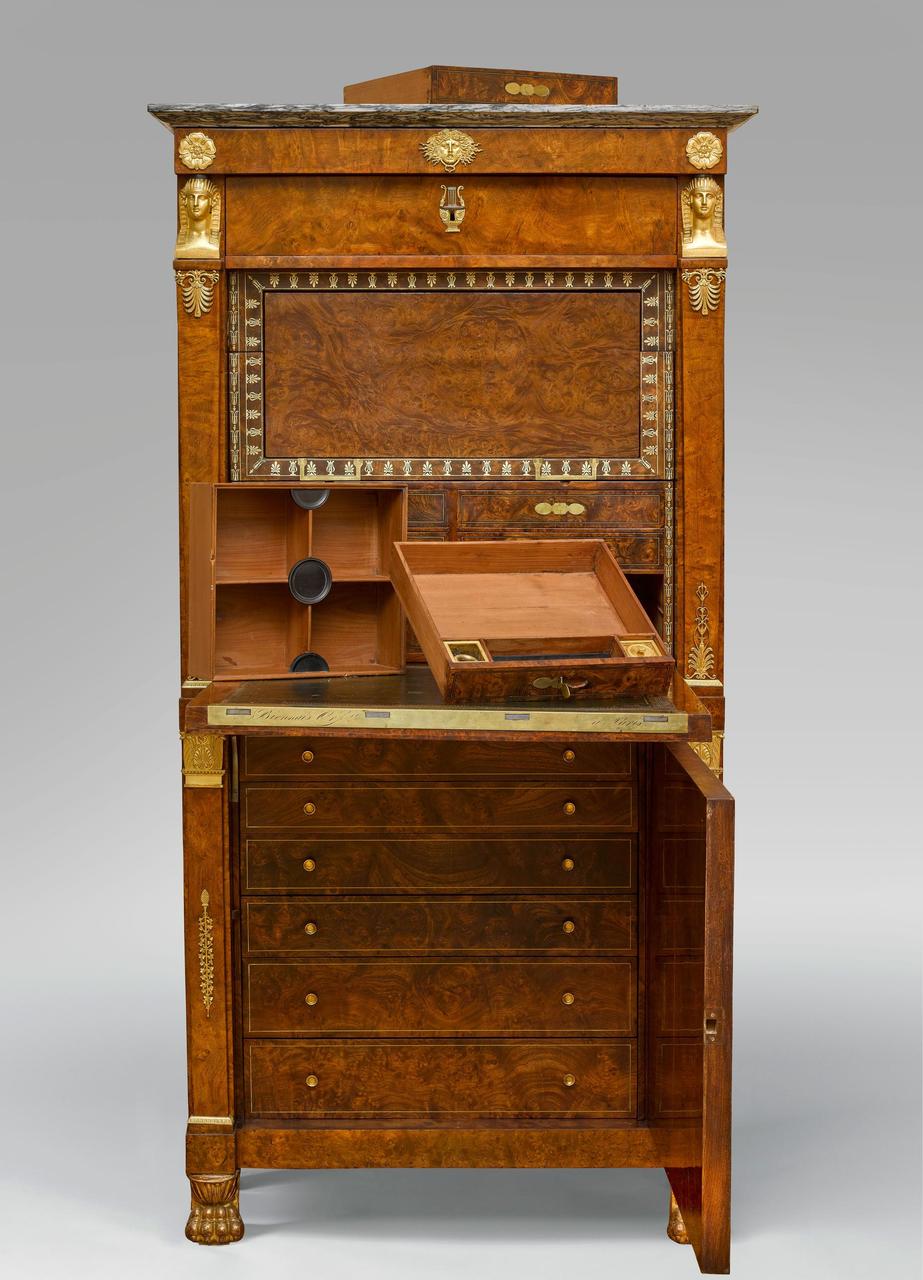
Secrétaire à abattant de Biennais. Musée national du château de Malmaison.
By Rainier Schraepen

 Vip access
Vip access

 Favourites
Favourites






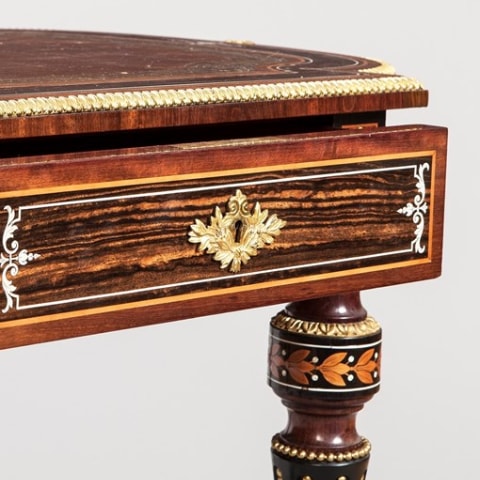
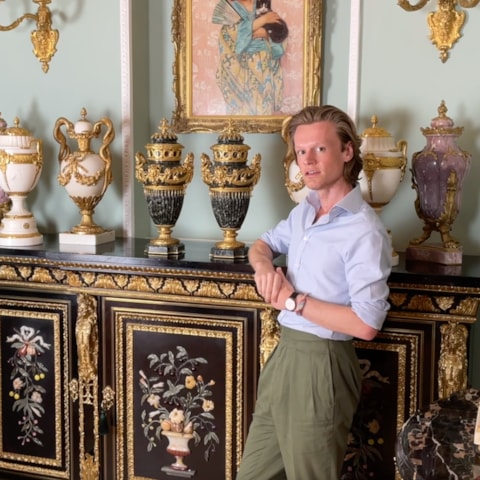
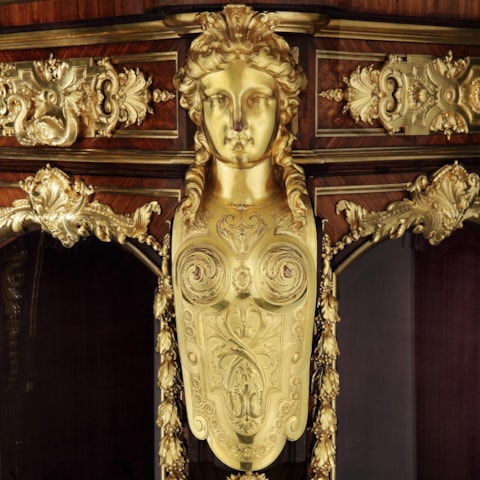
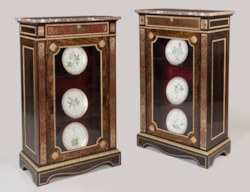


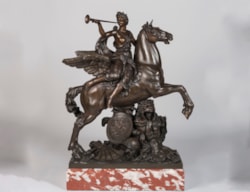
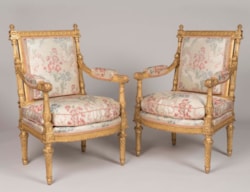
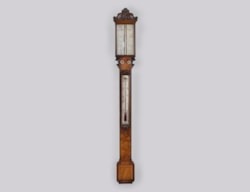
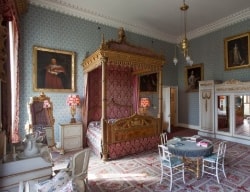
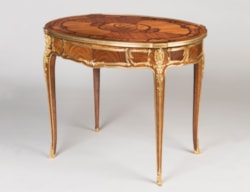


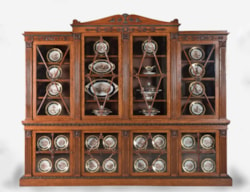
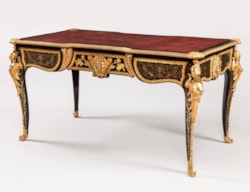
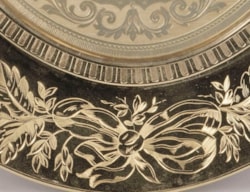


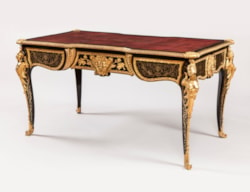

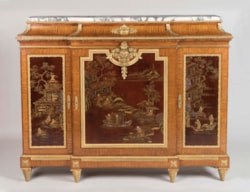
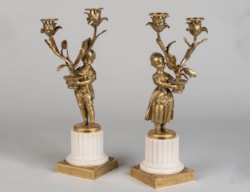
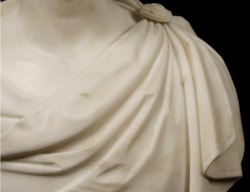
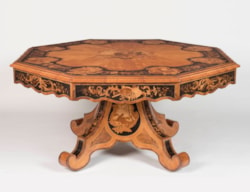

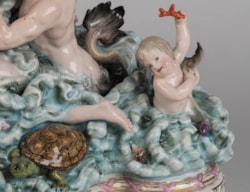
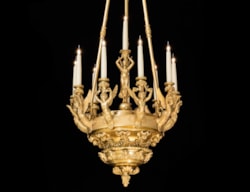
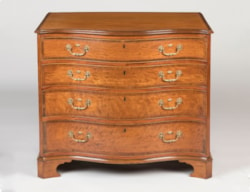
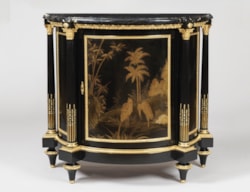
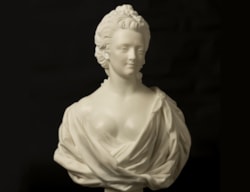
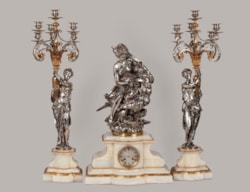
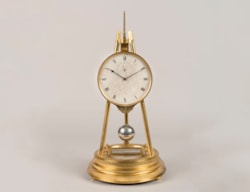
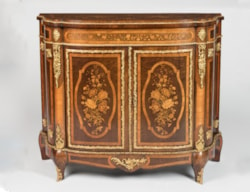
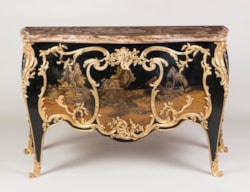
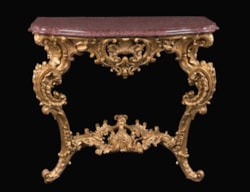
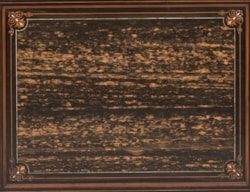

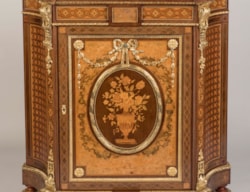

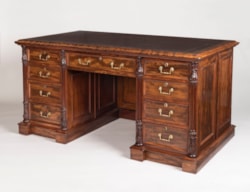
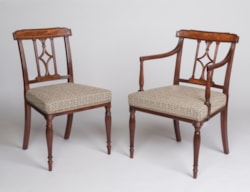
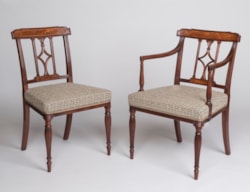
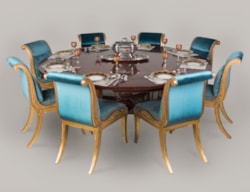

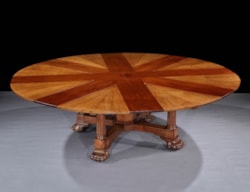
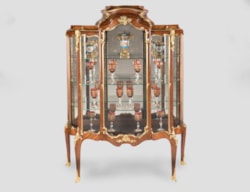
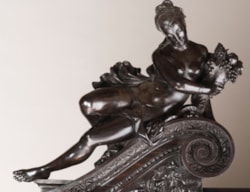
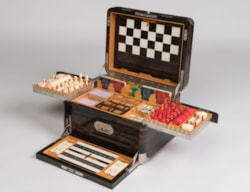

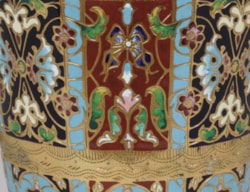

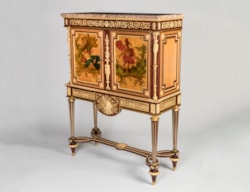
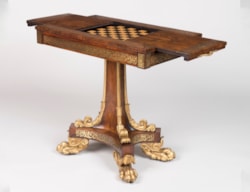
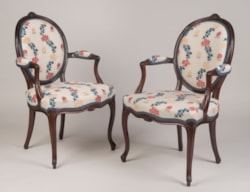
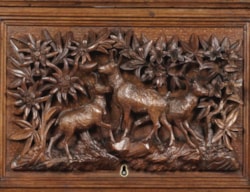
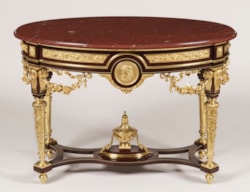
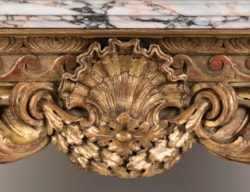
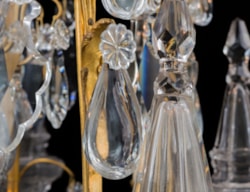
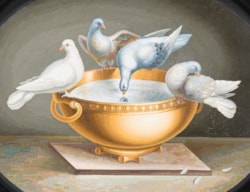
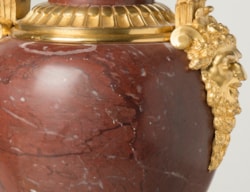
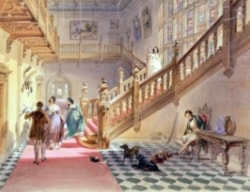
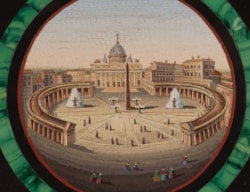
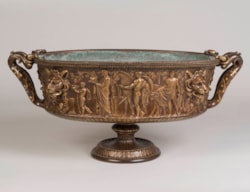

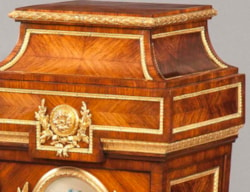
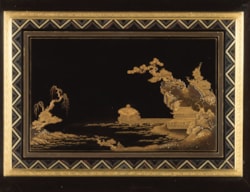
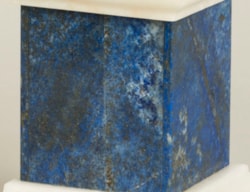
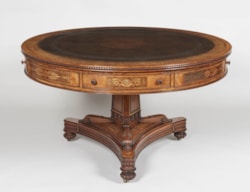
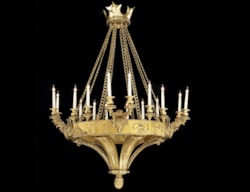
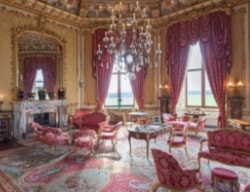
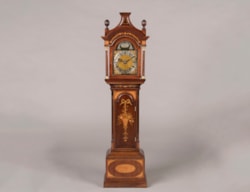
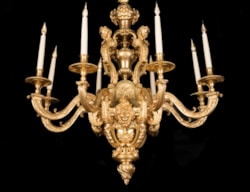
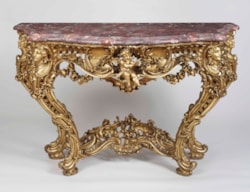

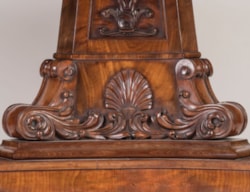
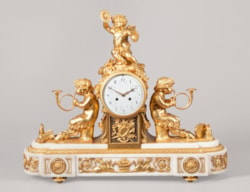
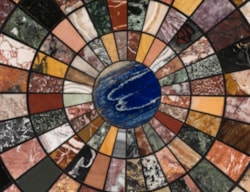
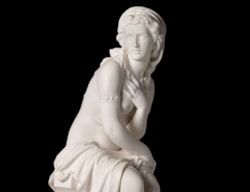
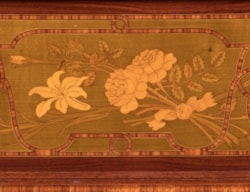

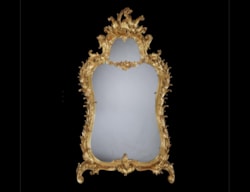
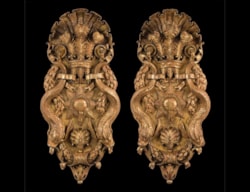
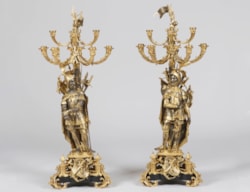
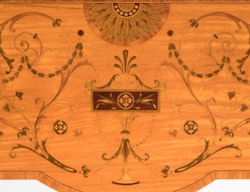
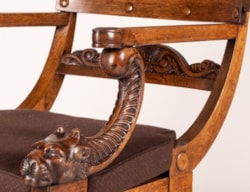
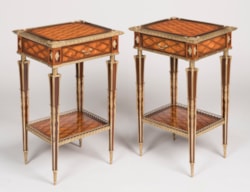
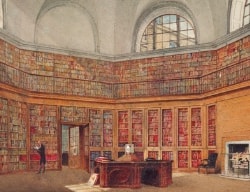
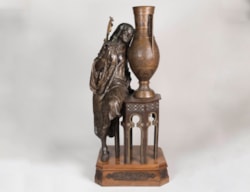
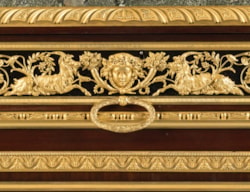
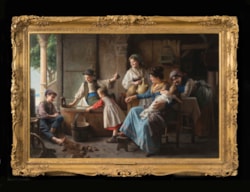

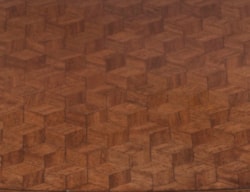
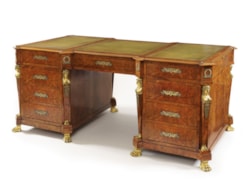
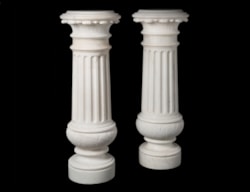
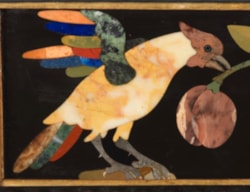
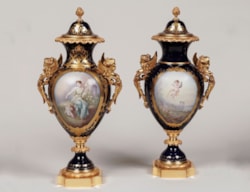
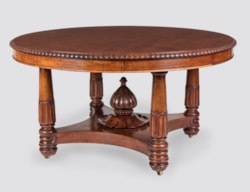
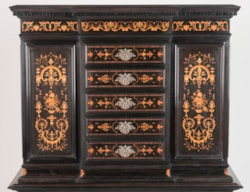
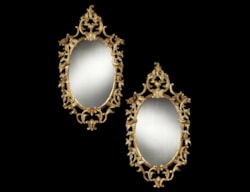

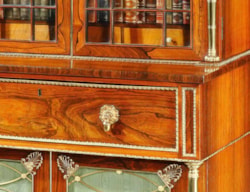
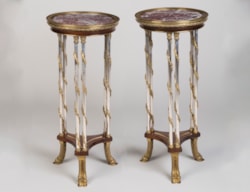
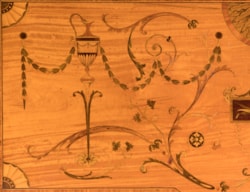
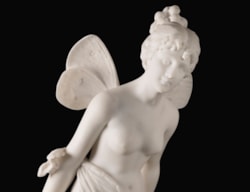
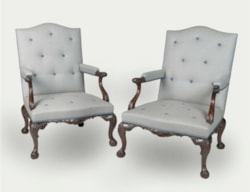
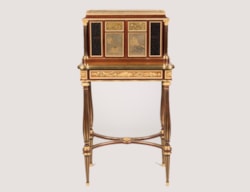
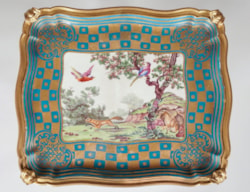
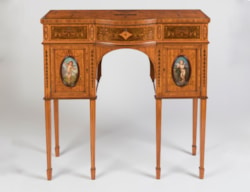
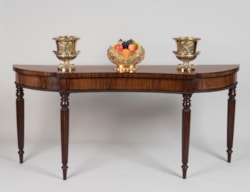
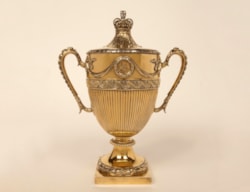
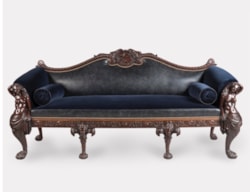
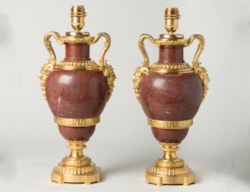
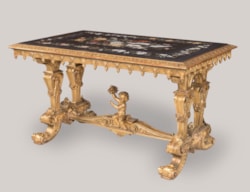
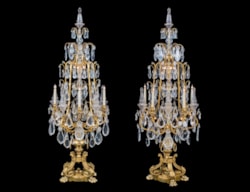
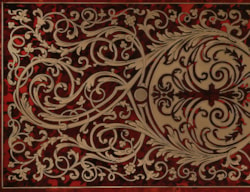
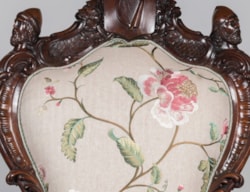
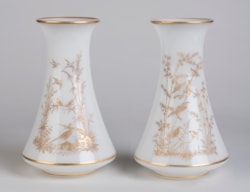
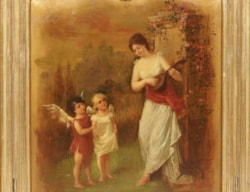
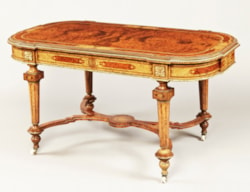
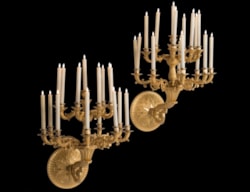
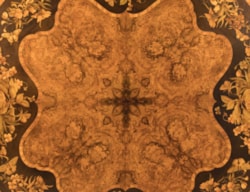
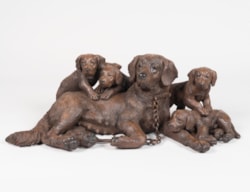
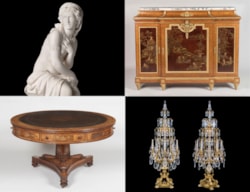

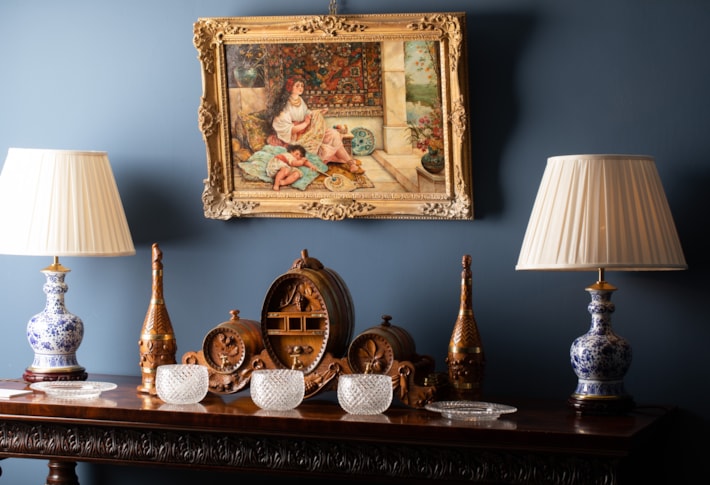
 Read More
Read More